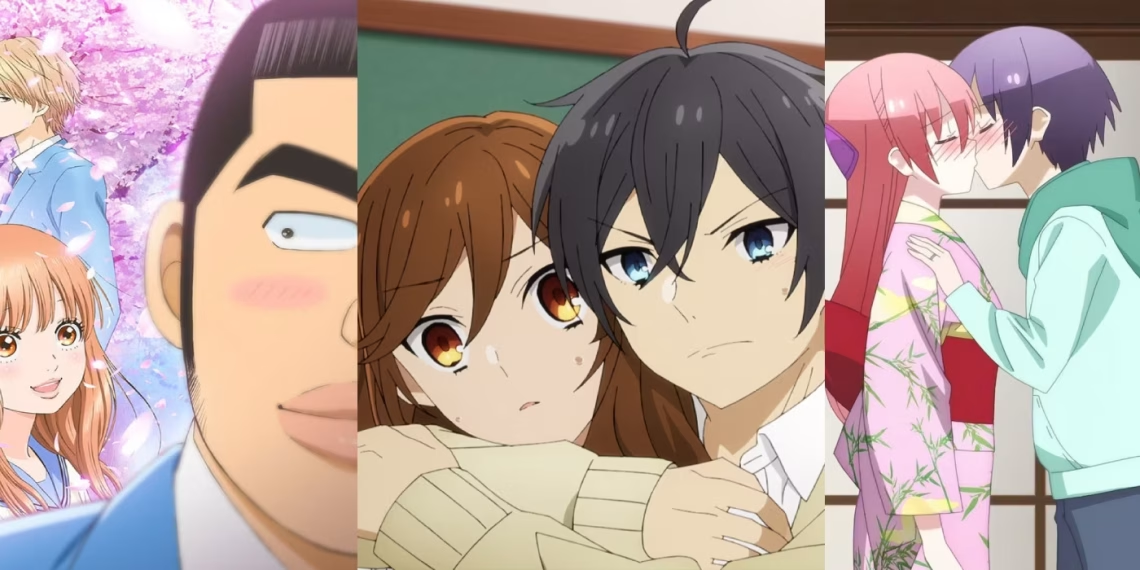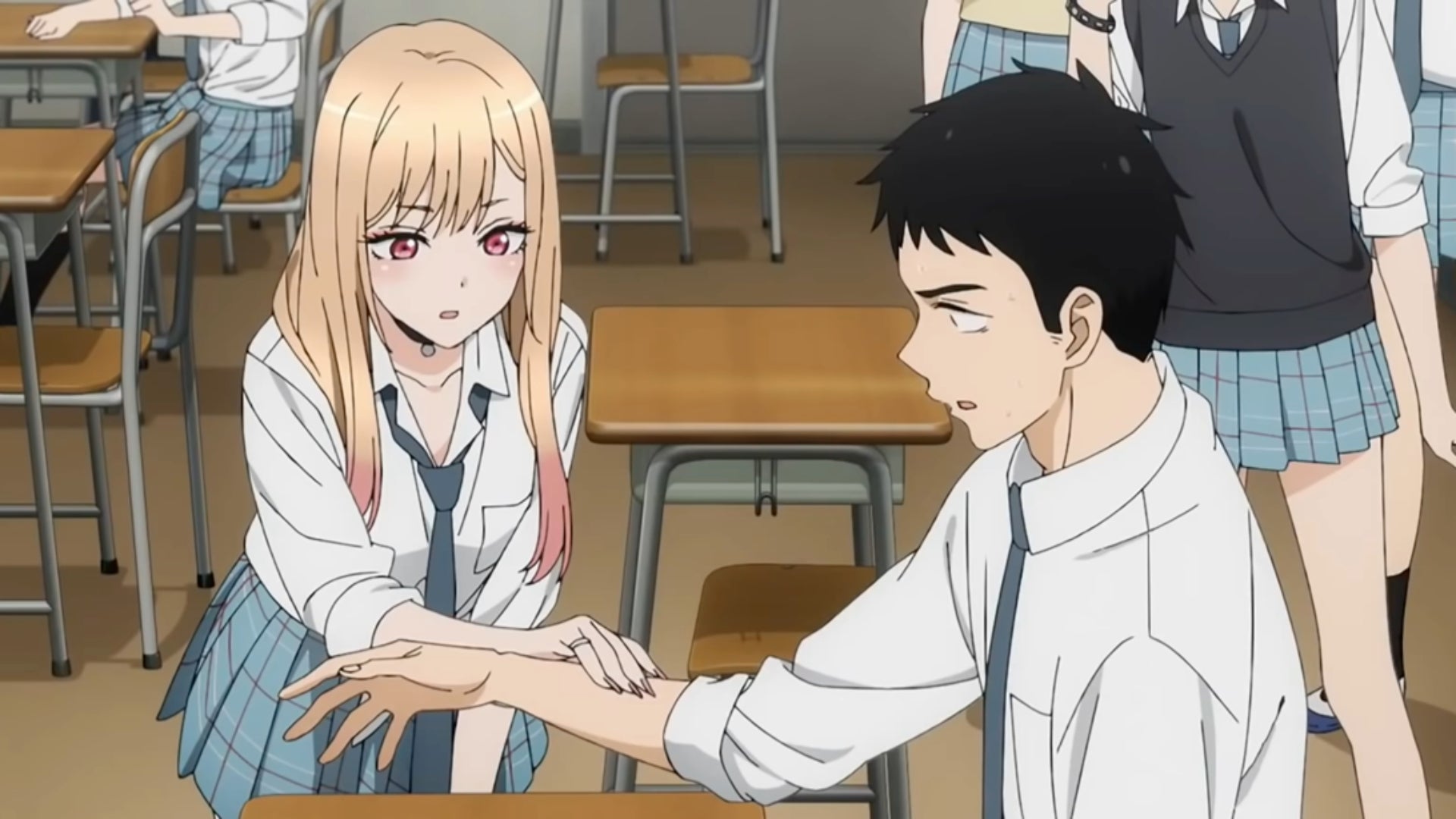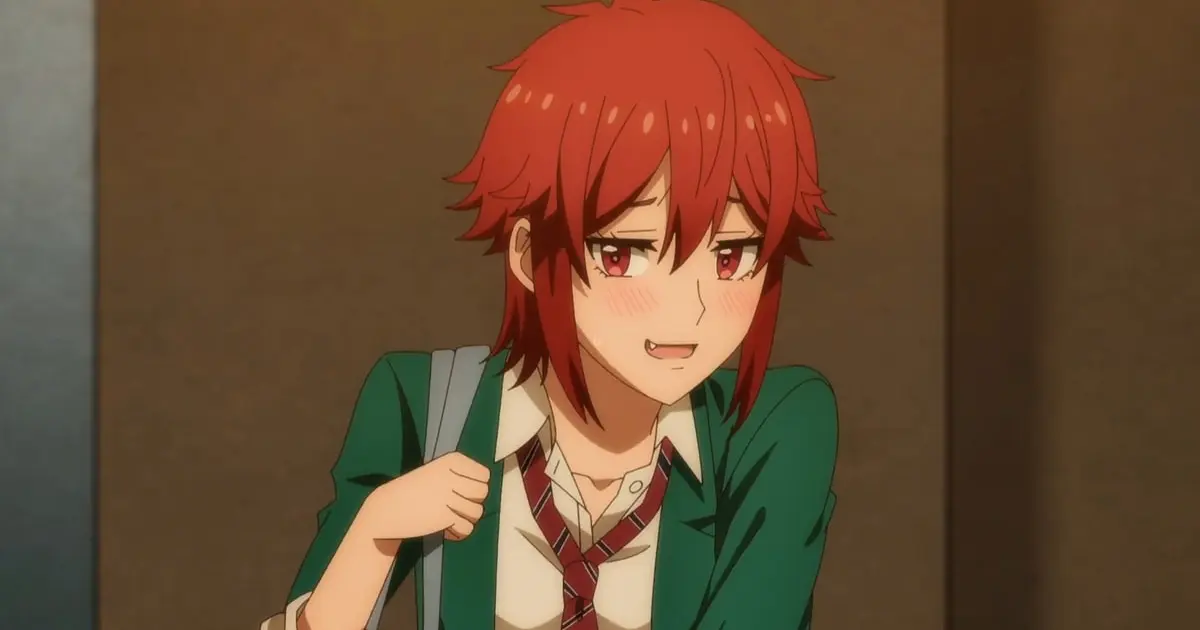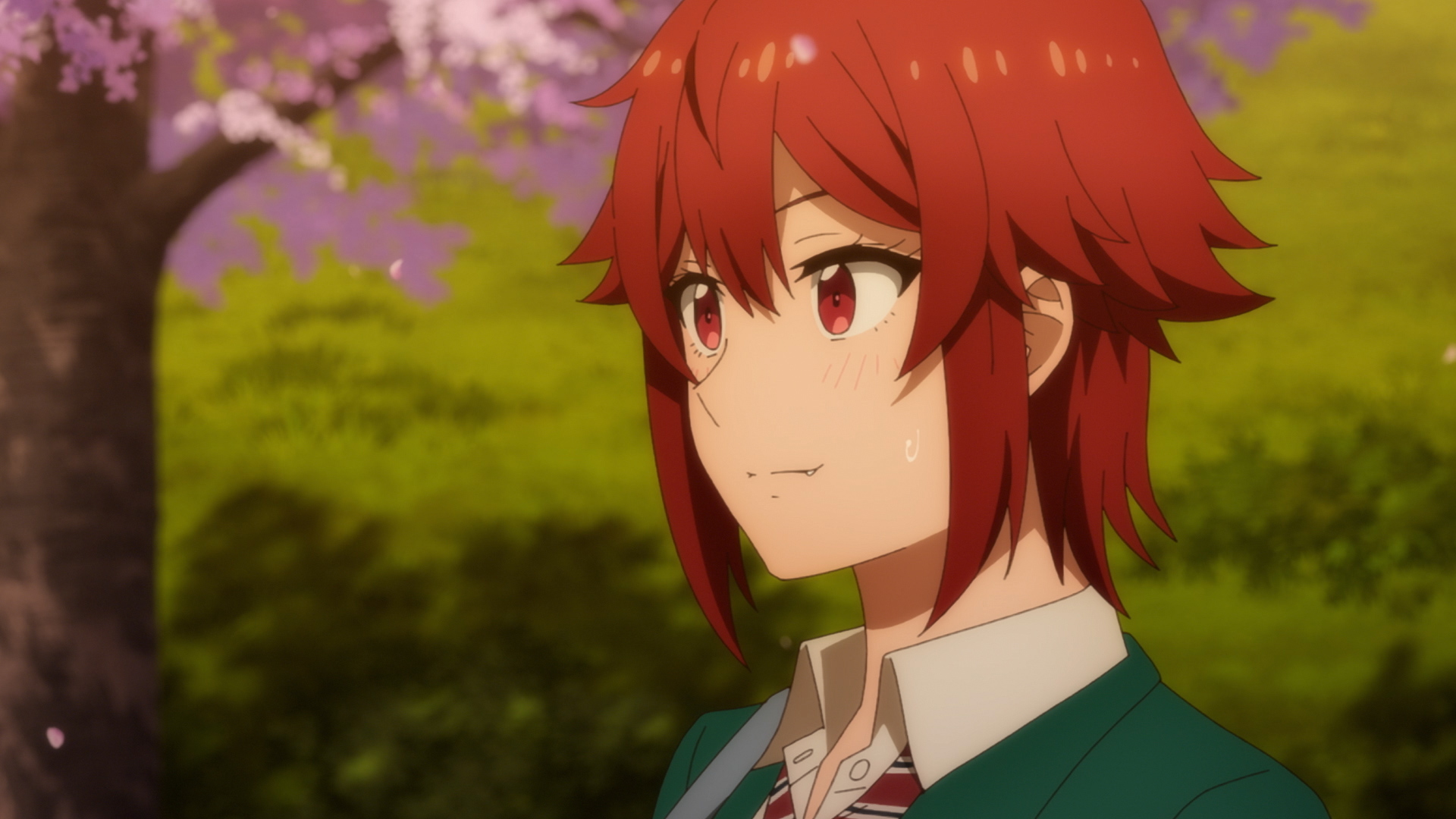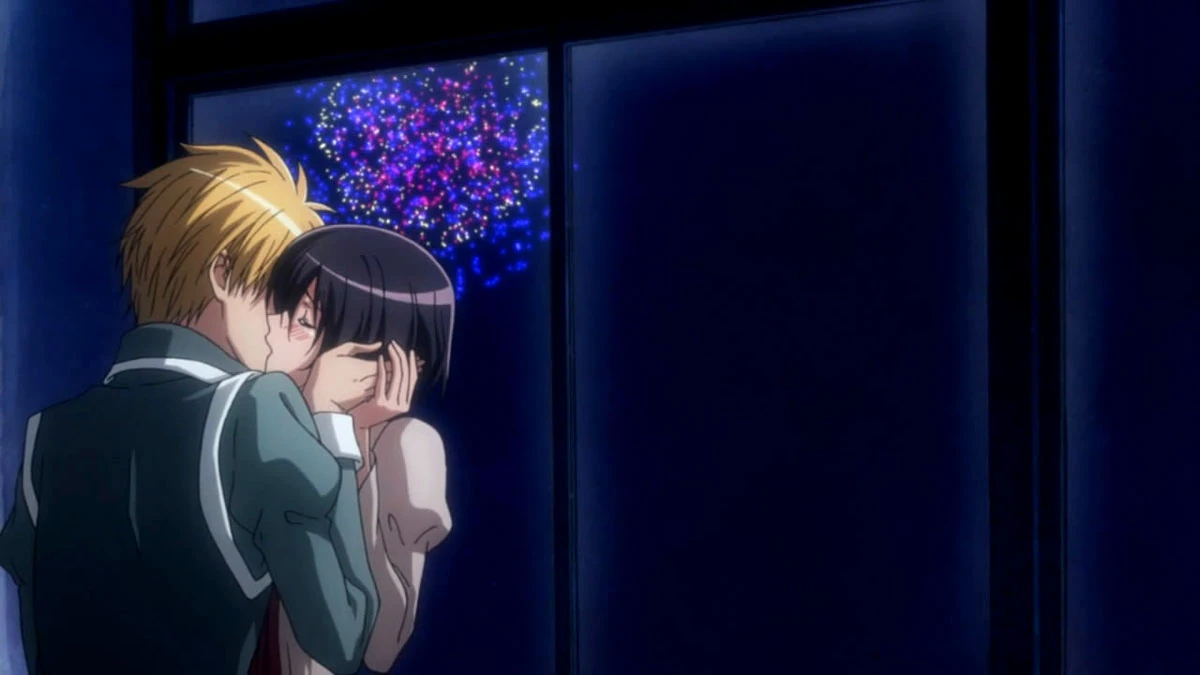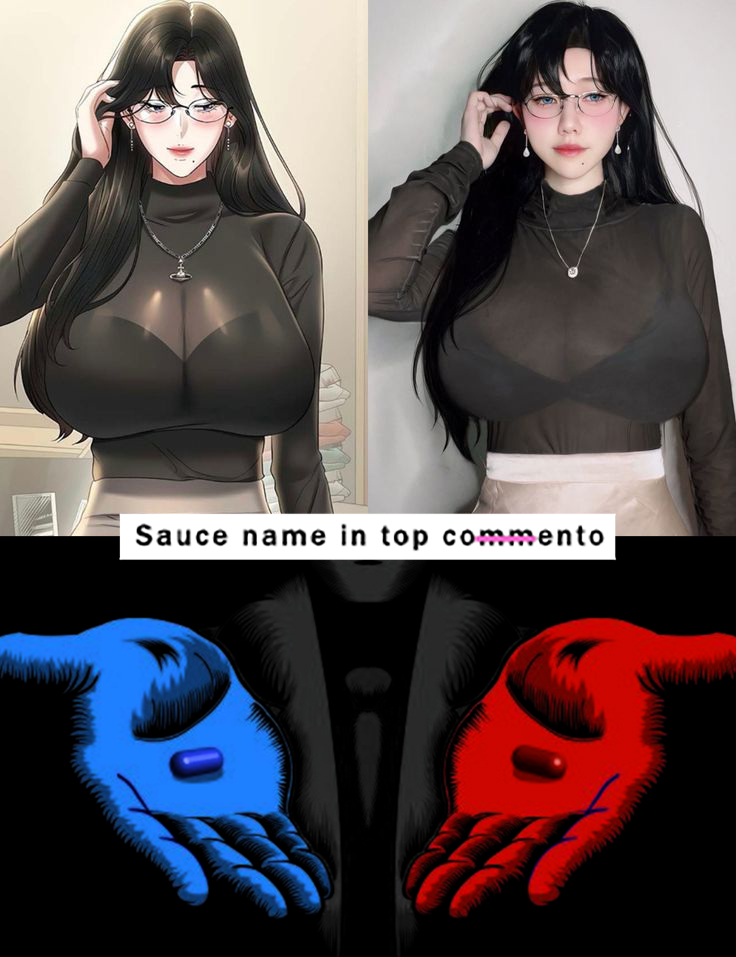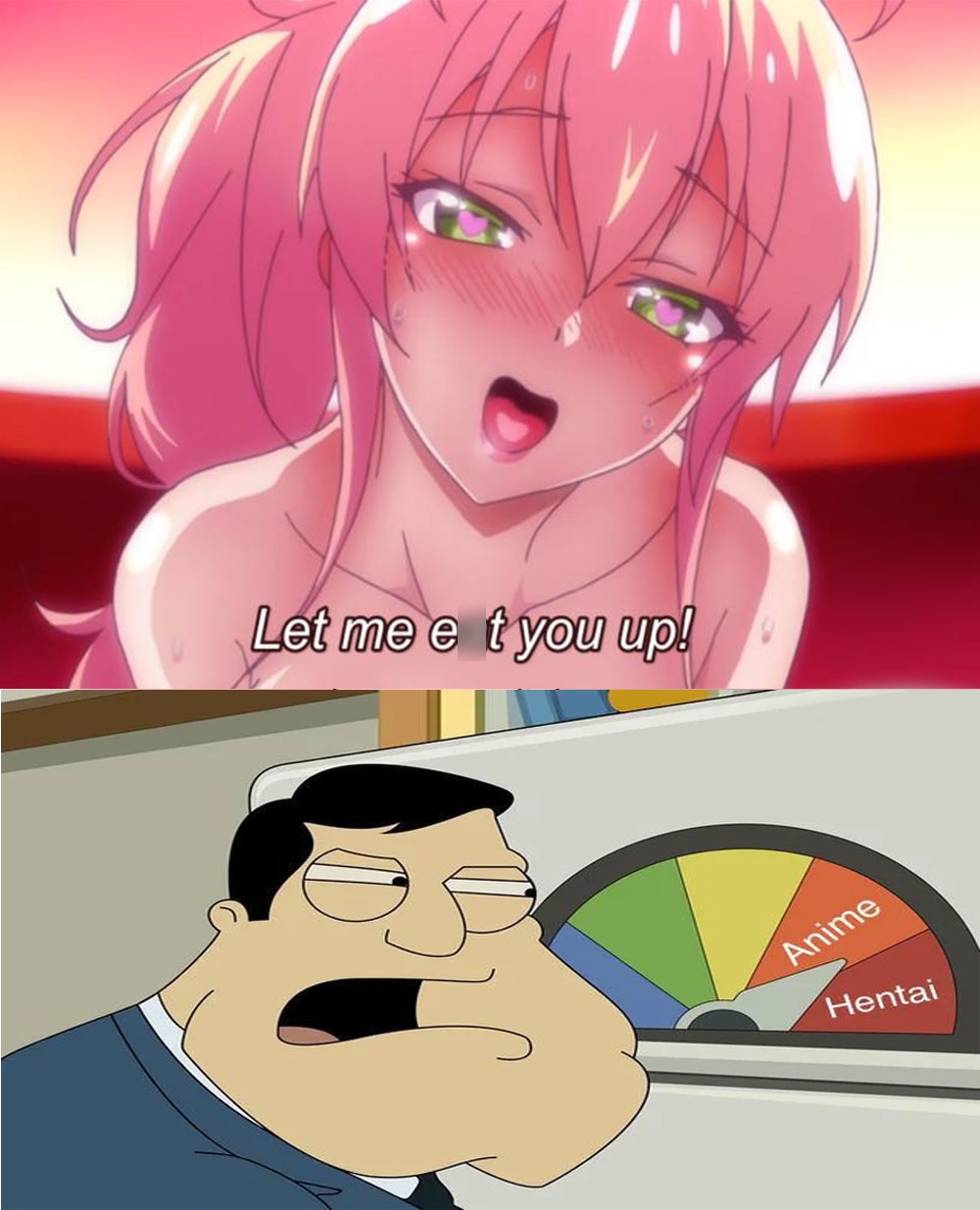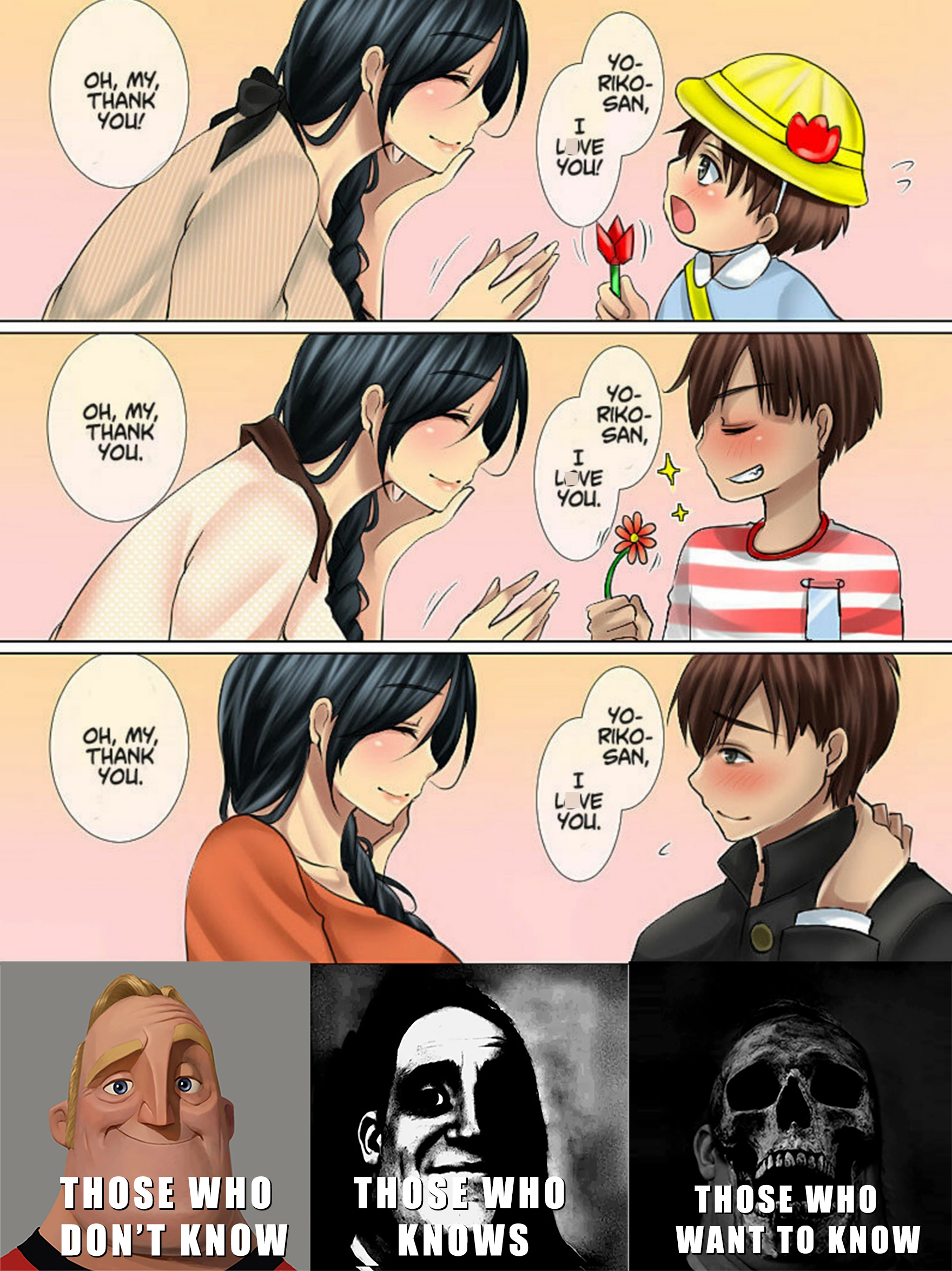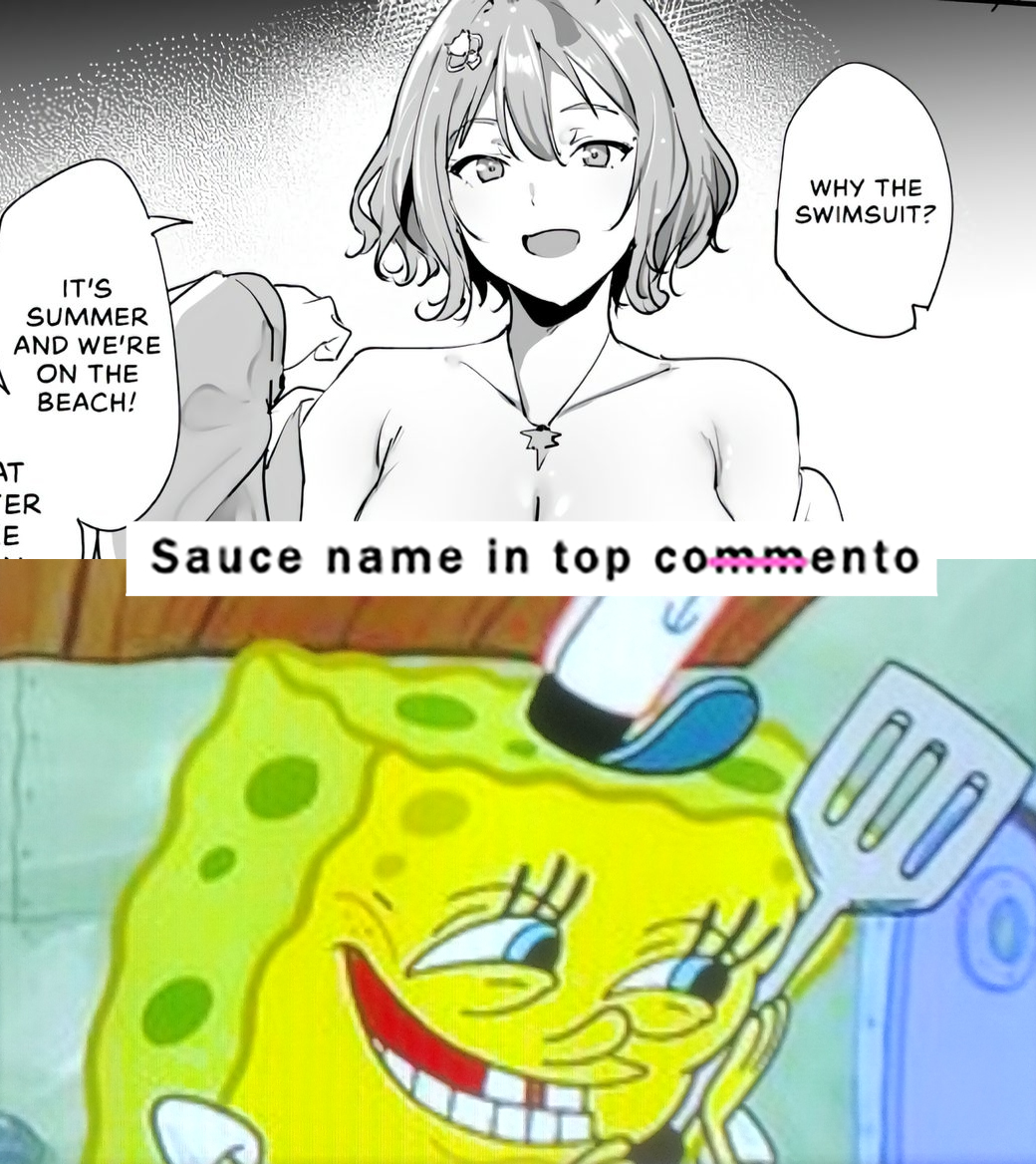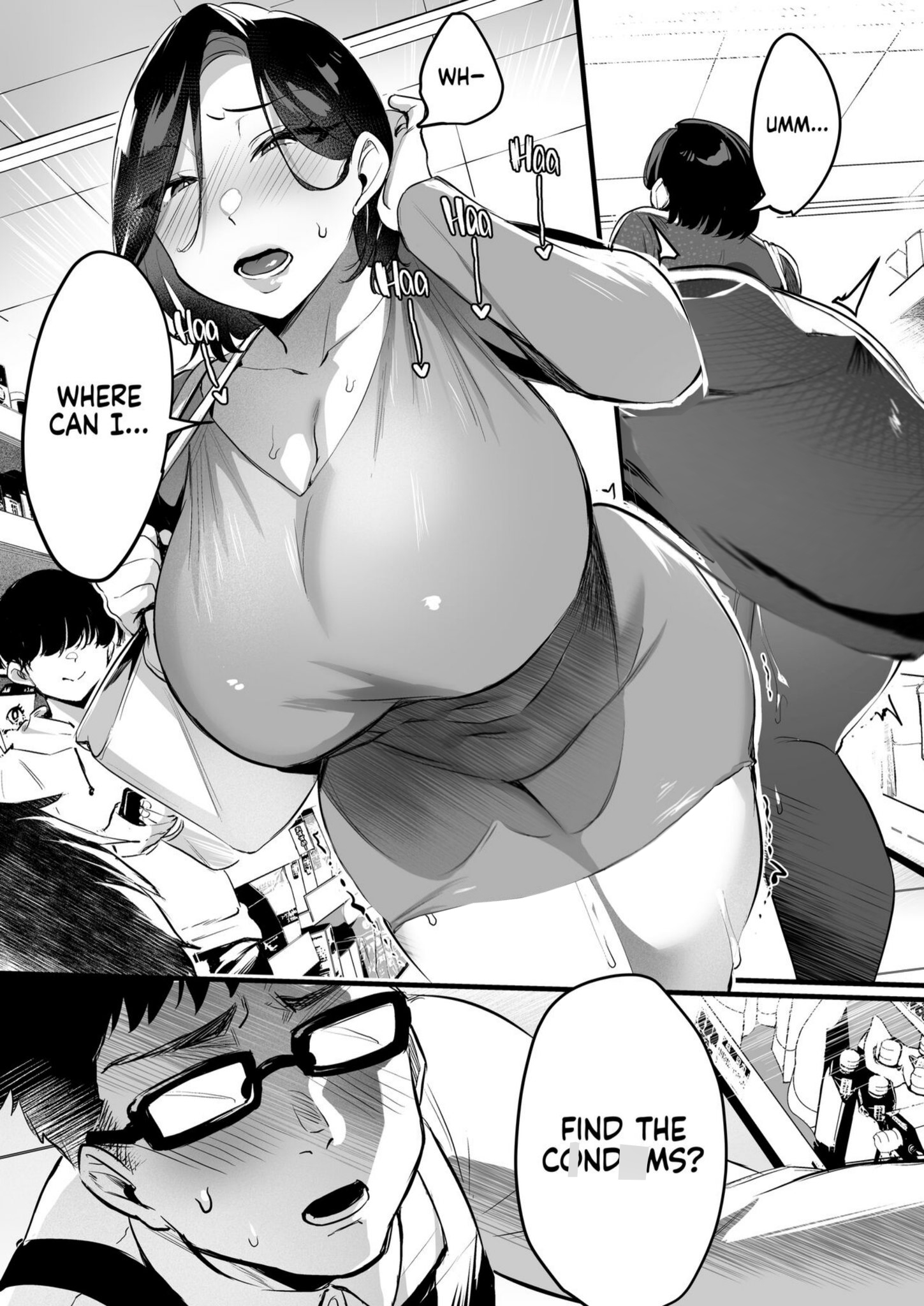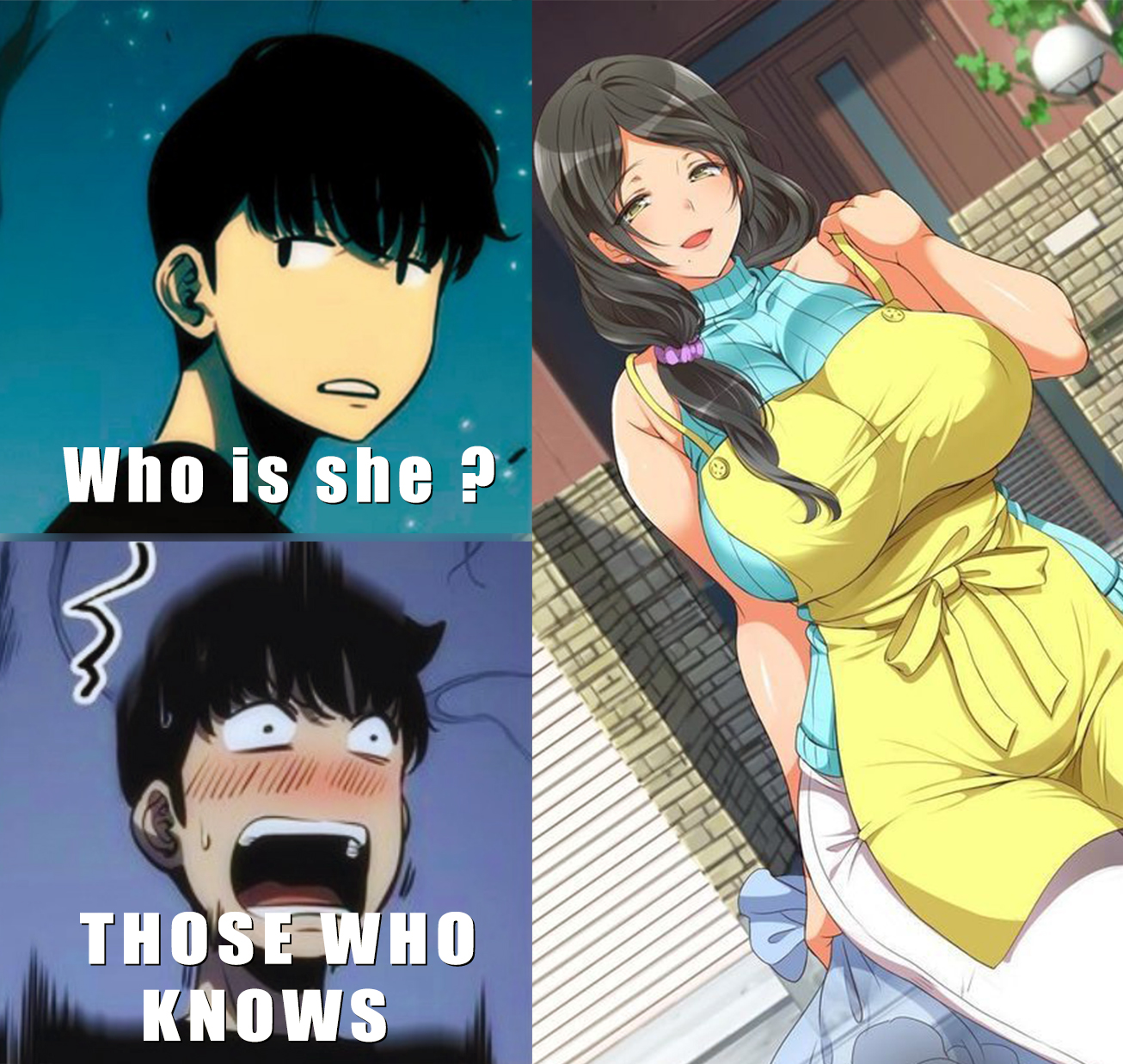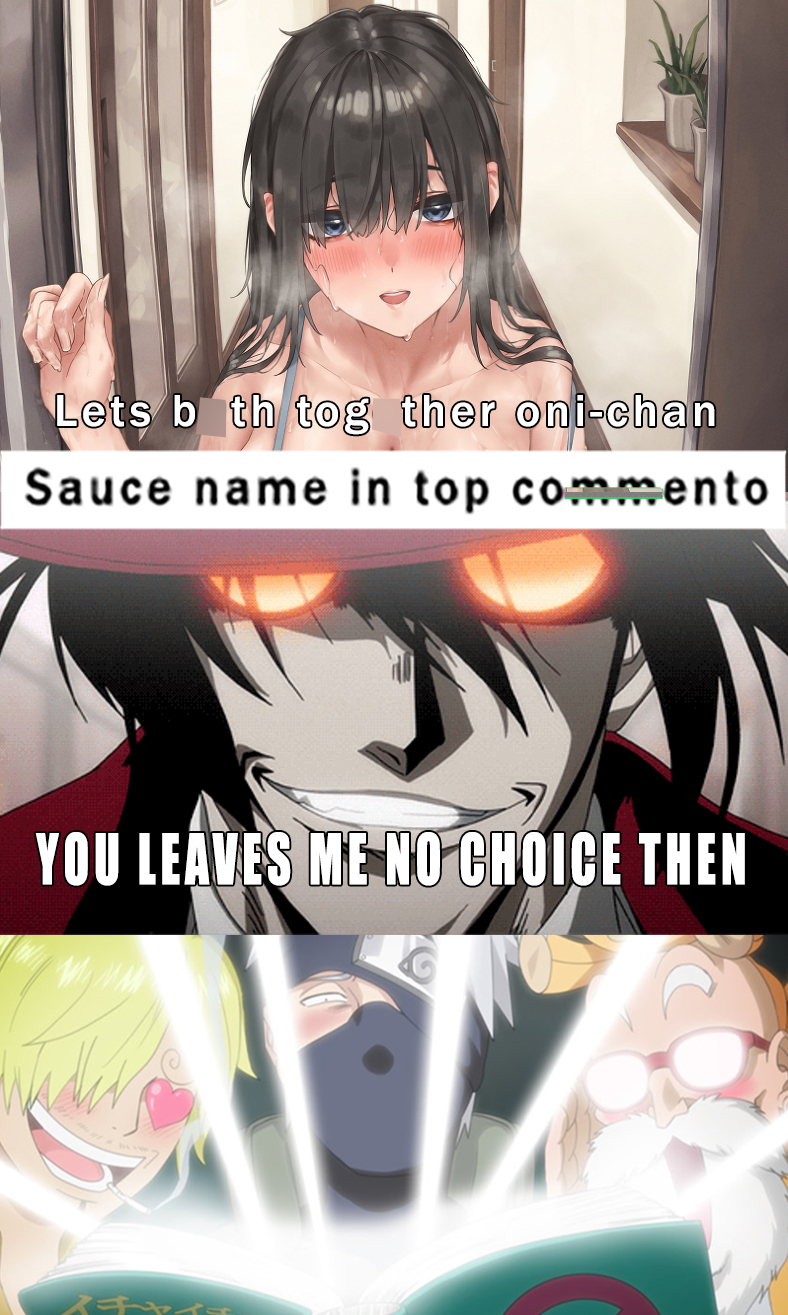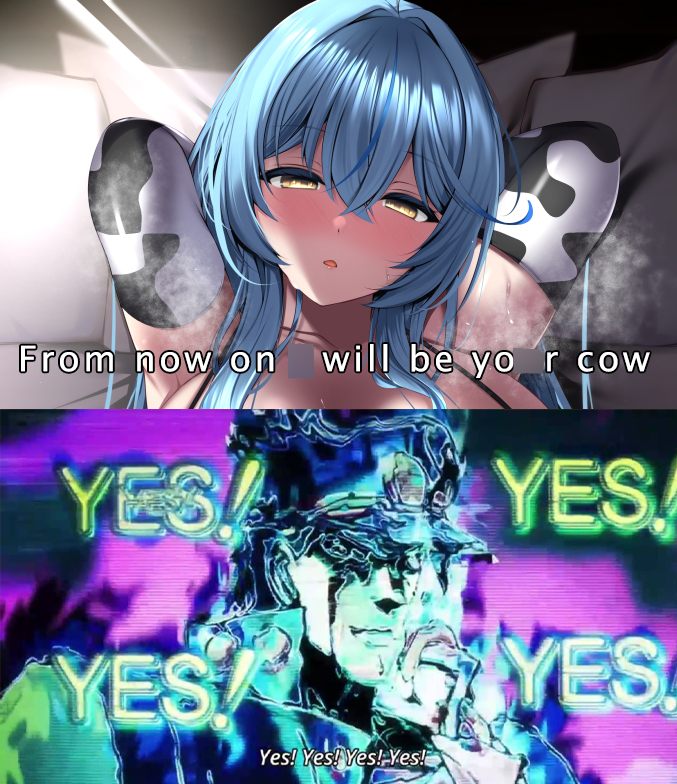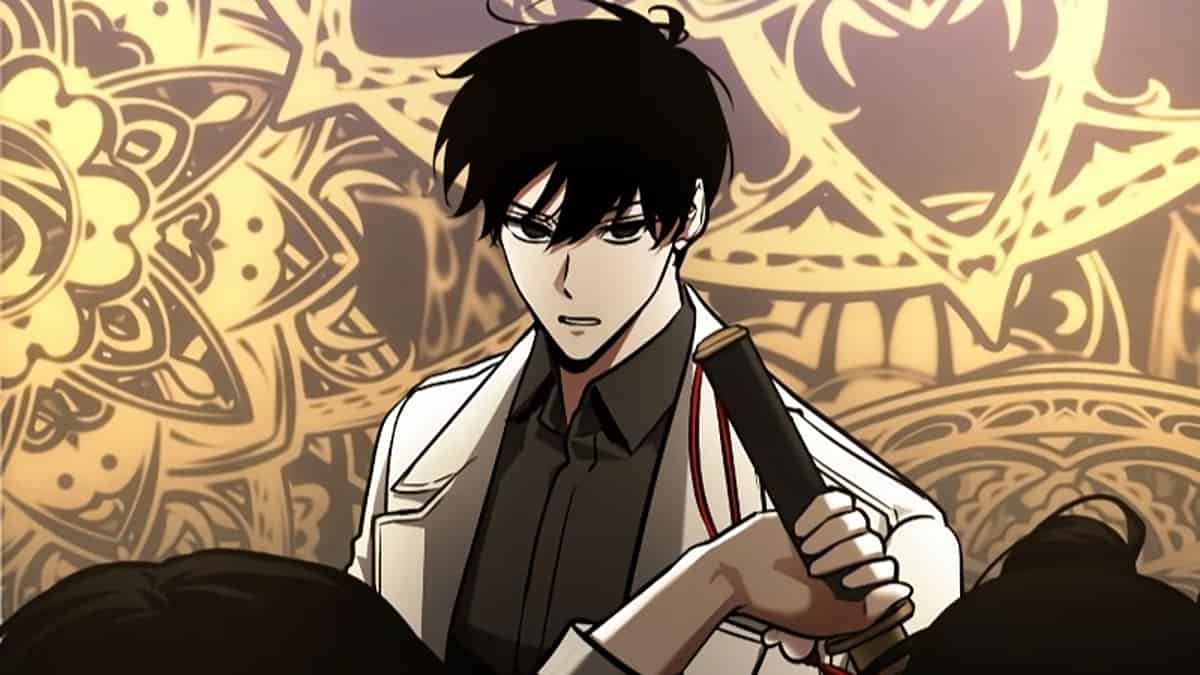Romance has always been a genre that fascinates audiences, and anime has a special knack for bringing these tales to life with its unique blend of visuals and storytelling. Over the years, Japanese animation has delivered countless romantic stories, spanning from light-hearted comedies to poignant dramas that tug at the heartstrings.
For fans of romance, navigating through the vast sea of anime options can be a daunting task. Thankfully, there are always standout titles that shine brightly amidst the crowd, capturing the essence of love in all its forms. So grab some popcorn, snuggle up with your favorite blanket, and immerse yourself in the enchanting world of anime romance.
Note: Animes are not shown based on ranking order.
30. Oshi no Ko
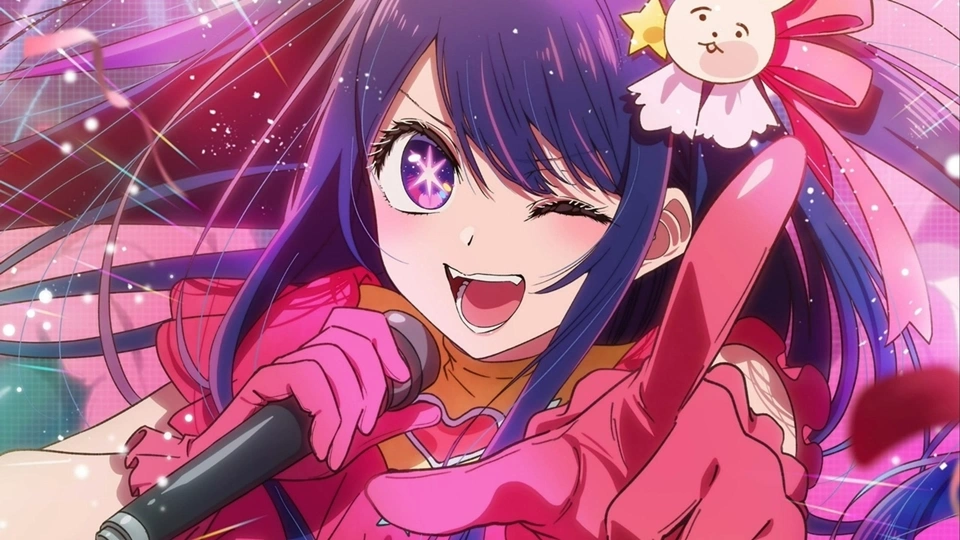
“Oshi no Ko” is a nice manga and anime series created by Aka Akasaka (known for “Kaguya-sama: Love is War”) and illustrated by Mengo Yokoyari (known for “Scum’s Wish”). The series, which debuted in April 2020 in Weekly Young Jump, has quickly gained a significant following due to its unique blend of drama, mystery, and industry critique.
The story goes into the dark and complex world of the Japanese entertainment industry, presenting a narrative that is as compelling as it is thought-provoking. The story of “Oshi no Ko” centers around a young and talented idol named Ai Hoshino. Ai represents the epitome of idol culture: she is beautiful, charismatic, and adored by her fans.
However, the plot takes a dramatic turn when Ai is murdered by a deranged fan shortly after giving birth to twins. These twins, Aqua and Ruby, are reincarnations of people who had previous lives connected to Ai: Aqua was a doctor who was a fan of Ai, and Ruby was his terminally ill patient.
After their rebirth, Aqua and Ruby retain memories of their past lives and vow to uncover the truth behind Ai’s murder. Aqua, in particular, is determined to navigate the entertainment industry to find and exact revenge on the person responsible for his mother’s death.
Meanwhile, Ruby aspires to follow in her mother’s footsteps and become an idol herself. This dual pursuit forms the backbone of the series, intertwining themes of revenge, ambition, and the search for identity.
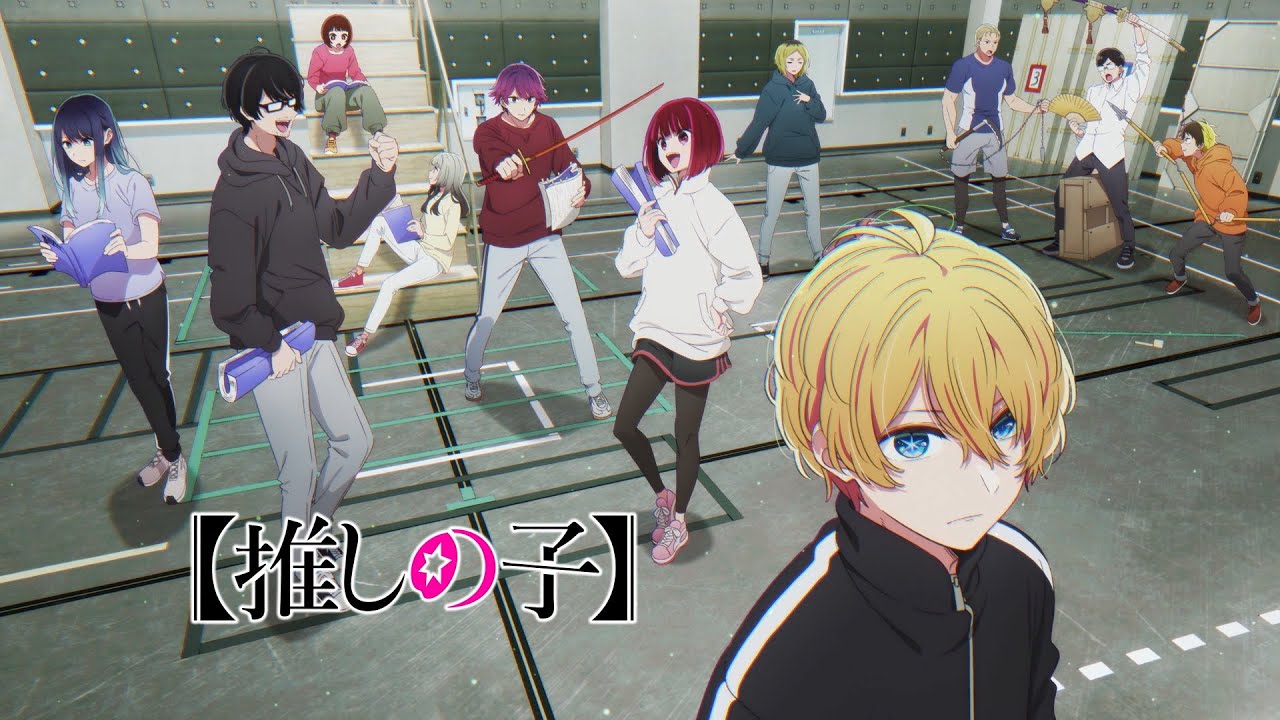
“Oshi no Ko” is rich with thematic elements that provide a critical look at the entertainment industry. Here are some key themes explored in the series: The series does not shy away from showcasing the darker aspects of the entertainment world. It addresses issues such as the pressure of maintaining a public image, the exploitation of young talents, and the psychological toll of fame. Ai Hoshino’s story, in particular, highlights the vulnerability of idols and the often unrealistic expectations placed upon them.
Aqua’s quest for revenge is a central theme that drives much of the plot. His journey is filled with moral dilemmas and ethical questions. The series explores whether revenge is a justifiable pursuit and at what cost it comes. Aqua’s character development is intricately tied to his inner conflict between seeking vengeance and protecting those he loves.
Both Aqua and Ruby struggle with their identities as reincarnated individuals. They grapple with the memories of their past lives while trying to forge new paths in the present. This theme is particularly poignant as it explores the idea of second chances and the possibility of rewriting one’s destiny.
The series provides a critical examination of idol culture in Japan. It goes into the manufactured nature of idols, the fanatical fan base, and the often harsh realities behind the glittering façade. Through Ruby’s aspirations and the challenges she faces, the series offers insights into the sacrifices and hardships endured by those in the idol industry.

The characters in “Oshi no Ko” are well-developed and multi-dimensional, each contributing to the depth and complexity of the narrative.
As one of the reincarnated twins, Aqua’s character is defined by his determination and intelligence. His past life as a doctor gives him a mature perspective, but his quest for revenge often puts him in morally ambiguous situations. Aqua’s character arc is compelling as he navigates the entertainment industry with a singular focus on uncovering the truth behind Ai’s murder.
Ruby’s character represents hope and resilience. Despite the traumatic events of her past life, she retains a passion for becoming an idol. Ruby’s journey is one of self-discovery and perseverance, as she strives to honor her mother’s legacy while creating her own identity in the industry.
Ai’s character, though deceased early in the story, remains a pivotal figure. Her tragic life and mysterious death are central to the plot. Ai’s complexity as a character is revealed through flashbacks and the memories of those who knew her, painting a picture of a young woman who balanced her public persona with private struggles.
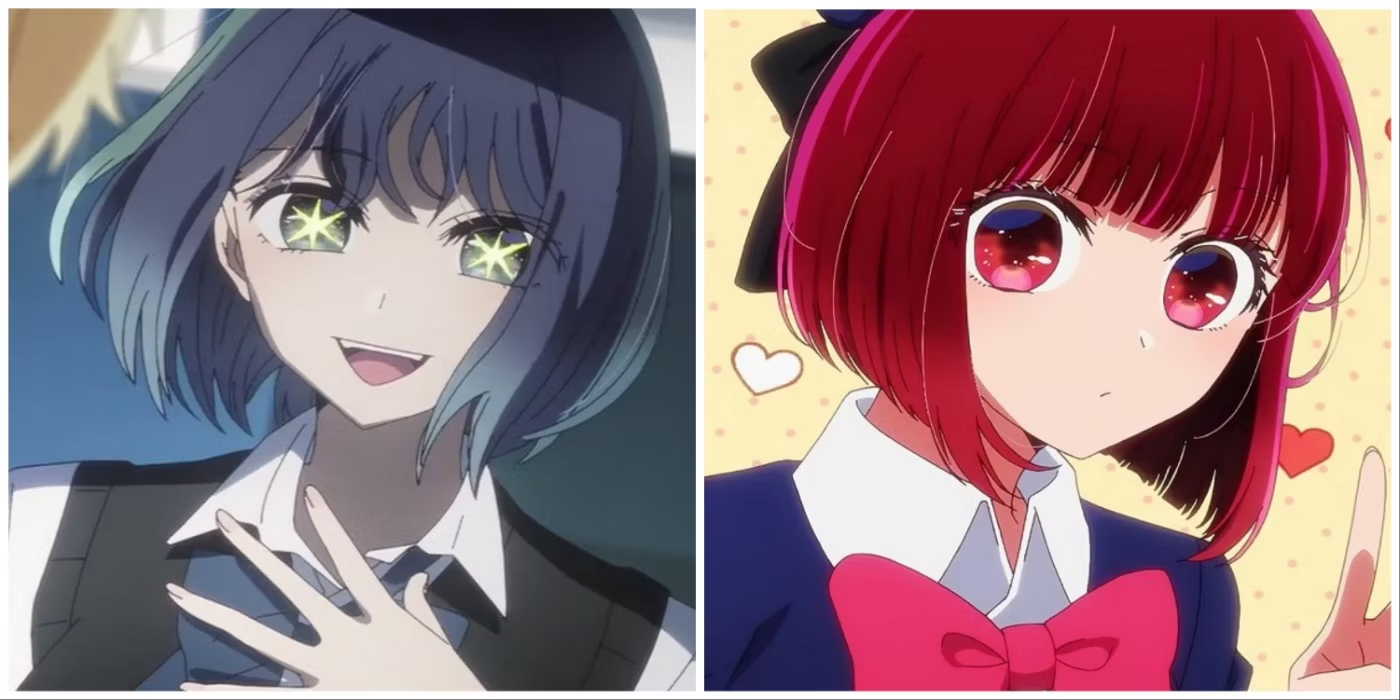
Mengo Yokoyari’s art style complements the narrative beautifully. The illustrations capture the emotional intensity of the characters and the vibrant, yet often deceptive, world of entertainment. The contrast between the bright, cheerful imagery associated with idols and the darker, more sinister undertones of the story is effectively portrayed through the art.
The anime adaptation, produced by Doga Kobo, enhances the story with dynamic animation, expressive character designs, and a fitting soundtrack. The anime successfully translates the manga’s intricate plot and emotional depth to the screen, making it accessible to a broader audience.
“Oshi no Ko” is a masterful blend of drama, mystery, and industry critique. Its compelling narrative, complex characters, and exploration of dark themes set it apart from typical idol-related series. By delving into the harsh realities of the entertainment world, the series offers a thought-provoking and emotionally resonant experience.
Whether you’re a fan of manga, or anime, or simply looking for a gripping story, “Oshi no Ko” is a series that deserves attention. Its unique perspective on fame, identity, and justice makes it a standout work in contemporary Japanese media.
29. Kaguya-sama: Love is War
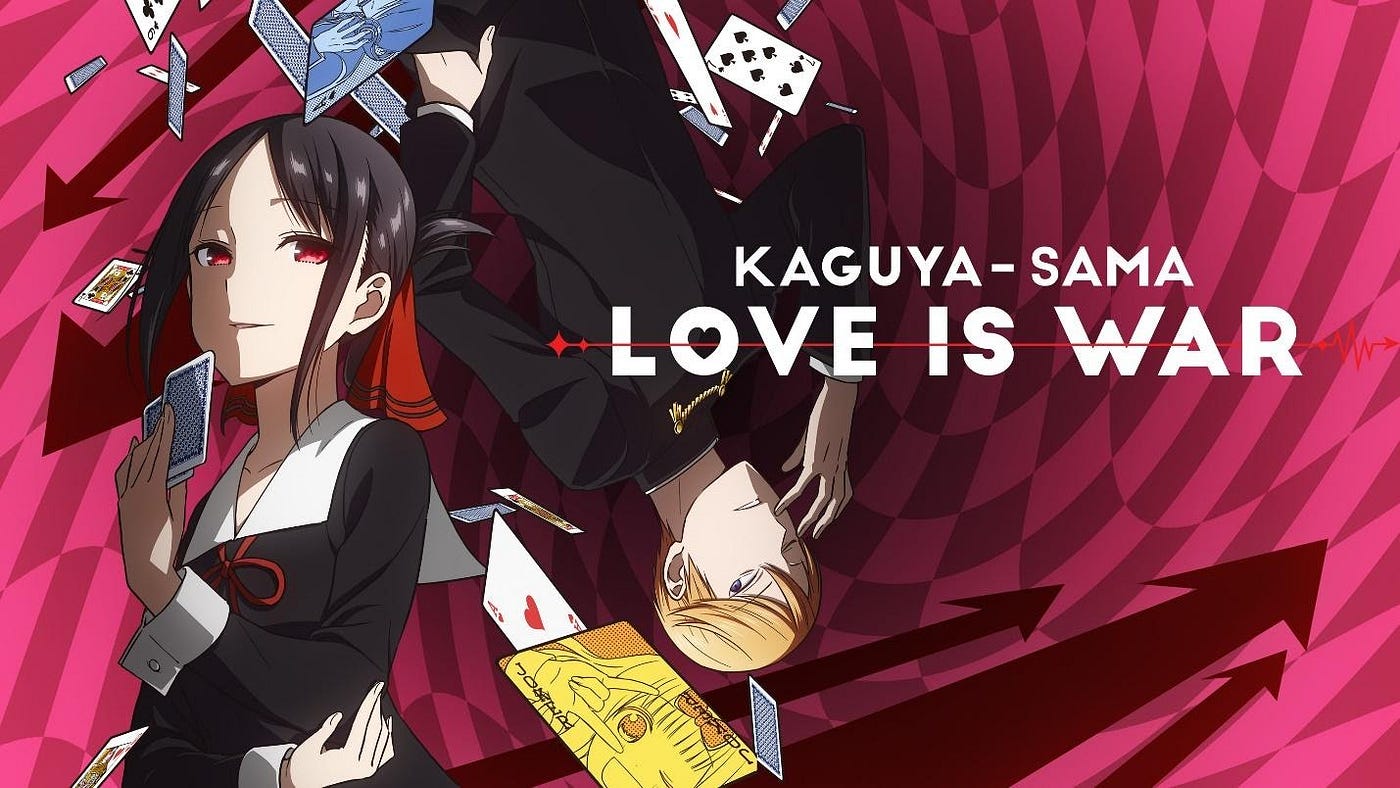
Love is War is a delightful departure from typical romance anime tropes, as Miyuki and Kaguya engage in a battle of wits to avoid confessing their feelings first. Their rivalry is fueled by their intense intellect and determination to outsmart each other, resulting in hilarious and heartwarming moments as they navigate their roles in the student council at an elite school.
Season 3 of Kaguya-sama: Love is War, which aired in Spring 2022, continued to deliver comedic brilliance while also subtly advancing Miyuki and Kaguya’s relationship. The anticipation for the next season, which promises to look deeper into their romance, is palpable among fans. If the anime stays true to the manga, Love is War has the potential to become one of the greatest romance anime of all time.
“Kaguya-sama: Love is War” is a critically acclaimed manga and anime series created by Aka Akasaka. Since its debut in 2015 in Shueisha’s Miracle Jump magazine and later serialization in Weekly Young Jump, the series has grabbed audiences with its unique blend of romantic comedy and psychological warfare.
The story revolves around two high school students, Kaguya Shinomiya and Miyuki Shirogane, who are determined to make the other confess their love first. With its clever writing, well-developed characters, and insightful exploration of teenage romance, “Kaguya-sama: Love is War” has become a standout series in contemporary manga and anime.
Set in the prestigious Shuchiin Academy, the series follows Kaguya Shinomiya, the vice president of the student council, and Miyuki Shirogane, the council president. Both Kaguya and Miyuki are at the top of their class and widely admired by their peers. Despite their mutual attraction, they are too proud to confess their feelings, believing that the one who confesses first will be seen as inferior. This sets the stage for a series of hilarious and strategic battles of wits as they each try to outmaneuver the other into confessing.
The student council also includes other colorful characters such as Chika Fujiwara, the bubbly and unpredictable secretary, and Yu Ishigami, the introverted treasurer with a pessimistic outlook on life. Their interactions add depth and humor to the series, creating a dynamic and engaging narrative.
“Kaguya-sama: Love is War” is rich with thematic elements that provide a humorous yet insightful look at teenage romance and human nature. Here are some key themes explored in the series:
The central theme of the series is the interplay between pride and love. Both Kaguya and Miyuki are incredibly intelligent and capable, yet their pride prevents them from expressing their true feelings. The series humorously portrays the lengths they will go to avoid confessing, highlighting the absurdity of their situation while also touching on the universal fear of vulnerability in romantic relationships.
Each episode is structured around various “battles” where Kaguya and Miyuki engage in psychological warfare to outsmart each other. These battles are often absurdly elaborate, involving intricate schemes and counter-schemes. This theme adds a layer of intellectual stimulation to the comedy, as viewers are invited to follow and predict the characters’ strategies.
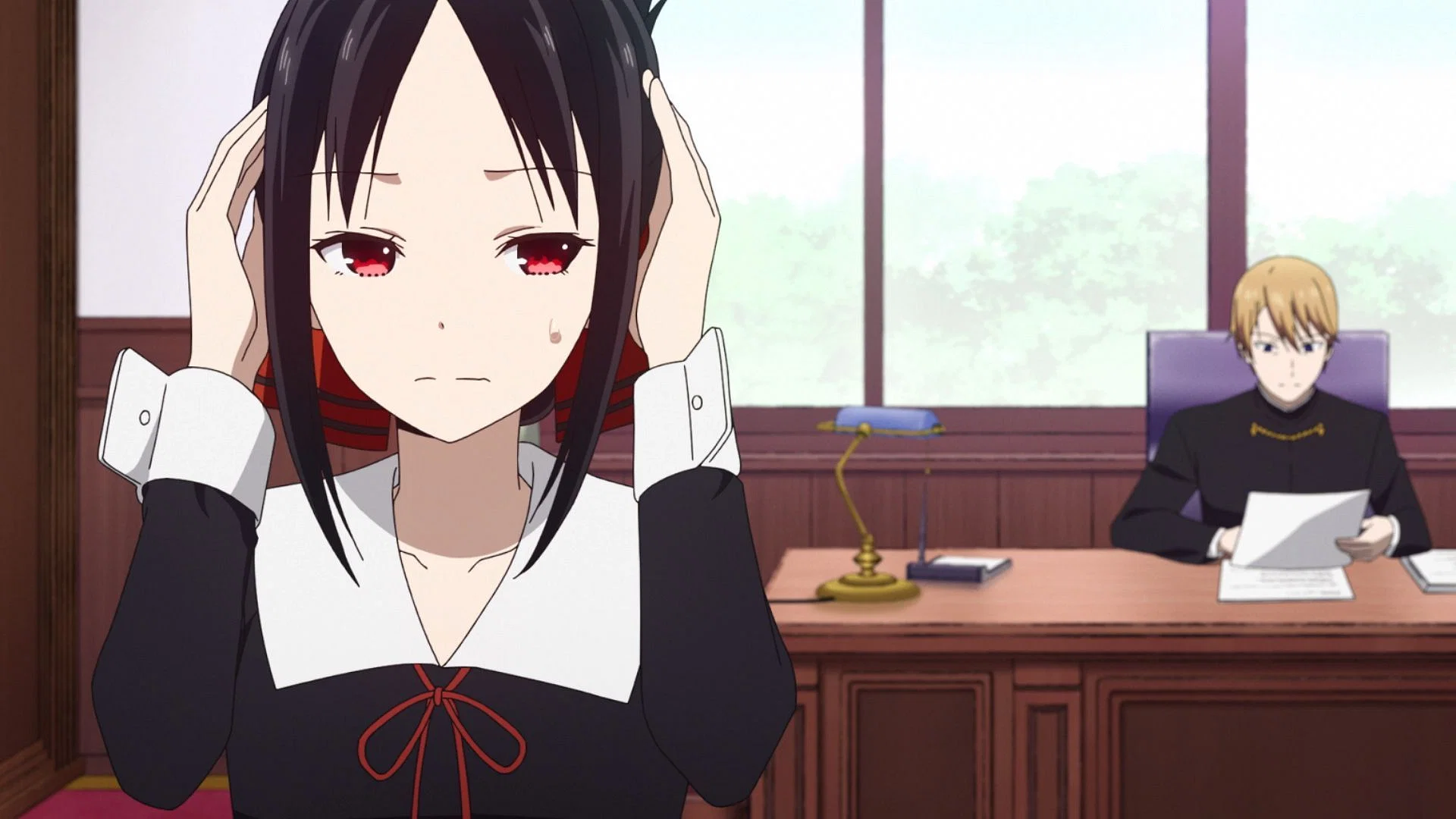
As students of an elite academy, the characters are often preoccupied with social status and expectations. Kaguya, being from a wealthy and influential family, faces pressure to maintain her image, while Miyuki, who comes from a more modest background, works tirelessly to prove his worth. The series explores how these pressures shape their interactions and decisions.
Beyond the comedic battles, the series also goes into the characters’ personal growth and development. Over time, Kaguya and Miyuki begin to confront their own insecurities and misconceptions about love. Their evolving relationship reflects a deeper understanding of themselves and each other, making their journey as individuals as compelling as their romantic endeavors.
The characters in “Kaguya-sama: Love is War” are well-developed and multifaceted, each contributing to the richness of the narrative.
Kaguya is portrayed as a highly intelligent and capable individual with a cold exterior, but she harbors a deep sense of vulnerability and longing for genuine affection. Her internal conflicts and growth are central to the series’ emotional depth.
Miyuki is the diligent and hardworking student council president who strives for excellence in all areas. His determination and sense of responsibility make him an admirable character, but his interactions with Kaguya reveal his more tender and insecure side.
Chika serves as the comic relief with her quirky and unpredictable nature. Despite her seemingly airheaded demeanor, she often plays a crucial role in disrupting Kaguya and Miyuki’s schemes, adding an element of chaos to the story.
Yu is the brooding treasurer who initially appears detached and cynical. His backstory and character development add a layer of poignancy to the series, as he learns to open up and find his place within the student council.
Aka Akasaka’s art style is both expressive and detailed, effectively conveying the characters’ emotions and the comedic timing of their interactions. The manga’s panel layouts and visual gags enhance the storytelling, making each “battle” dynamic and engaging.
The anime adaptation, produced by A-1 Pictures, faithfully captures the essence of the manga. The animation is fluid and vibrant, with careful attention to character expressions and comedic timing. The voice acting, particularly for Kaguya and Miyuki, adds an additional layer of charm and humor to the series. The opening and ending themes are catchy and well-suited to the series’ tone, further enhancing the viewing experience.
“Kaguya-sama: Love is War” is a masterful blend of romantic comedy and psychological intrigue. Its clever writing, well-rounded characters, and insightful exploration of teenage romance make it a standout series. The humorous battles of wits between Kaguya and Miyuki are both entertaining and intellectually stimulating, while the underlying themes of pride, vulnerability, and personal growth add depth to the narrative.
Whether you are a fan of romantic comedies, psychological dramas, or simply looking for a series with a unique premise and engaging characters, “Kaguya-sama: Love is War” is a must-watch. Its ability to balance humor with heartfelt moments and its insightful commentary on love and human nature make it a timeless and universally appealing story.
28. Nana
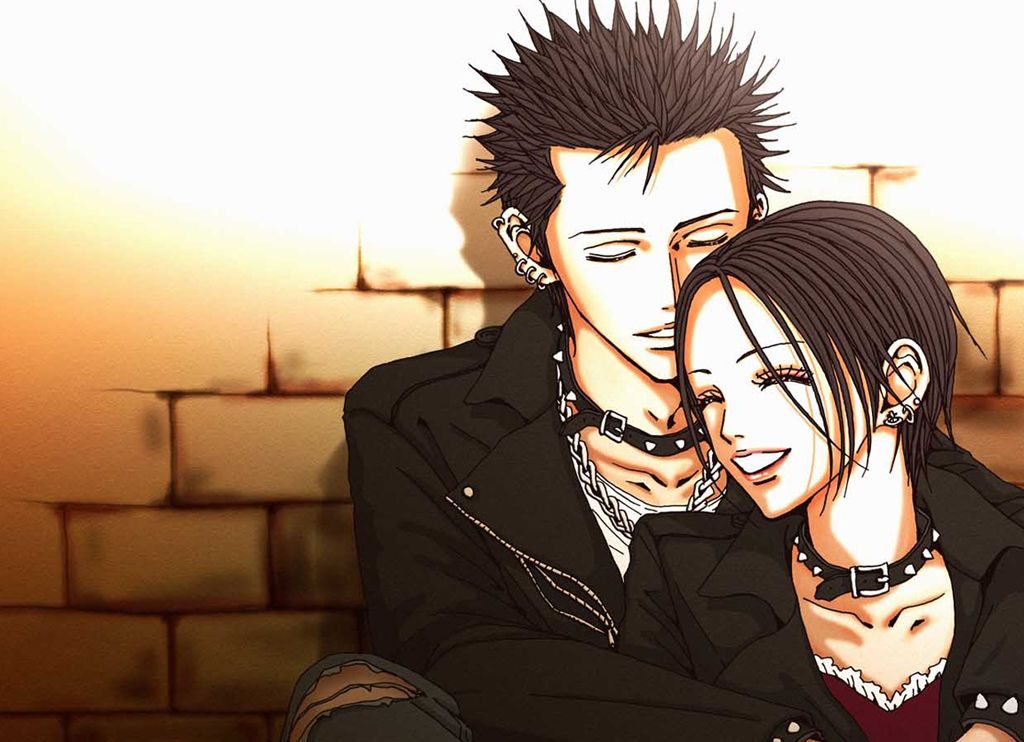
Nana is undeniably one of the most iconic and beloved shoujo anime of all time, fascinating audiences with its compelling storyline and rich character development. The series revolves around two women, both named Nana, whose seemingly disparate lives intersect in unexpected ways, leading to divergent outcomes.
Without giving away spoilers, Nana offers a fascinating narrative that defies conventional expectations, presenting surprising twists and turns along the way. Spanning 47 episodes, the anime looks into the unique perspectives on love held by both protagonists, exploring a variety of relationships that shape their individual journeys.
Whether you’re a dedicated romance enthusiast or not, Nana’s universal themes and nuanced storytelling make it a must-watch for any anime fan.
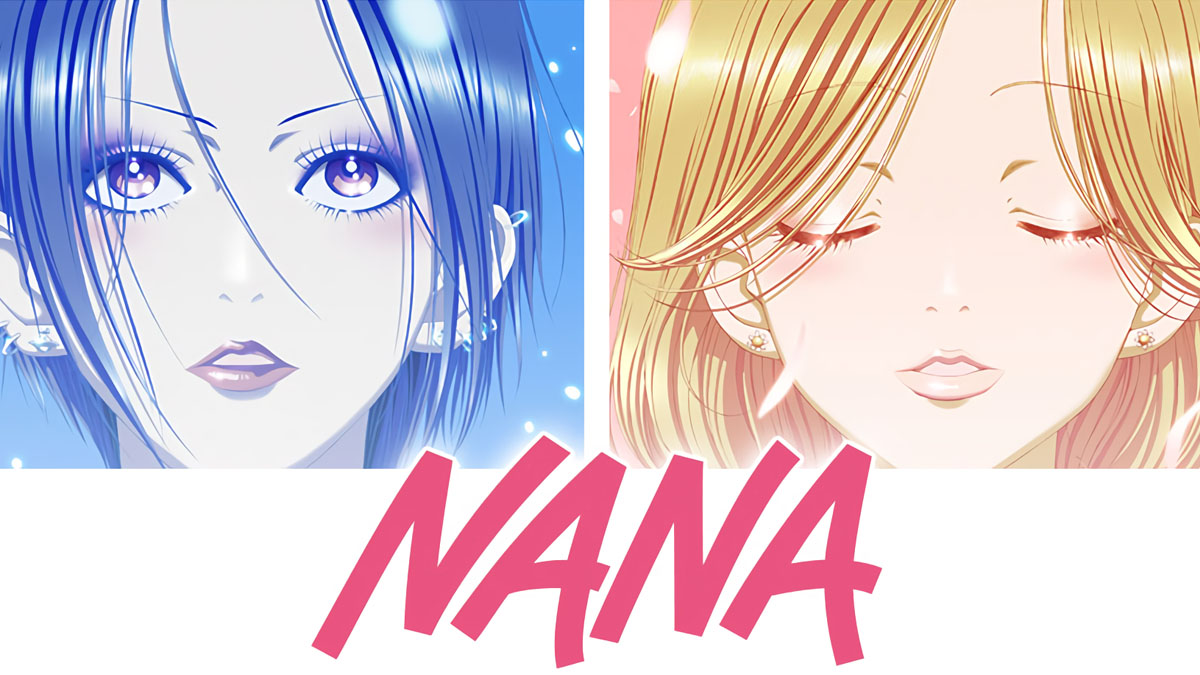
27. The Dangers in My Heart
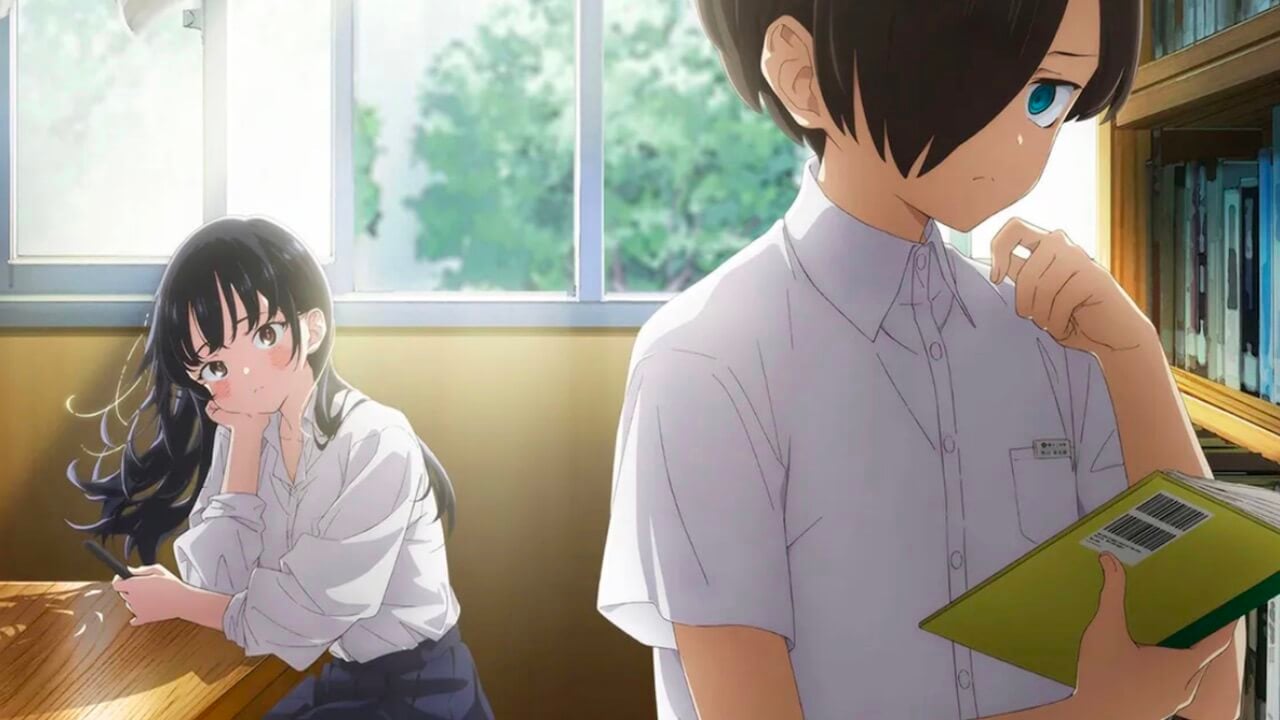
The Dangers in My Heart stands out as a brilliant addition to the realm of shonen romance anime, defying expectations and offering a refreshing take on a familiar trope. At first glance, it may appear to follow the typical formula of a popular girl falling for an ordinary loner, but the anime exceeds these clichés to deliver a compelling and nuanced story.
Ichikawa, our protagonist, is an average high school student with few friends, who often finds solace in daydreaming about unconventional topics. Anna, on the other hand, is a bubbly yet shy girl who works as a model and loves to eat. Their unexpected encounter at the school library sparks a friendship that gradually evolves into something deeper. As Anna encourages Ichikawa to break out of his shell, he undergoes significant personal growth throughout the series.
What sets The Dangers in My Heart apart is its character development and realistic portrayal of relationships. While the romance may start as a slow burn, it gradually evolves into something truly special, making it one of the best romance anime of its time. Anna and Ichikawa are both well-rounded characters, with Anna’s depth and vulnerabilities adding layers to the storyline. Their relationship feels genuine and convincing, elevating the series beyond mere wish fulfillment.
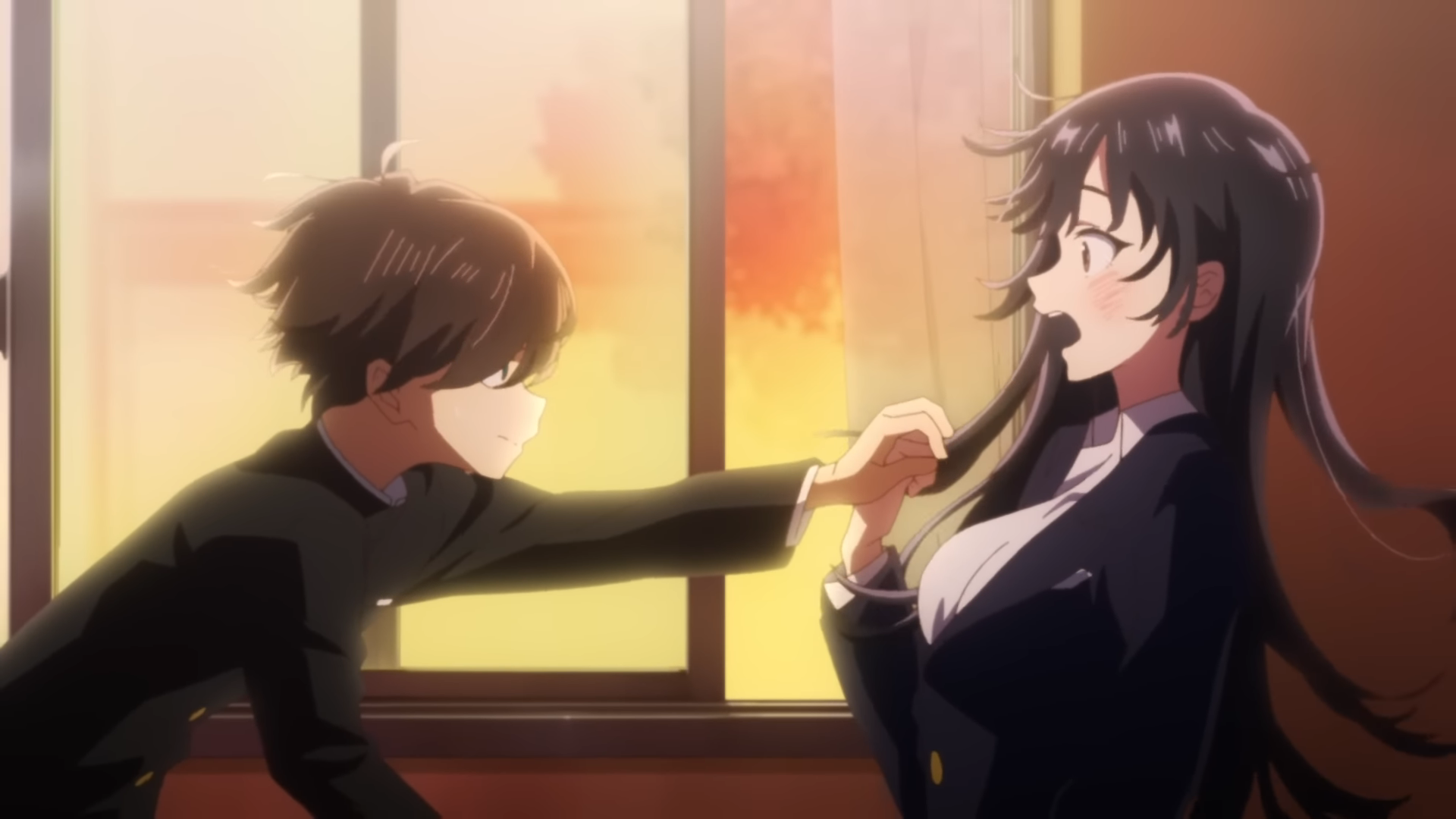
26. A Sign of Affection
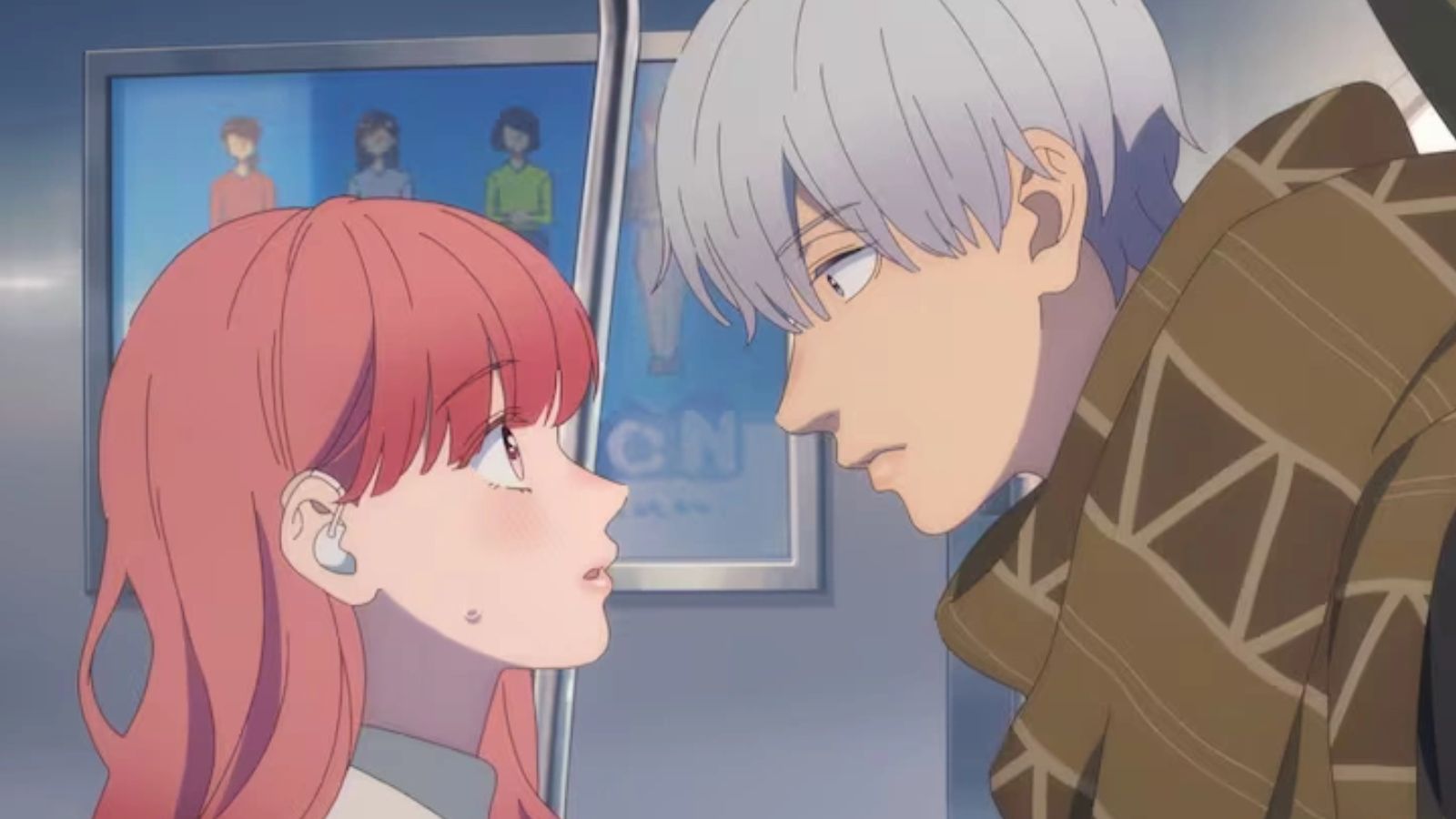
A Sign of Affection is a heartwarming romantic comedy that looks into the complexities of love and communication among college-age individuals. While the story features multiple pairings, Yuki and Itsuomi take center stage as the main couple, immediately fascinating audiences with their undeniable chemistry. Yuki, who is hearing-impaired, relies on sign language, text, and lip-reading to communicate, while Itsuomi’s passion for languages and world travel adds depth to his character. Their chance encounter on a train sparks an instant connection, prompting them to explore their budding relationship further in subsequent meetings.
The series excels in capturing the rollercoaster of emotions associated with falling in love, culminating in poignant moments, particularly in the opening episode. Unlike many romance anime, A Sign of Affection features an older cast, lending a mature tone to the story. As the season unfolds, Yuki and Itsuomi’s bond deepens, with each interaction brimming with sweetness and charm.
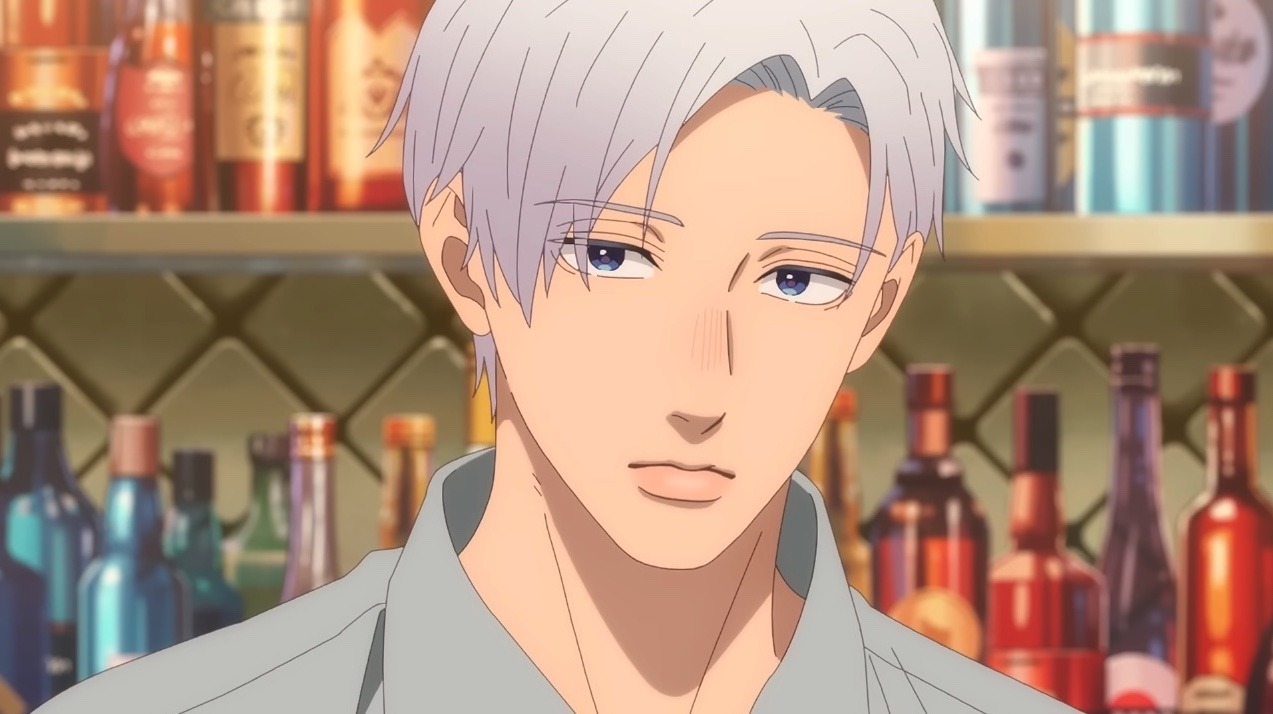
25. Fruits Basket
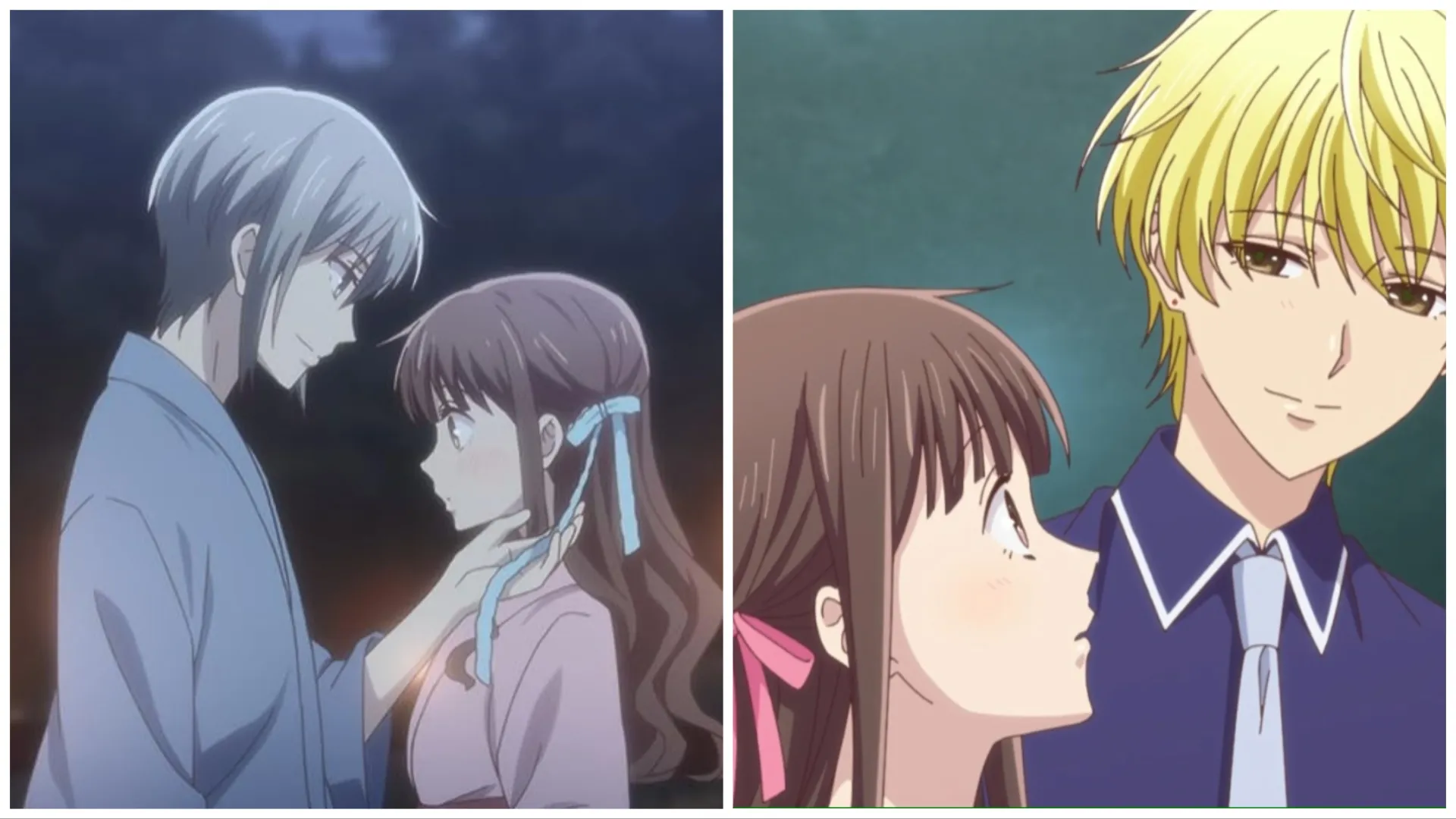
Fruits Basket stands as the epitome of romance anime, masterfully blending drama and comedy. The endearing protagonist, Tooru Honda, undergoes a transformative experience when she moves in with the enigmatic Souma family, whose members, particularly Yuki Souma, are idolized at school. However, beneath their glamorous facade lies a shocking secret that challenges everyone’s perceptions.
While love triangles in anime often lean towards favoring one potential partner, Fruits Basket defies this norm with its nuanced portrayal of relationships. Each character is intricately developed, serving as individuals rather than mere plot devices. Across its three seasons, Fruits Basket takes viewers on an unforgettable journey, setting itself apart as a true masterpiece of the genre.
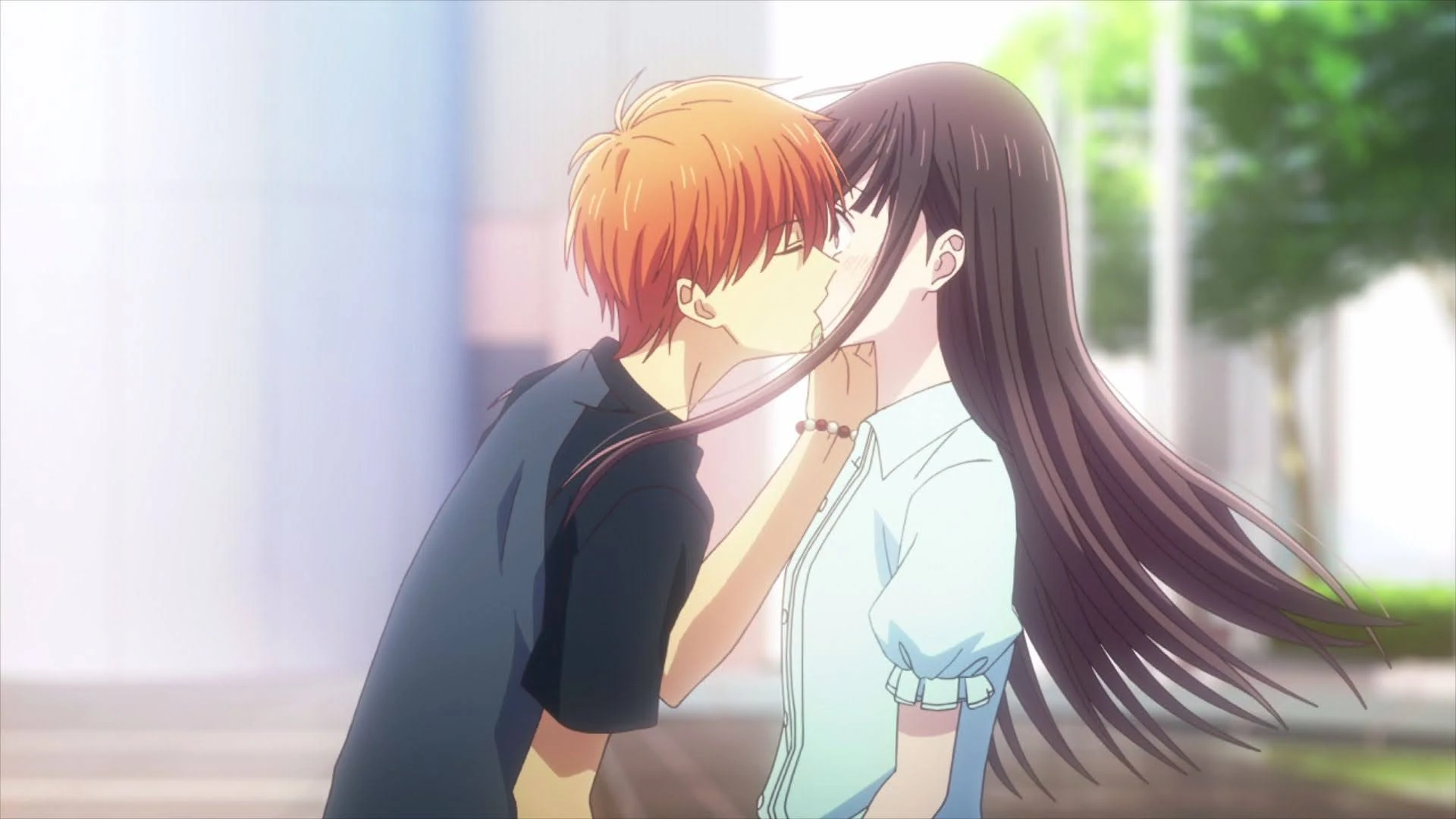
24. Clannad
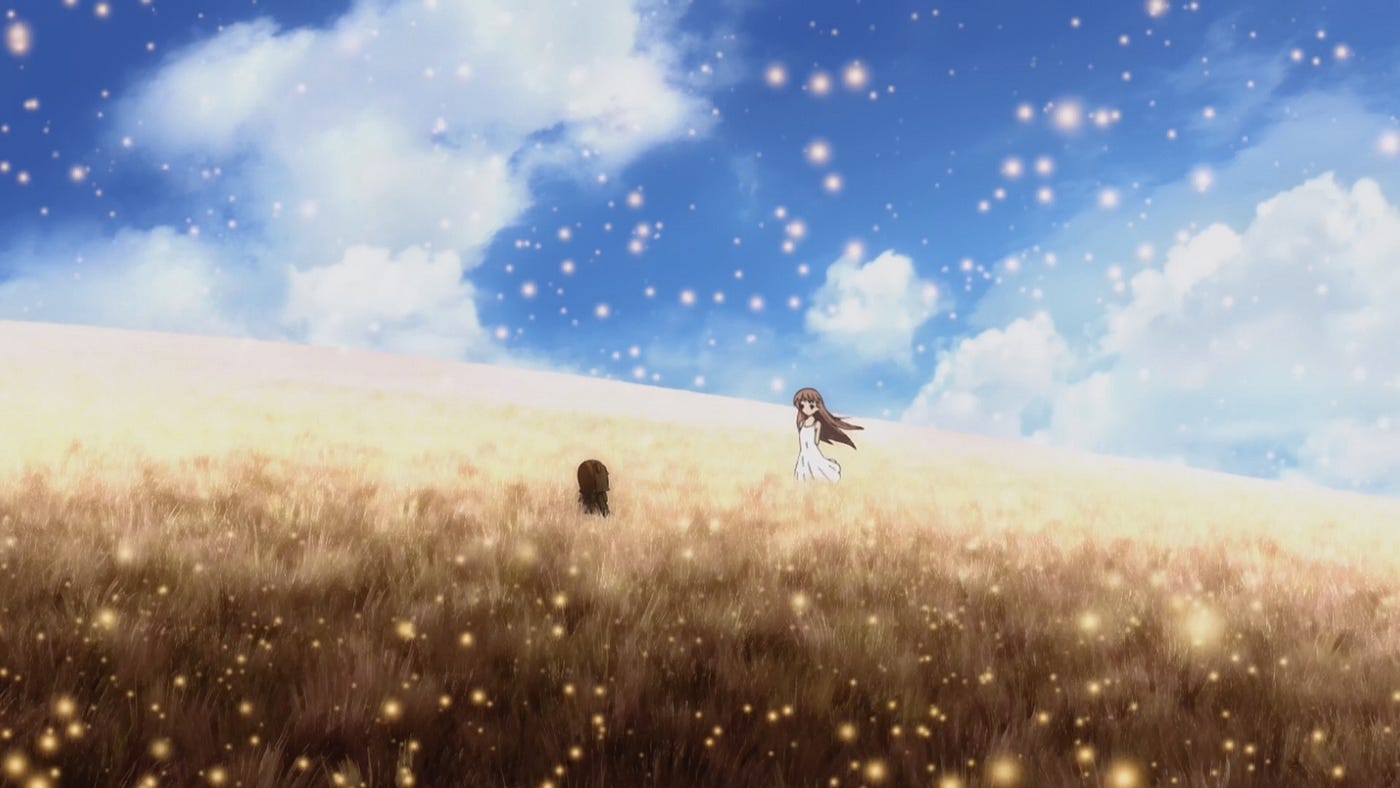
Clannad is truly an anime of two halves: the initial series and its sequel, After Story. While After Story shines brighter, Clannad sets the stage and is essential viewing for the full impact of its successor. At its core, the series revolves around the journey of Tomoya Okazaki and Nagisa Furukawa, whose story unfolds in a deeply moving and powerful manner.
Unlike many romance anime that focus solely on high school dynamics, Clannad After Story looks into the characters’ lives beyond graduation, showcasing their growth as individuals and as a couple. The series tackles real-life struggles with authenticity, portraying the challenges and triumphs of adulthood in a heartfelt and genuine manner. Through its exploration of Tomoya and Nagisa’s relationship, Clannad After Story offers a poignant and memorable narrative that resonates with viewers long after the credits roll.
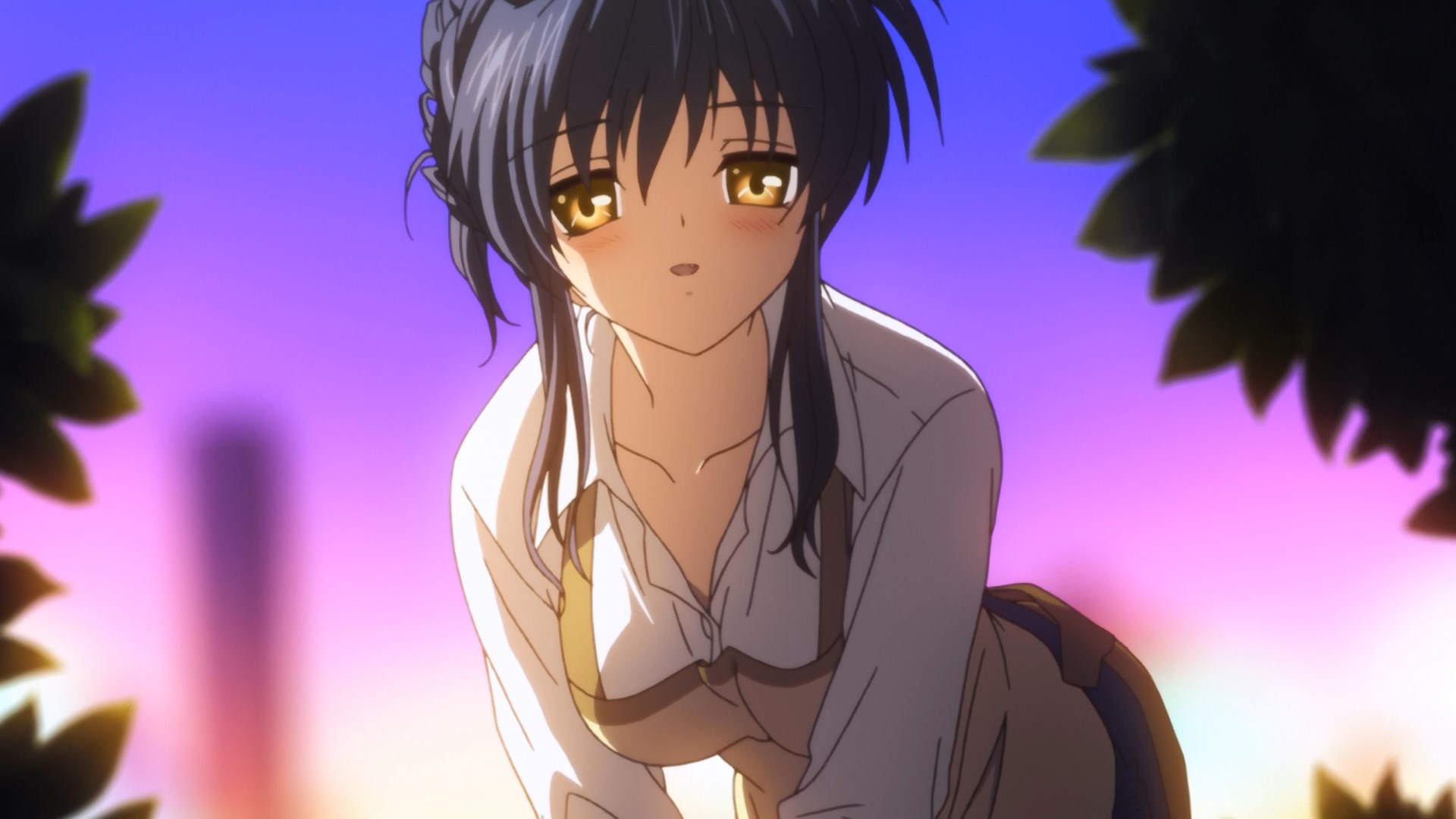
23. Your Lie in April
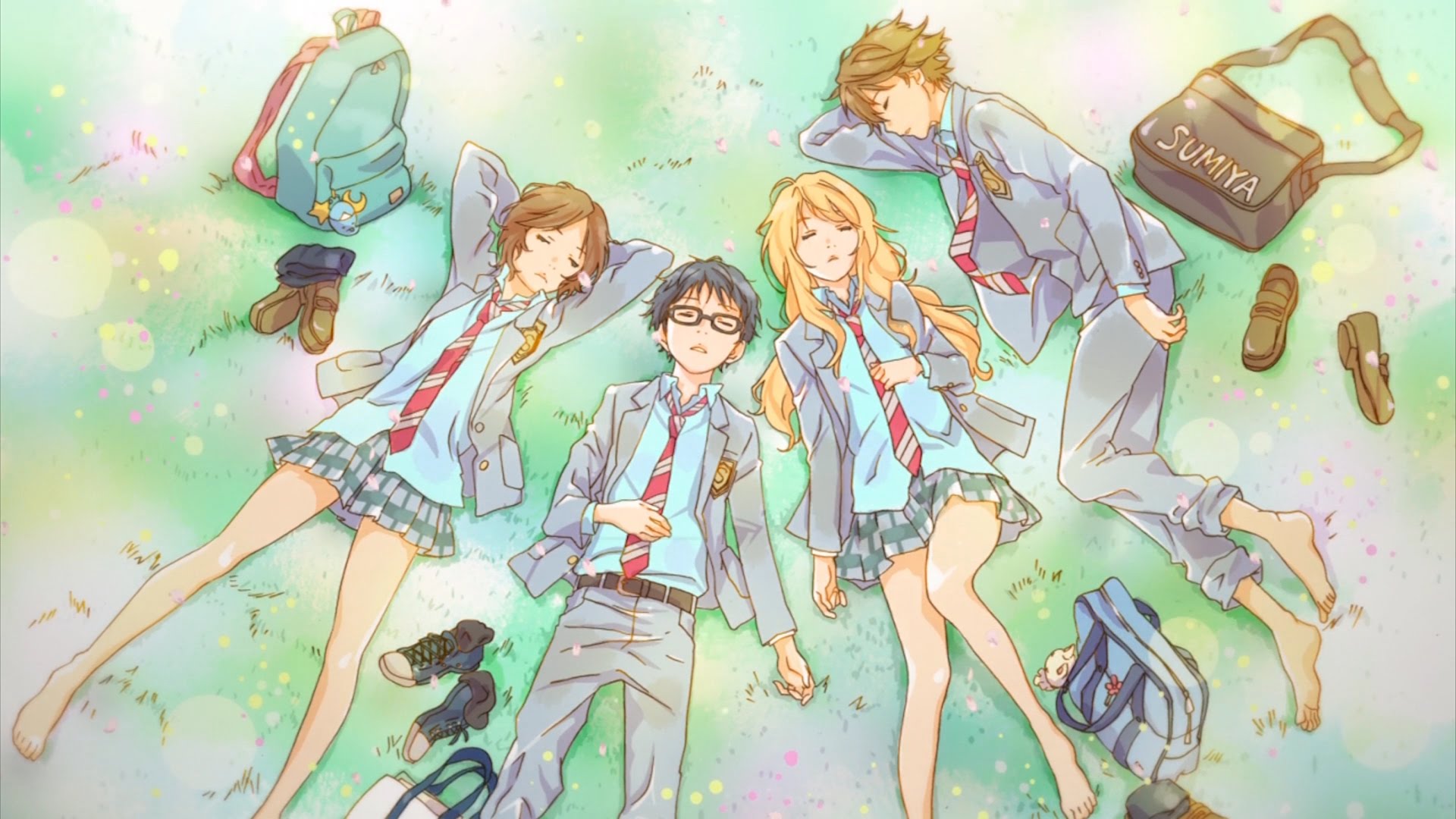
Your Lie in April stands as one of the most renowned romance anime, centering on the journey of two musical prodigies, Kousei Arima and Kaori Miyazono. Struggling with depression following his mother’s passing, Kousei has lost his passion for the piano, leading him to distance himself from the world of performance arts. However, upon hearing Kaori play the violin with unmatched freedom and passion, Kousei finds himself drawn to her and rekindles his love for music.
The anime looks into themes of grief, life, love, and the transformative power of music. Kousei’s path toward healing is fraught with challenges and heartbreak, yet it also offers moments of beauty, tenderness, and joy. Through its poignant storytelling, Your Lie in April captures the complexities of human emotion and the profound impact of connection and artistry.
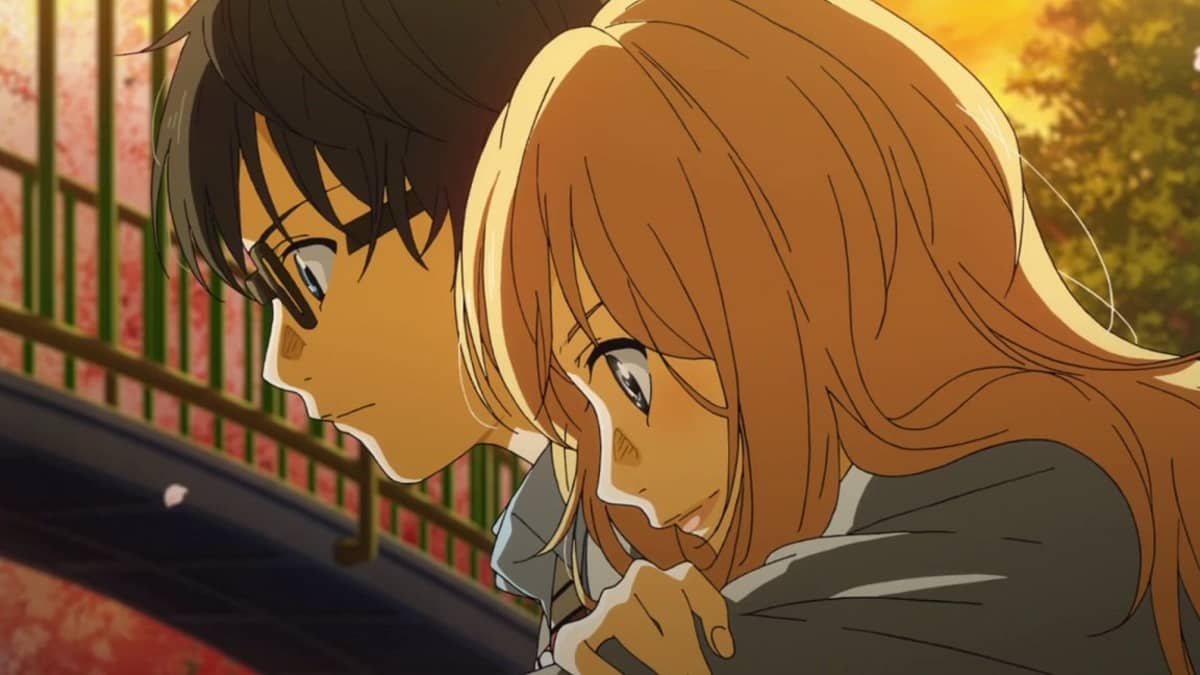
22. The Angel Next Door Spoils Me Rotten

The Angel Next Door Spoils Me Rotten leaves a lasting impression from the get-go, thanks to several standout features. Firstly, Project No.9’s animation shines with its clean and detailed visuals, particularly in the character designs. Secondly, and perhaps most importantly, the chemistry between the main characters is palpable from their very first encounter; the moment Amane extends his umbrella to a soaked Mahiru, sparks fly.
Despite the majority of the series featuring the leads together on screen, The Angel Next Door Spoils Me Rotten skillfully looks into the individual journeys of Amane and Mahiru, while simultaneously nurturing the bond of their friendship. This dual focus adds depth and richness to the narrative, allowing viewers to connect with the characters on a more personal level while witnessing the growth of their relationship.
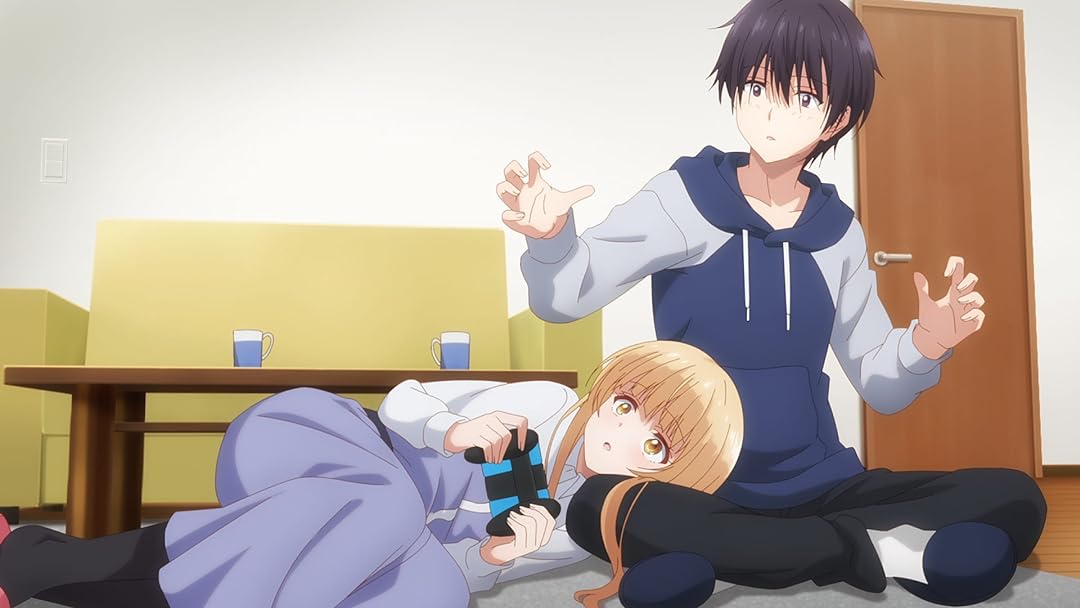
21. Given
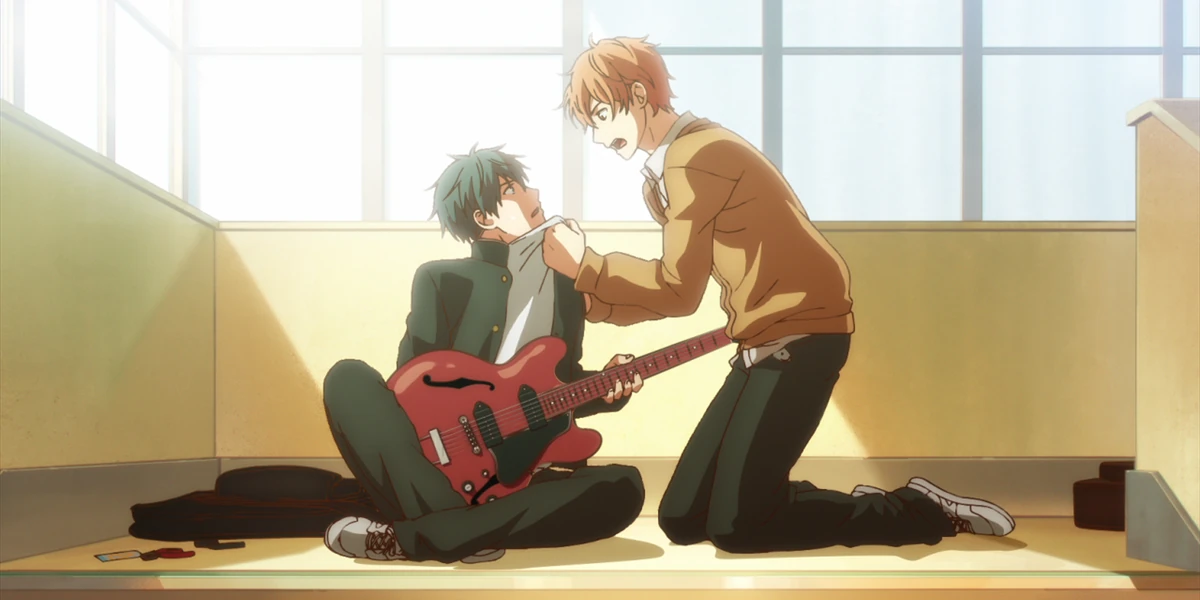
Given is the perfect romance for gay anime viewers seeking representation on screen, yet it’s so well-written that it fascinates audiences of all backgrounds. The budding romance between Mafuyu and Ritsuka, as Mafuyu learns guitar and joins Ritsuka’s band, is incredibly heartwarming.
Watching Mafuyu’s confidence grow alongside the evolving romantic tension creates a fascinating series that’s hard to resist. The movie serves as a brilliant extension of the series, looking deeper into the characters and their relationships. Given offers a compelling narrative with meaningful representation, making it a must-watch for all audiences.
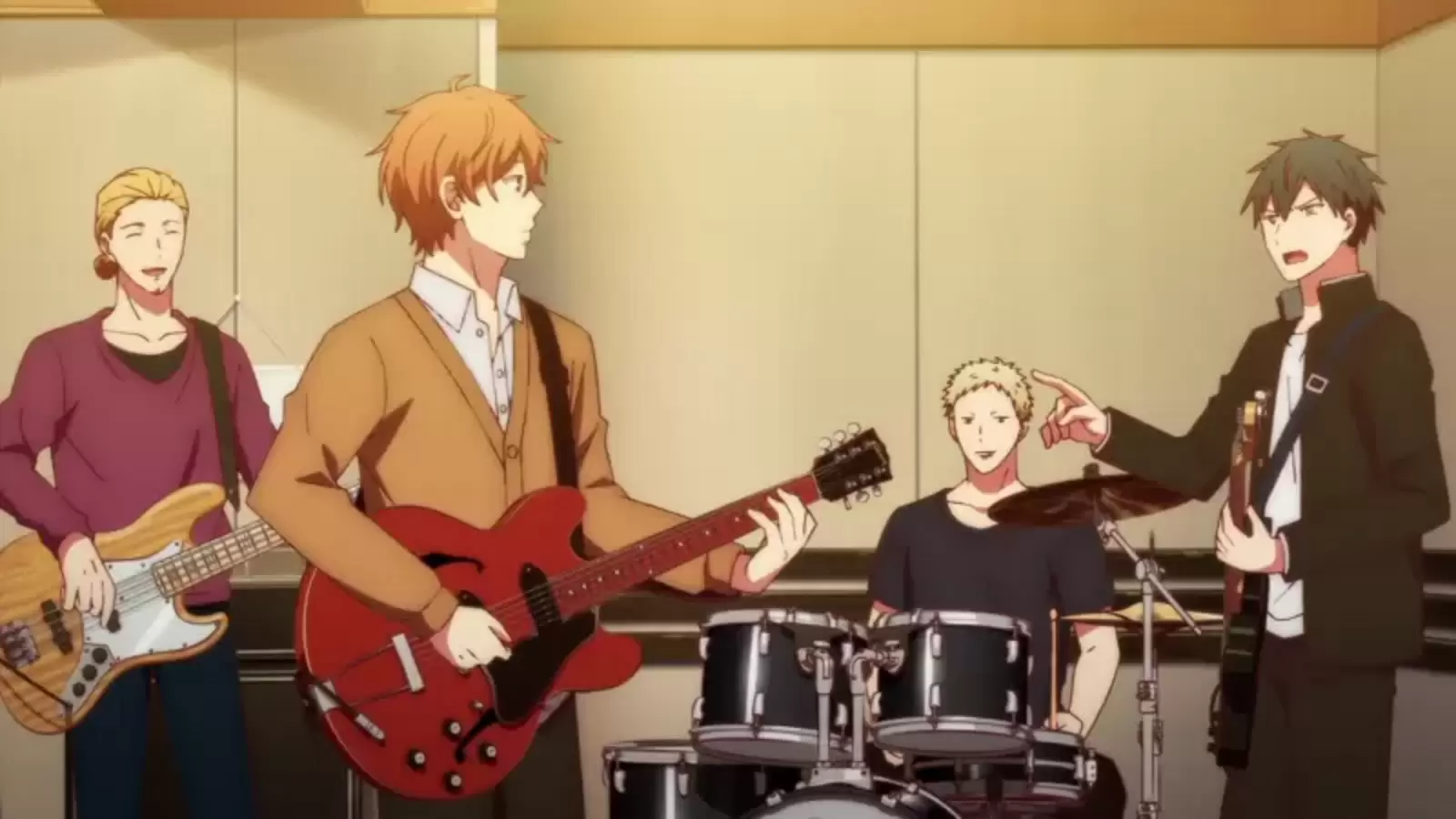
20. My Love Story
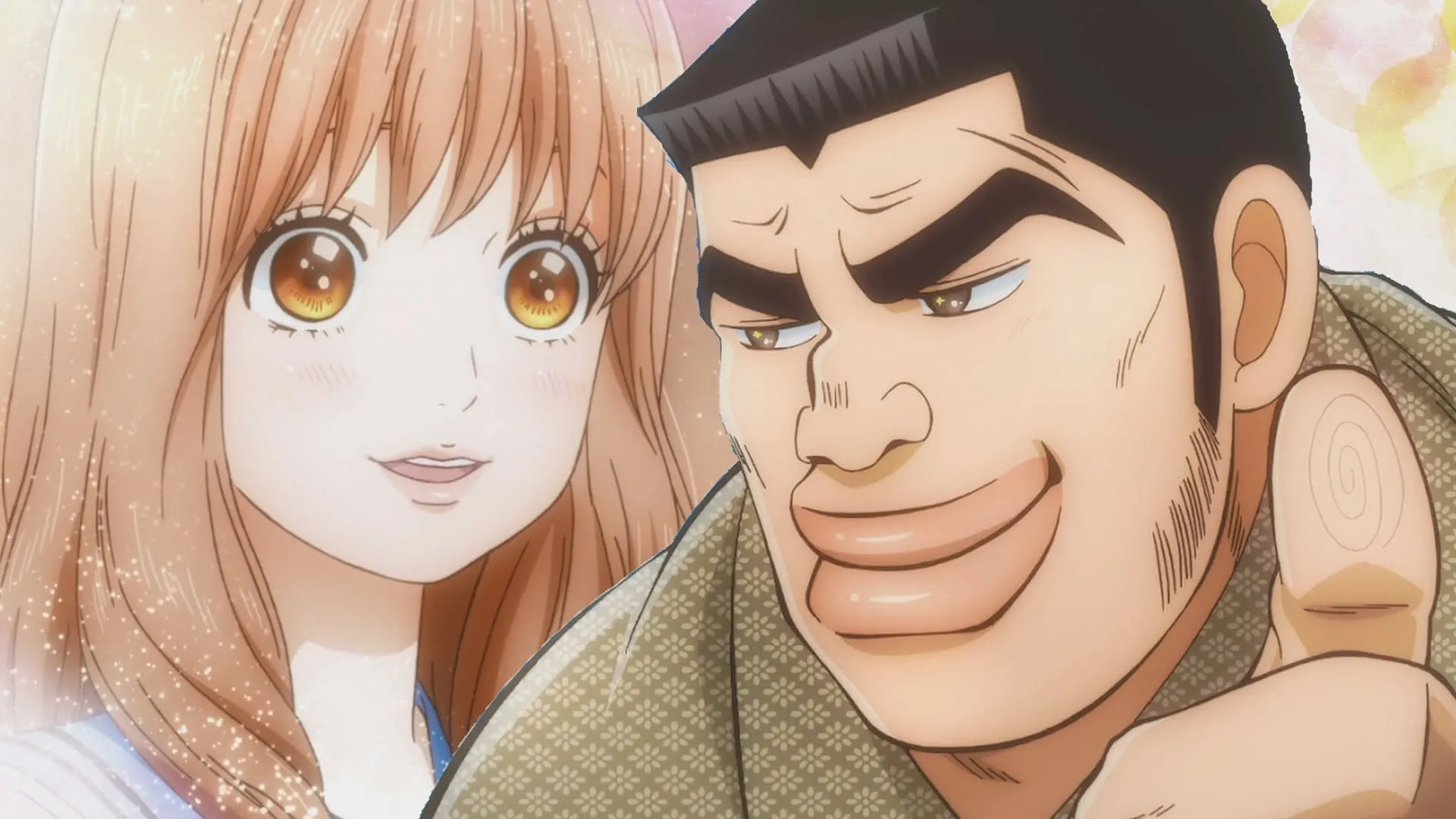
My Love Story!! is a wonderful romantic anime largely due to its main character, Takeo Gouda. This tall, broad, and initially intimidating high schooler falling head-over-heels for the dainty Rinko is undeniably heartwarming. What sets this series apart is seeing Takeo’s genuine efforts to play cupid for Rinko with his best friend, despite his own romantic feelings, showcasing his heart of gold.
Audiences will find themselves rooting wholeheartedly for Takeo and Rinko’s sweet relationship. My Love Story!! doesn’t hold back on delivering heartwarming moments, as the two leads are in a relationship for the majority of the episodes, eschewing the typical slow build to a confession seen in many romance anime.
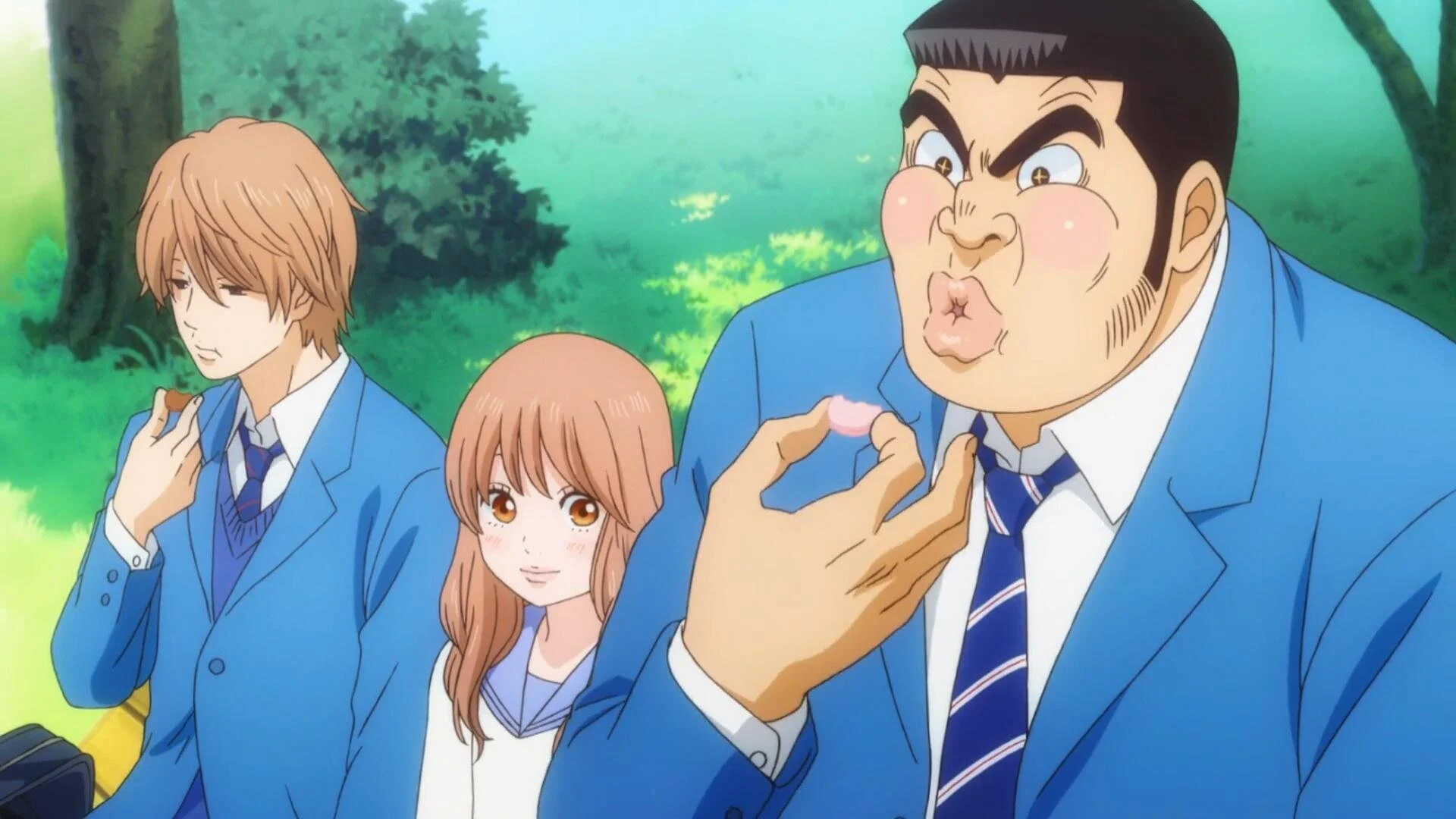
19. Kimi ni Todoke
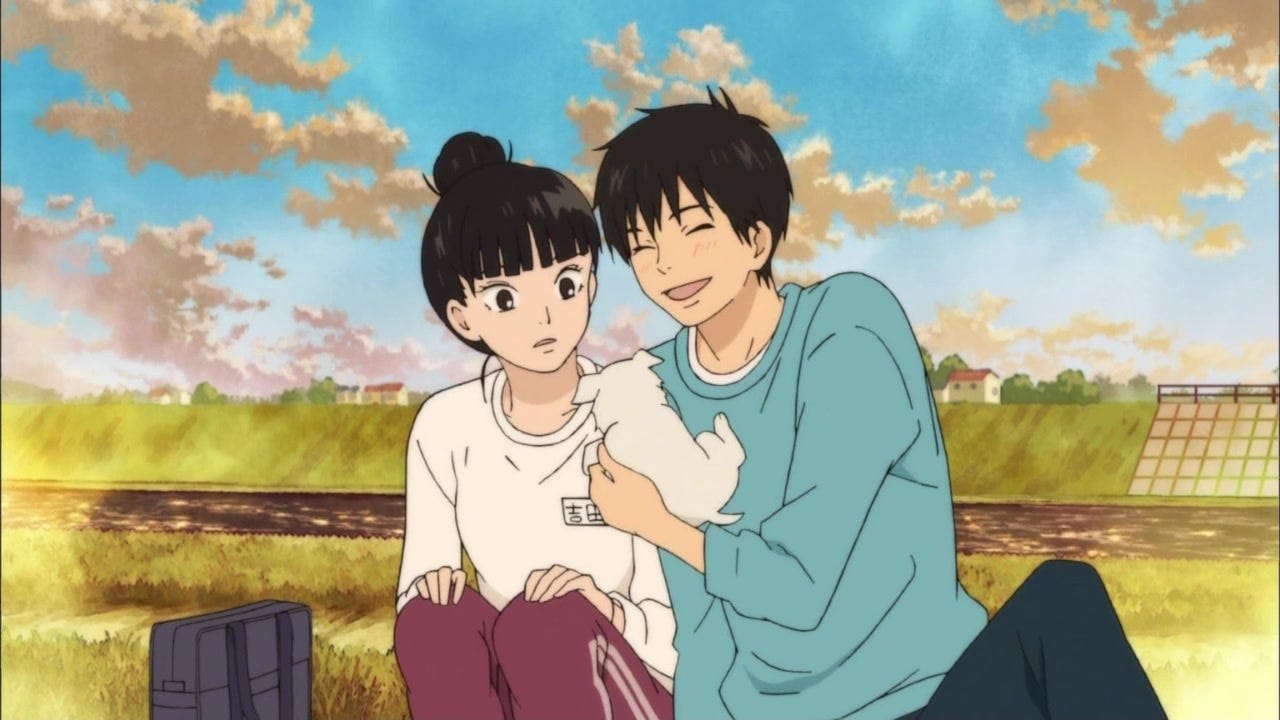
Kimi ni Todoke beautifully demonstrates that opposites can indeed attract, even if the concept has become somewhat cliché in romantic comedies. The anime follows the endearing friendship between the painfully shy Sawako Kuronuma and the popular Shouta Kazehaya. Sawako, often mocked for her resemblance to Sadako from The Ring, is a lonely figure at school, and it takes considerable effort for her to break out of her shell. Fortunately, Kazehaya proves to be the perfect catalyst for her transformation.
Kimi ni Todoke is a delightful blend of humor, heartwarming moments, and well-written character development. While it does adhere to some common tropes of romance anime, such as delaying certain pivotal scenes, the journey it takes viewers on remains fascinating throughout.

18. Ouran High School Host Club

Ouran High School Host Club is a delightful reverse harem anime that is brimming with lighthearted humor and poignant moments. When Haruhi Fujioka accidentally breaks an antique vase belonging to her school’s Host Club, she finds herself in debt and must repay it by disguising herself as a boy and working as a host alongside the club’s other members.
The series excels in its character development, skillfully fleshing out not only Haruhi’s character and motivations but also those of her fellow hosts. It’s a must-watch for fans of shojo anime, featuring a memorable cast of characters who carry the show with their charm and charisma throughout its run.

17. Insomniacs After School
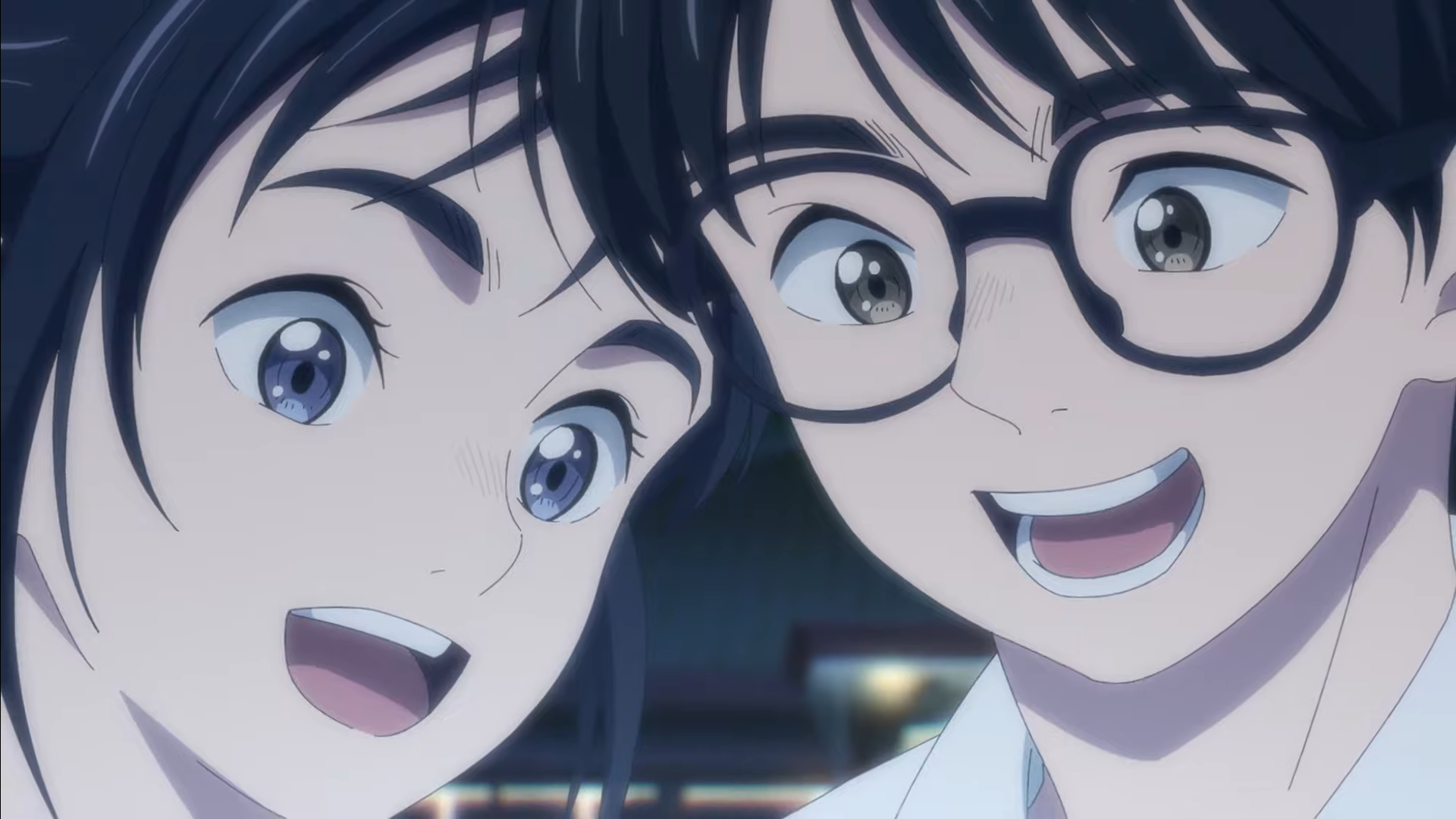
Insomniacs After School stood out as the crowning achievement of Spring 2023 in terms of pure romance. Adapted from Makoto Ojiro’s esteemed seinen manga, the anime follows the story of two students burdened by the inability to fall asleep, a curse they had carried alone until fate brought them together at their school’s observatory. In this unlikely setting, Isaki and Ganta form an instant connection, one that blossoms as they look on a mission to revitalize the Astronomy Club, fueled by their desire to preserve their newfound sanctuary.
With its pitch-perfect pacing, Insomniacs After School masterfully captures the essence of its characters’ struggles with insomnia while also showcasing the subtle comforts they find in each other’s company. While the anime is ripe with romantic tension, it prioritizes the development of Ganta and Isaki’s friendship, highlighting the deeper emotional connection they share beyond their shared affliction.
16. Toradora!
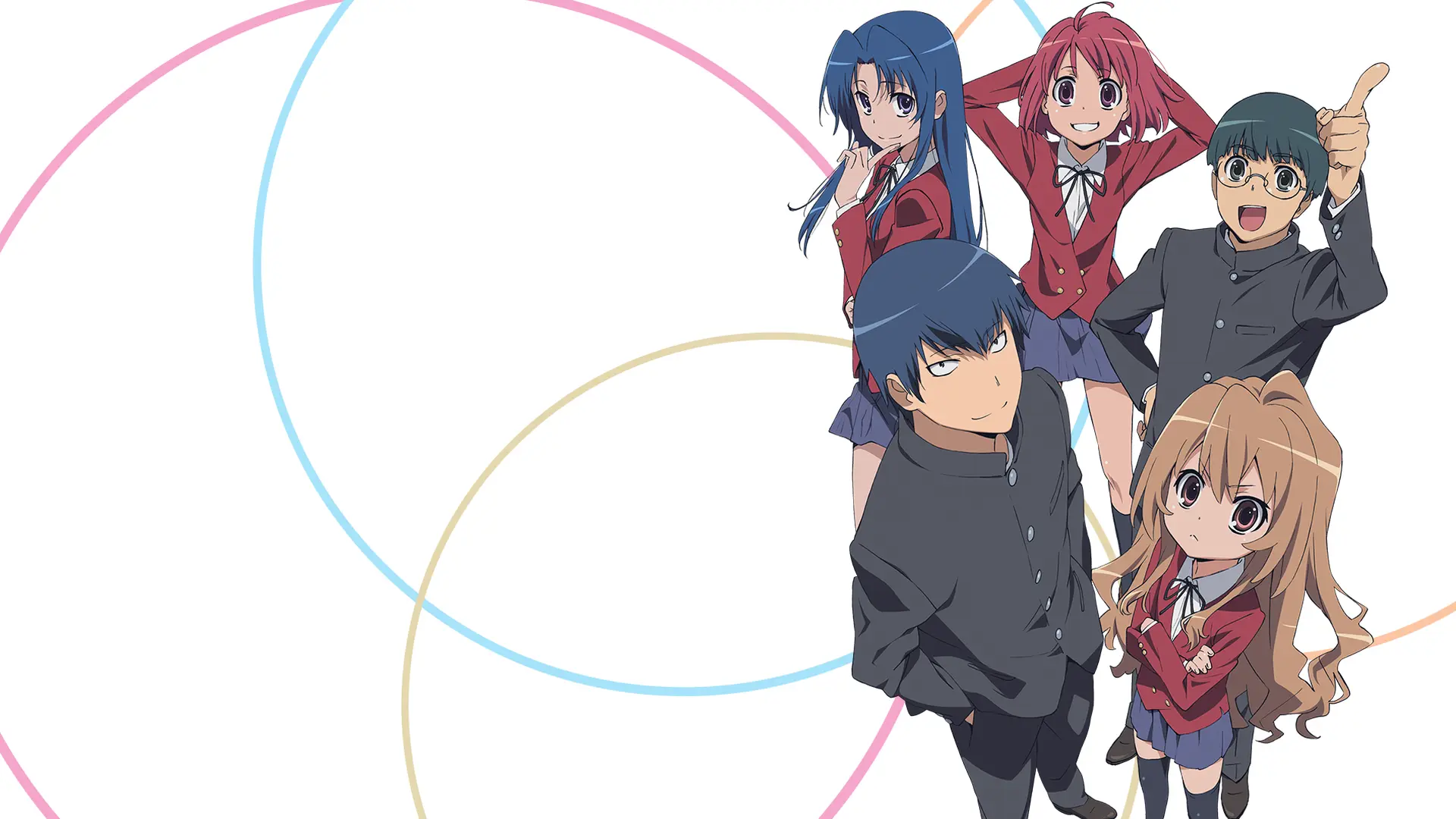
Toradora! is a timeless slice-of-life romantic comedy that serves as an excellent entry point into the genre. The story revolves around Ryuji Yusaku and Taiga Aisaka, two high school students who have crushes on each other’s best friends.
Both Ryuji and Taiga are considered outcasts at school—Ryuji because of his intimidating appearance and Taiga due to her fiery temper. Despite their differences, they form an unlikely alliance to assist each other in their romantic pursuits. The series looks into the dynamic between the two protagonists and the humorous misadventures that ensue as they navigate the complexities of love and friendship.
.

15. Rascal Does Not Dream of Bunny Girl Senpai
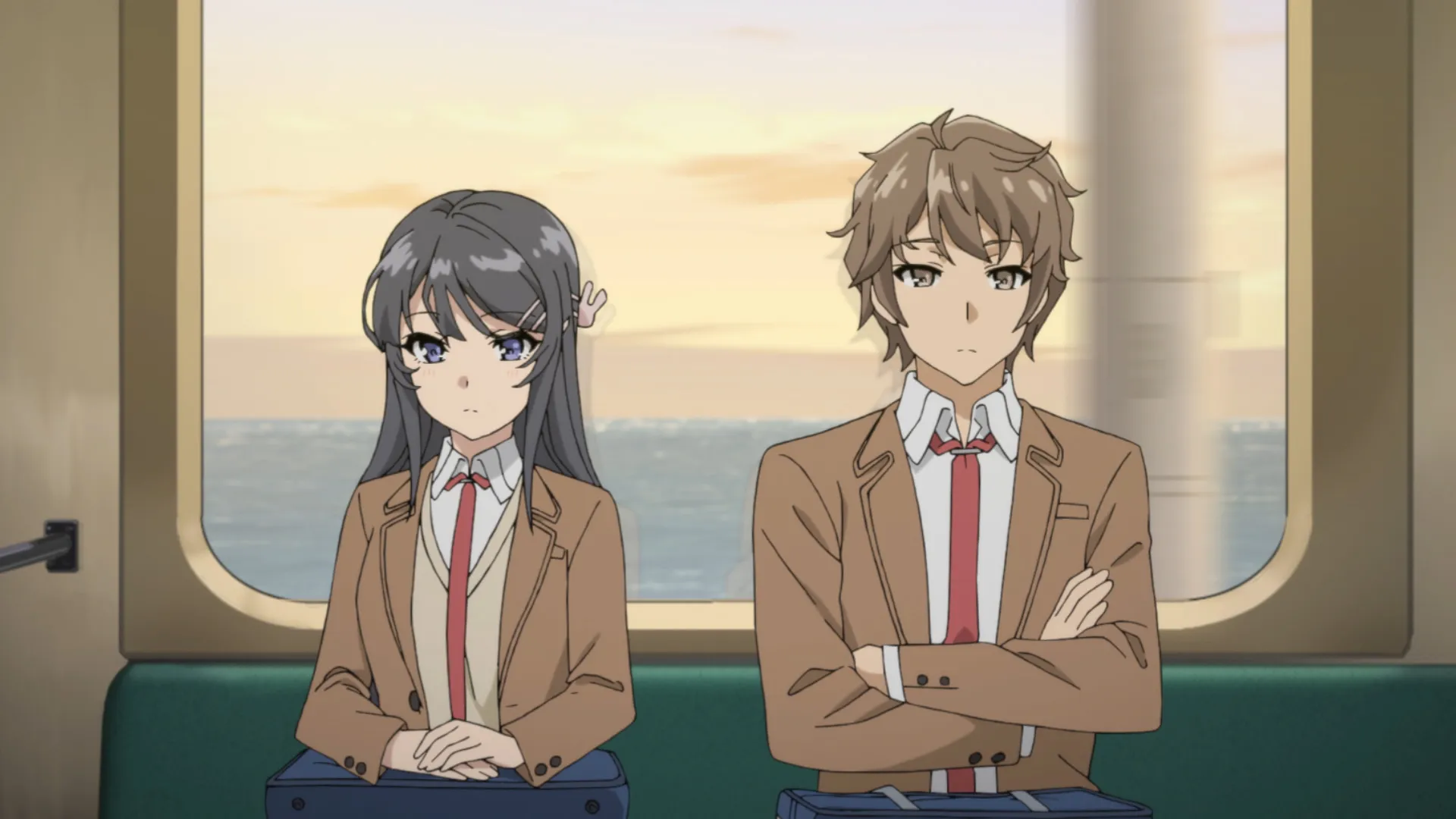
In Rascal Does Not Dream Of Bunny Girl Senpai, romance takes a backseat while simultaneously being the best part of the series. The anime centers around Sakuta Azusagawa, a high school student who has a knack for encountering girls suffering from Adolescence Syndrome, a condition stemming from their insecurities.
While the series features multiple story arcs focusing on different girls, the standout is the first saga involving Mai Sakurajima, an actress who forms a close bond with Sakuta. The chemistry between Sakuta and Mai is palpable, filled with romantic tension, warmth, and clever banter. Though romance isn’t always the primary focus, their relationship develops beautifully across the remaining arcs, leading to a satisfying conclusion in the feature film sequel.
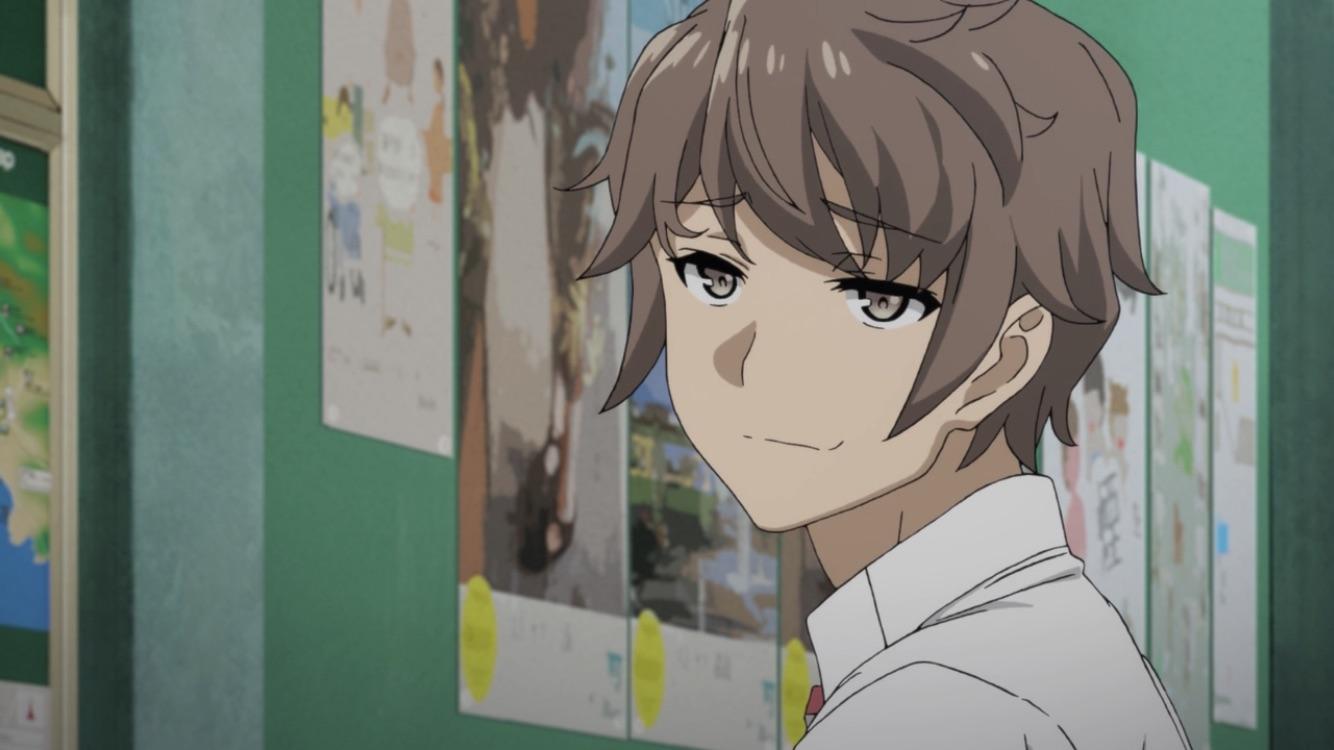
14. Kokoro Connect
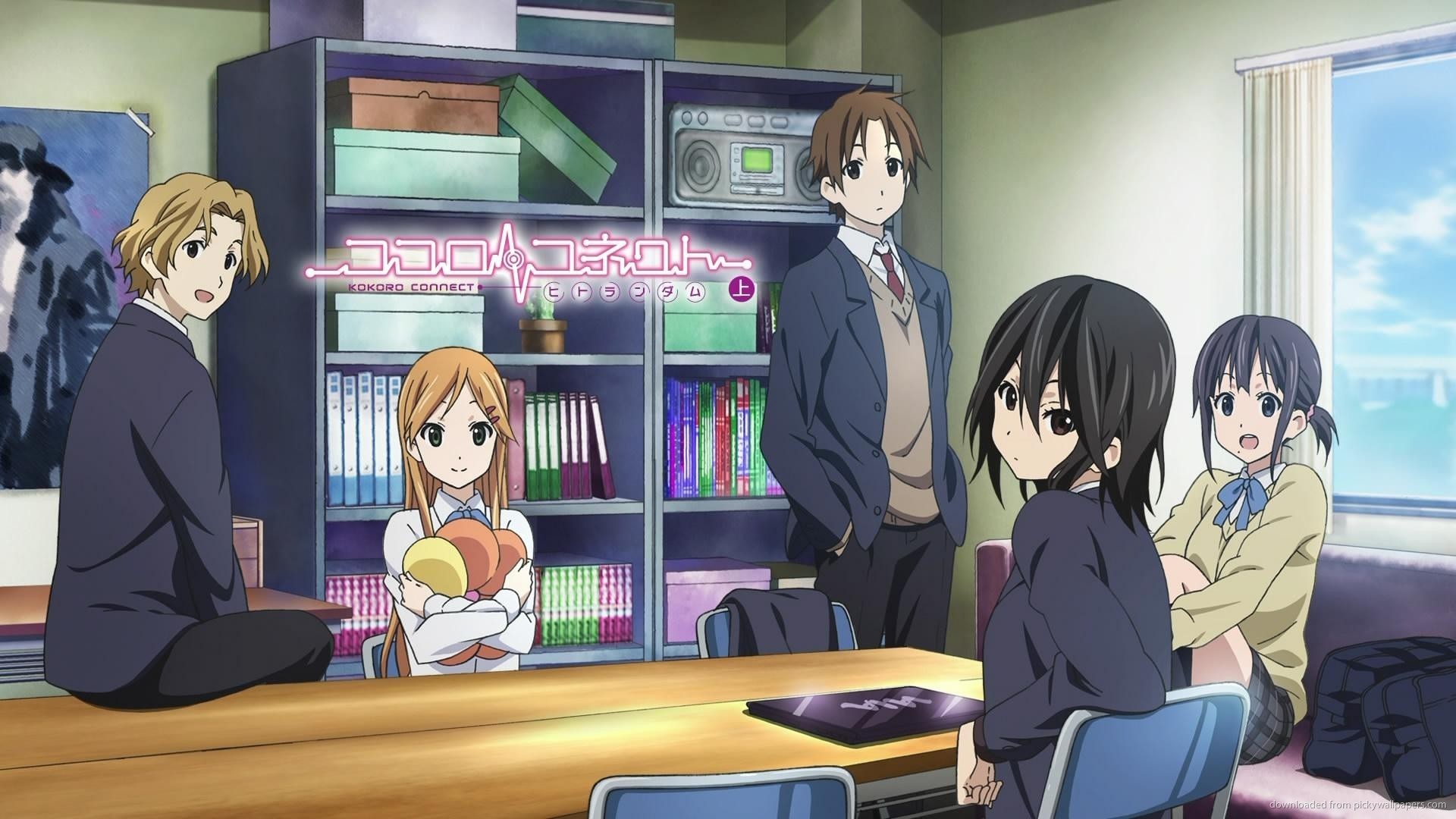
Kokoro Connect injects a supernatural twist into the classic love triangle trope, offering a compelling exploration of relationships and personal growth. The story centers on students Taichi, Iori, Yui, Yoshifumi, and Himeko, members of their school’s Student Cultural Research Club. Their lives take an unexpected turn when they are bestowed with supernatural abilities by a mysterious entity named Heartseed.
As they grapple with these newfound powers, which cause them to experience various sensory phenomena, their relationships are put to the test. Secrets are revealed, emotions run high, and hidden aspects of their personalities come to light. The anime delivers strong character development, ensuring an engaging and thought-provoking viewing experience from start to finish.

13. My Dress-Up Darling
Gojou and Marin Kitagawa couldn’t be more different. Gojou is reserved and isolated, with no friends, keeping himself apart from others due to fear of ridicule for his interest in hina dolls. On the other hand, Kitagawa is popular, outgoing, and confident.
Despite their contrasting worlds, Kitagawa becomes intrigued by cosplay and discovers that Gojou might be the ideal person to create outfits for her. My Dress-Up Darling is a heartwarming, humorous, and exquisitely animated romance anime that excels in executing the genre’s tropes with finesse. Despite its relatively conventional approach, the series fascinates viewers with its endearing characters and engaging storyline
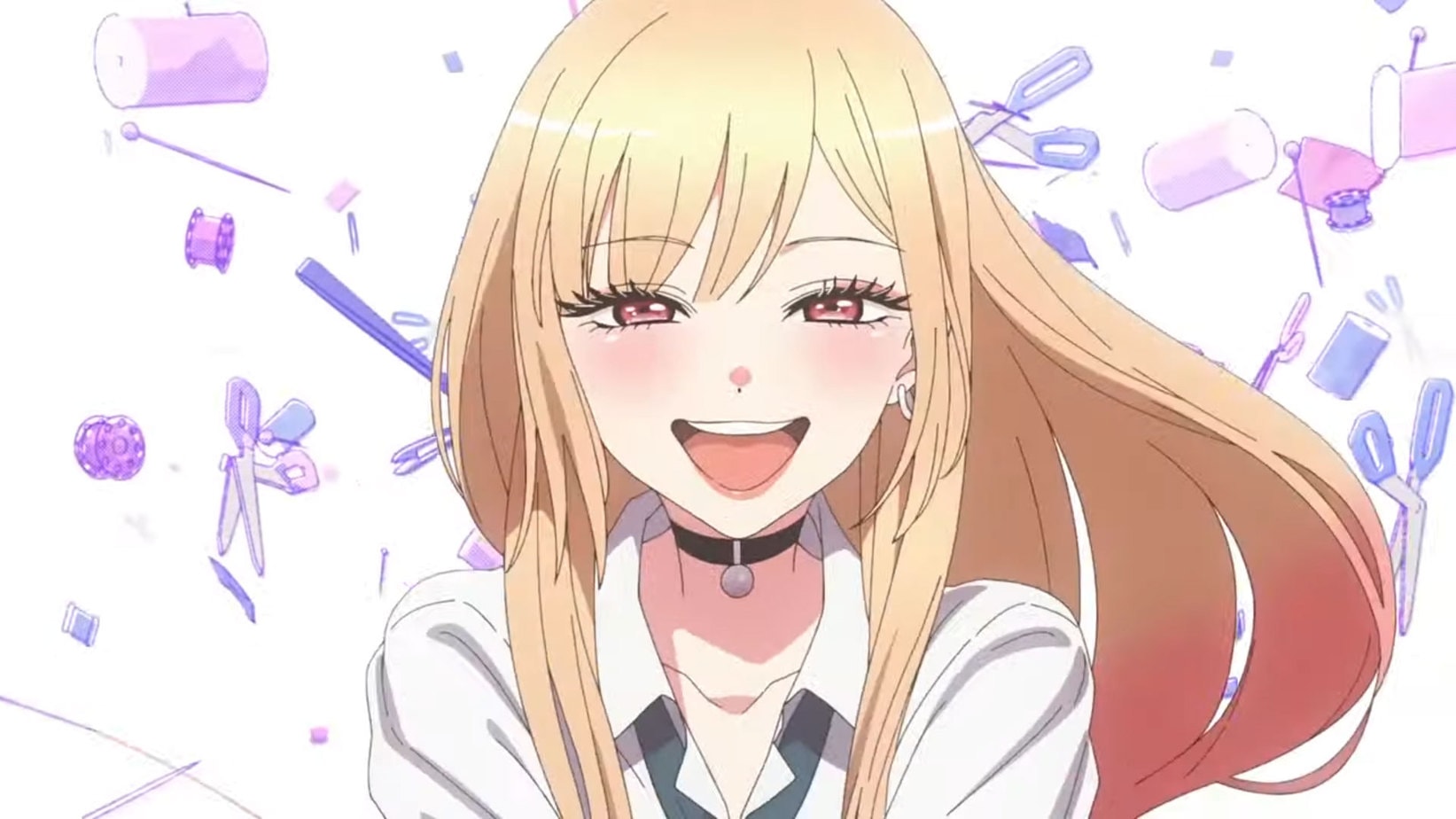
12. Maison Ikkoku

Rumiko Takahashi is undeniably one of the greatest mangaka of all time, renowned for timeless classics like Inuyasha, Ranma 1/2, and Urusei Yatsura. While Takahashi’s work primarily falls within the shonen genre, she has also ventured into the realm of seinen with Maison Ikkoku, a series that stands out for its mature take on romance.
Unlike her shonen properties, which often blend romance with comedy or action, Maison Ikkoku places romance front and center, enriched with drama, character development, and humor. The central relationship between Kyouko and Yuusaku is beautifully depicted, with both characters harboring feelings for each other while grappling with personal circumstances that hold them back. Kyouko, having recently lost her husband, is hesitant to move on, while Yuusaku struggles with feelings of unworthiness as a student. Their journey toward understanding and love forms the heart of the anime, accompanied by a rich cast of supporting characters who add depth to the story.
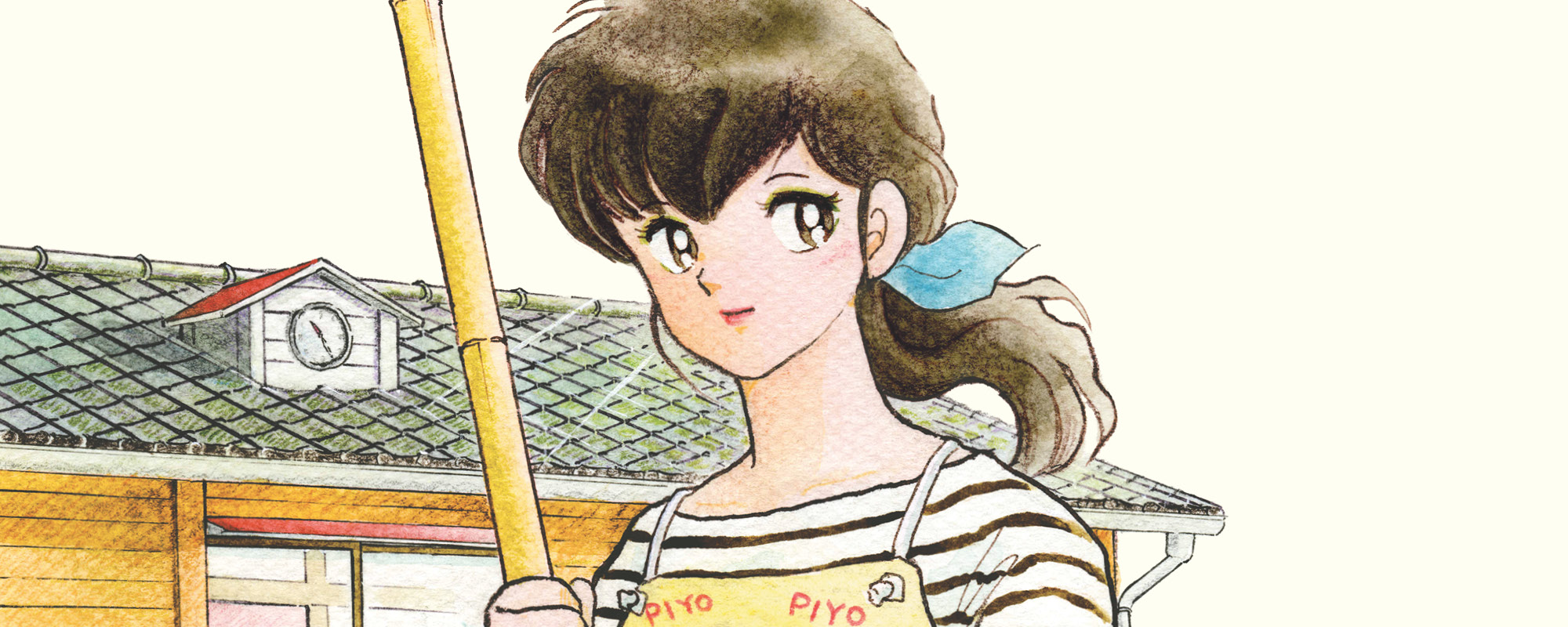
11. Romantic Killer
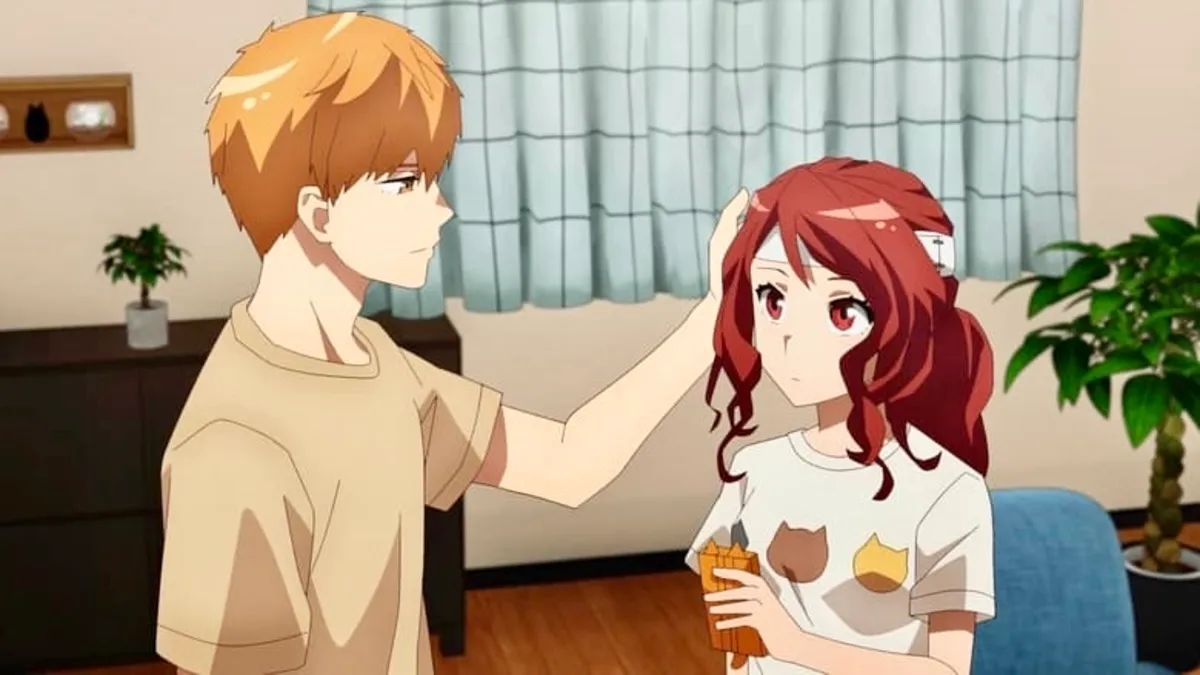
Romantic Killer cleverly parodies the tropes of romance and harem anime while still appreciating their strengths. The story follows Anzu, a girl who is uninterested in romance and prefers spending her time playing games and indulging in chocolate. However, her life takes a surreal turn when a magical being forces her into the role of a reverse harem lead, disrupting her comfortable routine and thrusting her into unexpected romantic situations with boys she barely knows.
At its core, Romantic Killer is a comedy, with each scene designed to elicit laughter from the audience. The humor, reminiscent of its shonen manga roots, often relies on exaggerated facial expressions and situational comedy. Despite its comedic tone, the anime treats its characters and their relationships seriously. Anzu is a compelling protagonist, and the male characters vying for her affection are well-developed.
Romantic Killer offers a delightful blend of humor and romance, making it a must-watch for fans who enjoy both genres.
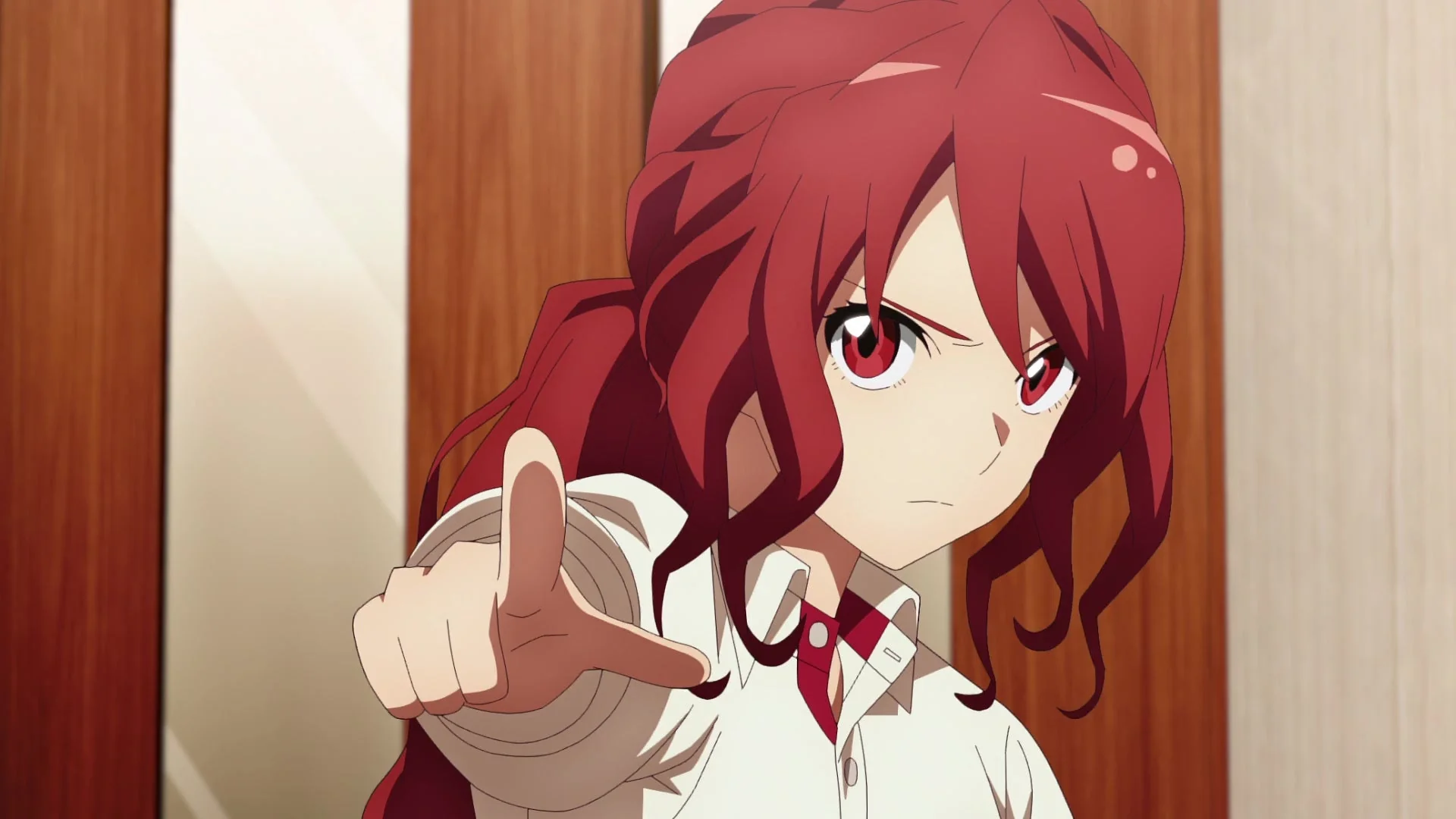
10. Tomo-chan Is a Girl!
Based on Fumita Yanagida’s popular and completed manga, Tomo-chan Is a Girl! was one of the standout rom-coms of Winter 2023. The series follows Tomo and Jun, who share a close friendship. However, while Tomo harbors romantic feelings for Jun, he only sees her as a buddy, creating comedic tension between them.
Despite its romantic undertones, Tomo-chan Is a Girl! primarily excels as a comedy. The endearing dynamic between Tomo and Jun forms the heart of the humor, complemented by the delightful antics of characters like Misuzu and Carol. Despite the comedic focus, Tomo and Jun’s chemistry develops convincingly over the season, adding depth to their relationship.
Unlike many romance anime, Tomo-chan Is a Girl! succeeds in portraying a believable bond between its leads, making it a refreshing and enjoyable watch for fans of the genre.
9. Tonikawa: Over The Moon For You

Tonikawa: Over The Moon For You stands out in the romance stories by focusing on a married couple who have already traversed the journey of falling in love. In contrast to traditional romance narratives, the anime adopts a slice-of-life approach, offering glimpses into the daily antics of Nasa and Tsukasa as they navigate married life. With its emphasis on pleasantness over dramatic highs, Tonikawa lacks the typical tension associated with romance, opting instead for a charming and lighthearted tone.
While the anime may not cater to those seeking melodramatic romance, it serves as a refreshing palate cleanser within the genre. Nasa and Tsukasa’s refreshingly direct approach to expressing their feelings, coupled with their witty and likable personalities, adds to the series’ appeal. Despite their propensity for blushing at the mere suggestion of physical contact, their genuine affection for each other shines through, making their relationship both endearing and relatable.
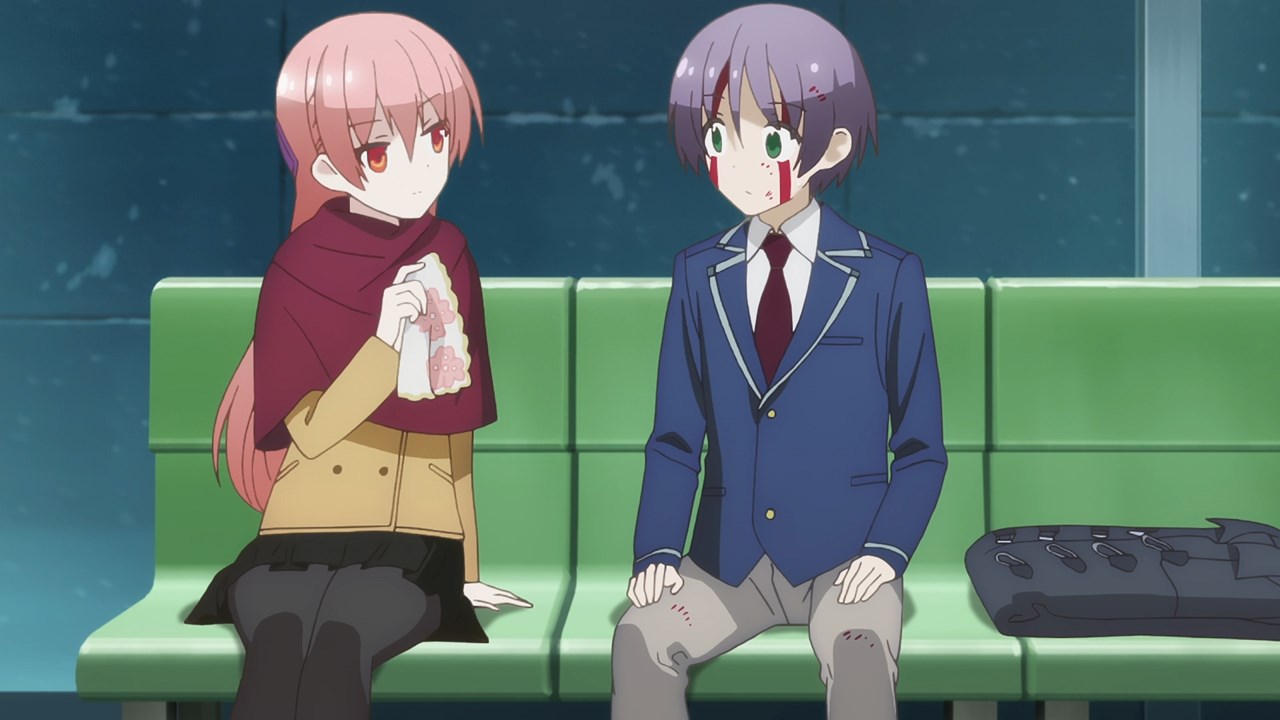
8. Sing ‘Yesterday’ for Me
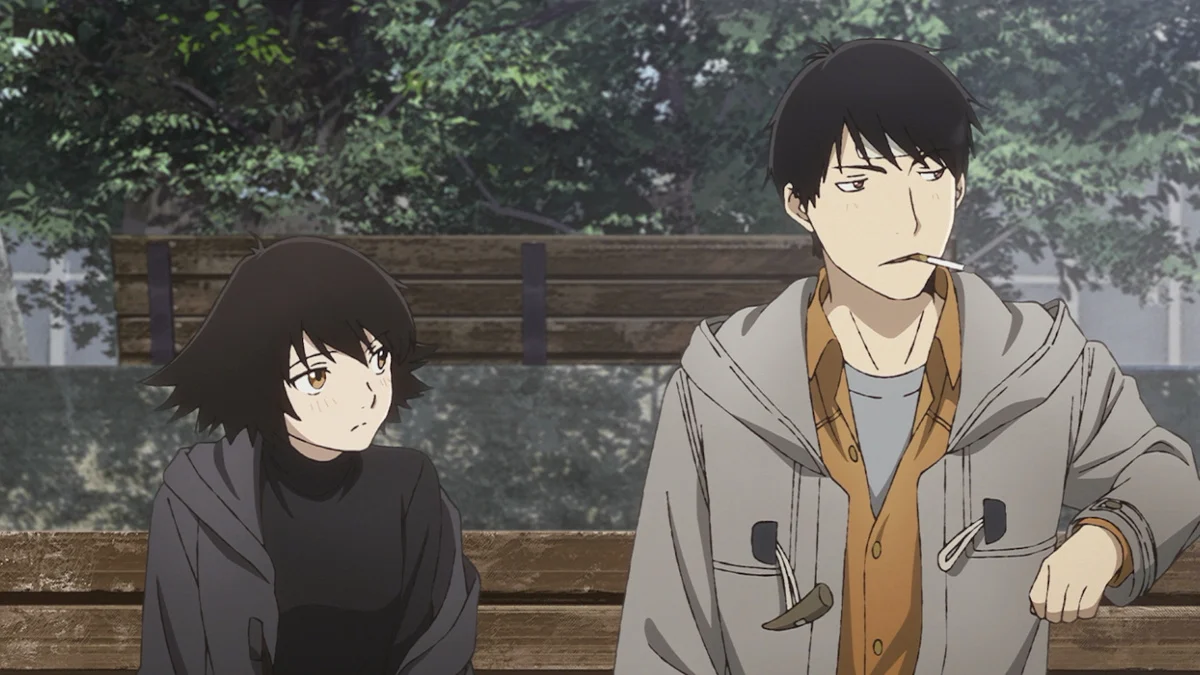
Sing ‘Yesterday’ for Me offers a refreshing take on romance, presenting it in a remarkably realistic manner that sets it apart from many other anime in the genre. What sets it apart is its handling of the classic love triangle trope, taking it in unexpected directions by the end of the series. Without spoiling anything, the conclusion is immensely satisfying, demonstrating how failed romances can still evolve into strong friendships.
Directed by Yoshiyuki Fujiwara, known for his work on popular anime like Attack on Titan and Sword Art Online,Sing ‘Yesterday’ for Me showcases his versatility as a director. It’s impressive to see him transition seamlessly to a series that diverges significantly in tone and style from his previous works, yet still maintains a high level of mastery in storytelling and character development.
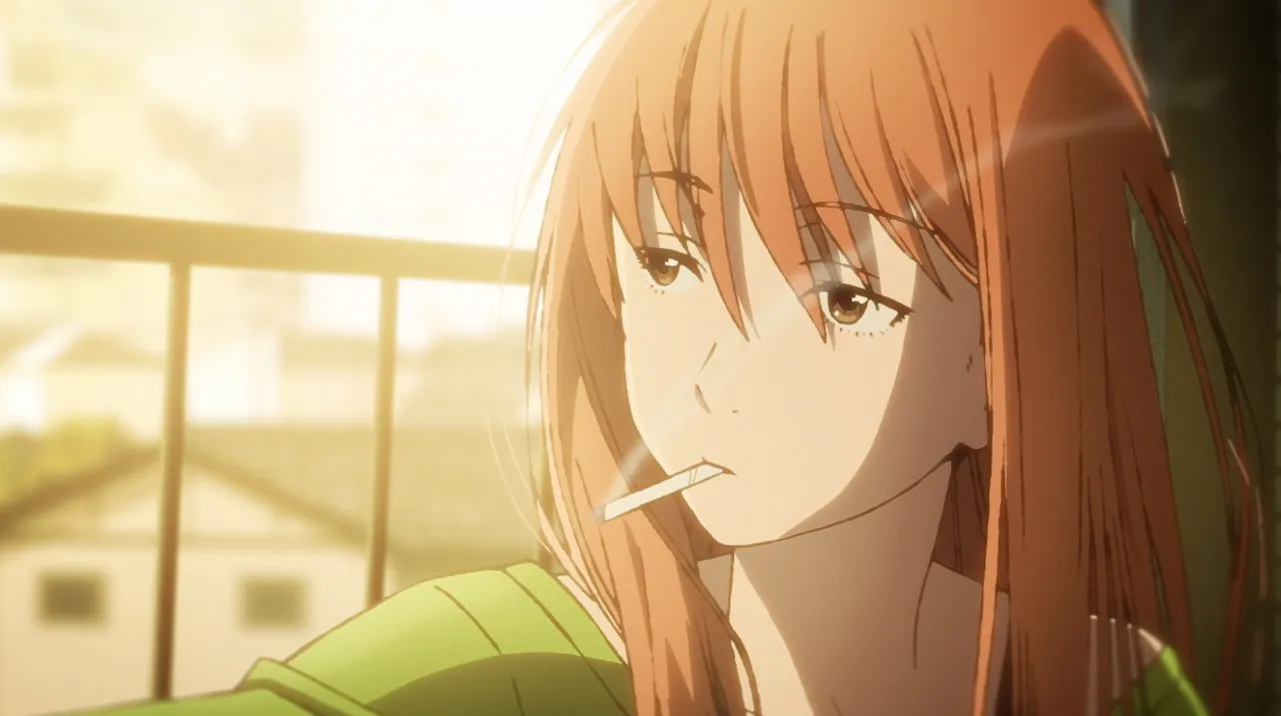
7. Shikimori’s Not Just a Cutie
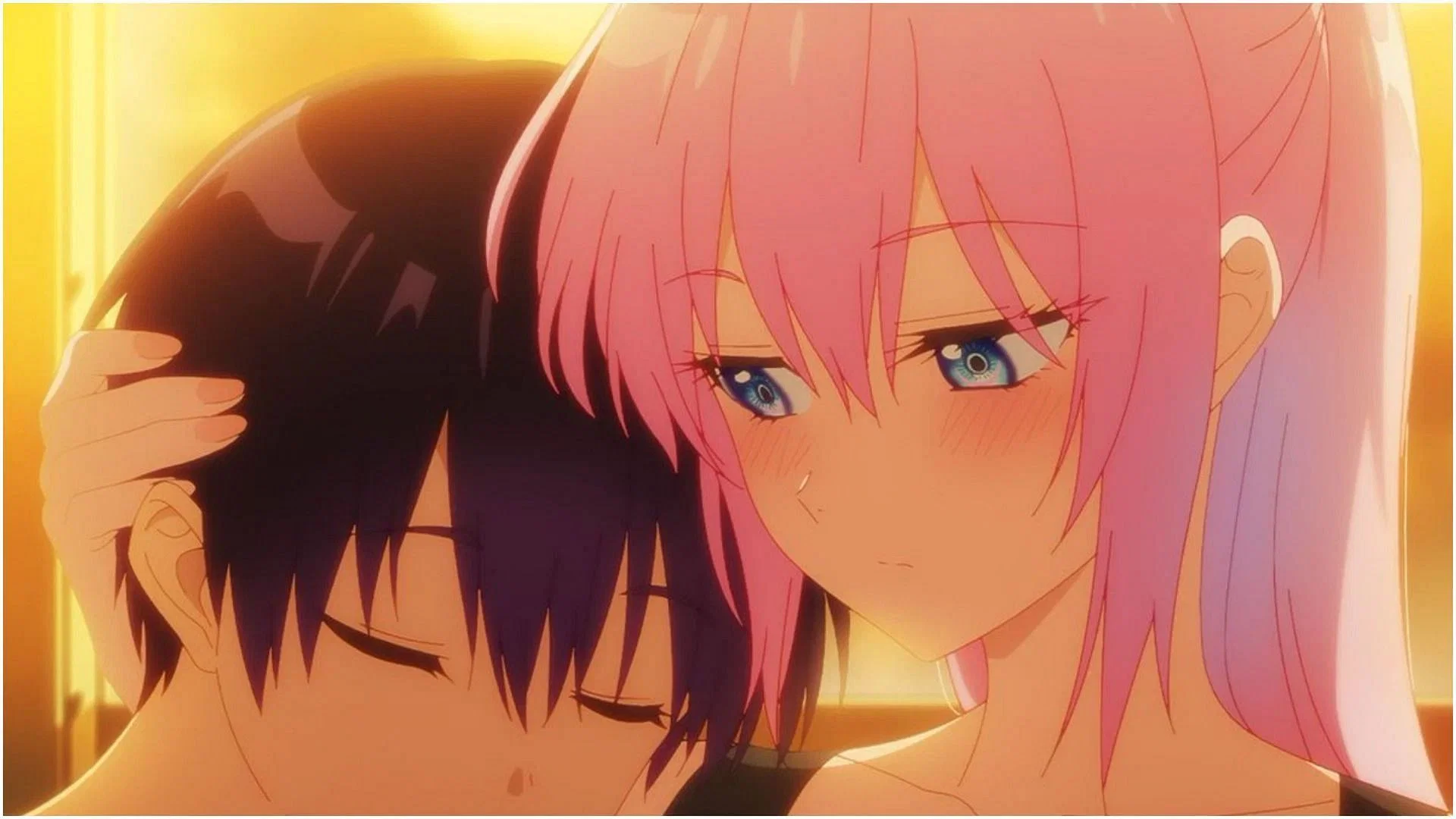
Labeling Shikimori’s Not Just a Cutie as a standout might stir some debate, given the mixed response it garnered upon its debut in the Spring 2022 season. Positioned as the new My Dress-Up Darling by Doga Kobo, the series was burdened with expectations it never purported to meet. In reality, it’s a slice-of-life anime with a central focus on a couple, Shikimori and Yuu Izumi, who undeniably share adorable moments together.
Unlike many anime, Shikimori’s Not Just a Cutie starts with the main couple already in a relationship, instantly setting it apart. While individual episodes may not offer much in terms of action, collectively they weave a heartwarming narrative of young love, portraying two endearing characters navigating the nuances of romance. It’s a refreshing departure from the norm, offering viewers a wholesome look into the evolving dynamics of a budding relationship.
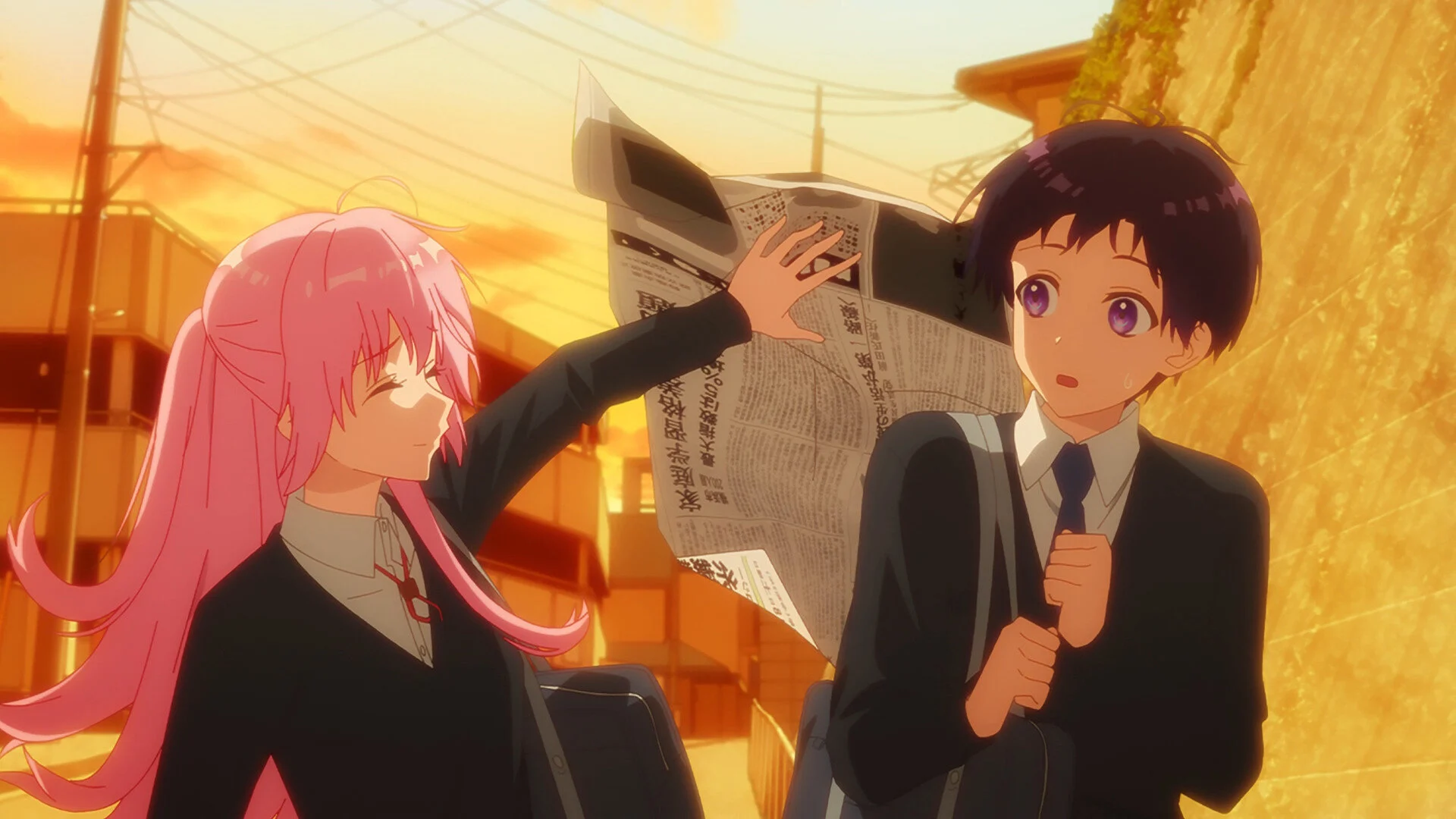
6. Bakemonogatari
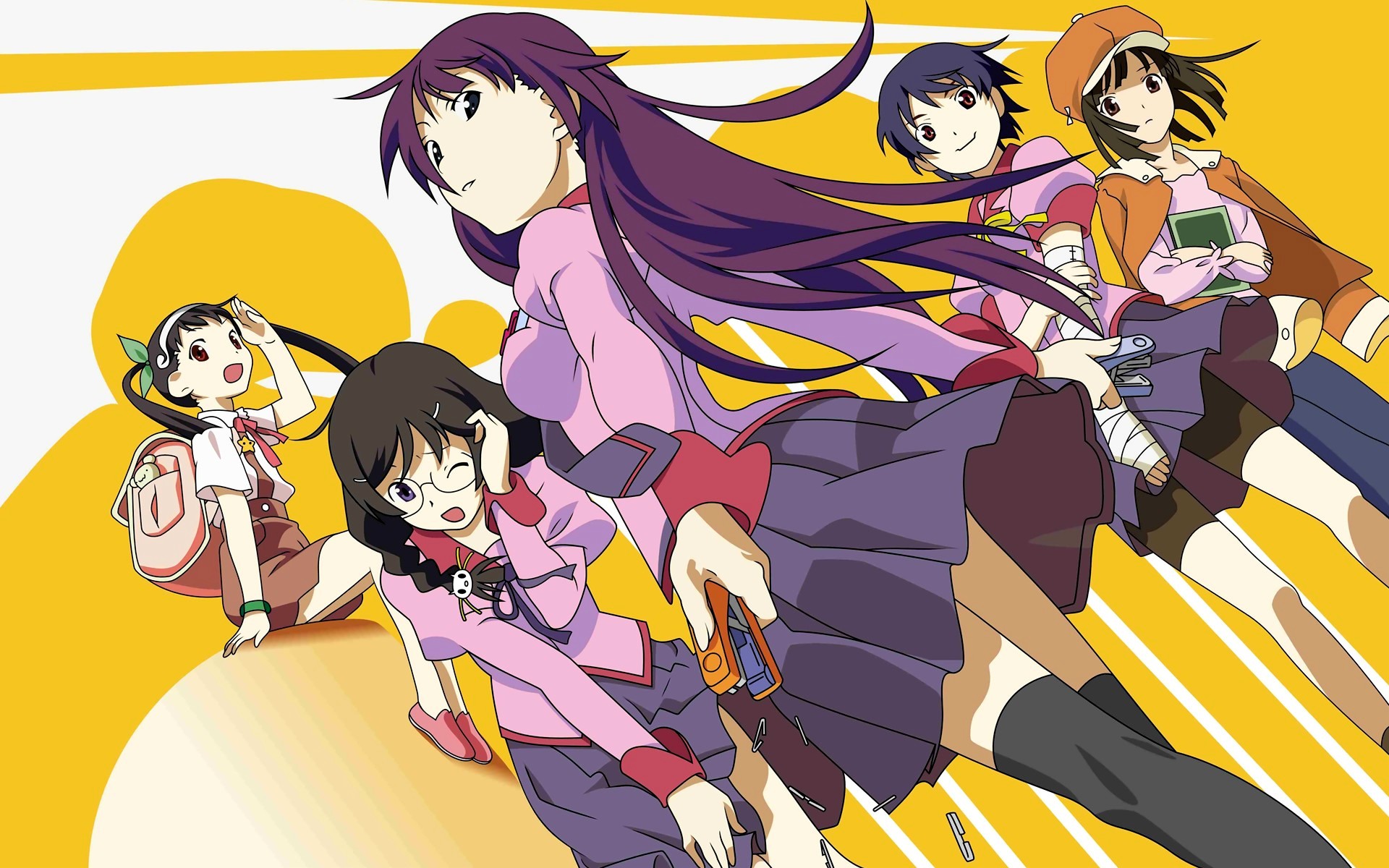
It might be a bit of a stretch to label Bakemonogatari as a straightforward romance, but this season of Monogatari certainly puts the spotlight on the evolving relationship between Koyomi Araragi and Hitagi Senjougahara. Their dynamic is anything but conventional, starting with an encounter involving a stapler to the face. However, as the story unfolds, Araragi’s unwavering determination to assist Senjougahara with her curse brings them closer together.
Despite the inherent weirdness that defines the Monogatari series, the romance between Araragi and Senjougahara is surprisingly healthy. They complement each other perfectly, and amidst the introduction of numerous other female characters who could potentially form a harem, their relationship remains steadfast.

5. My Happy Marriage
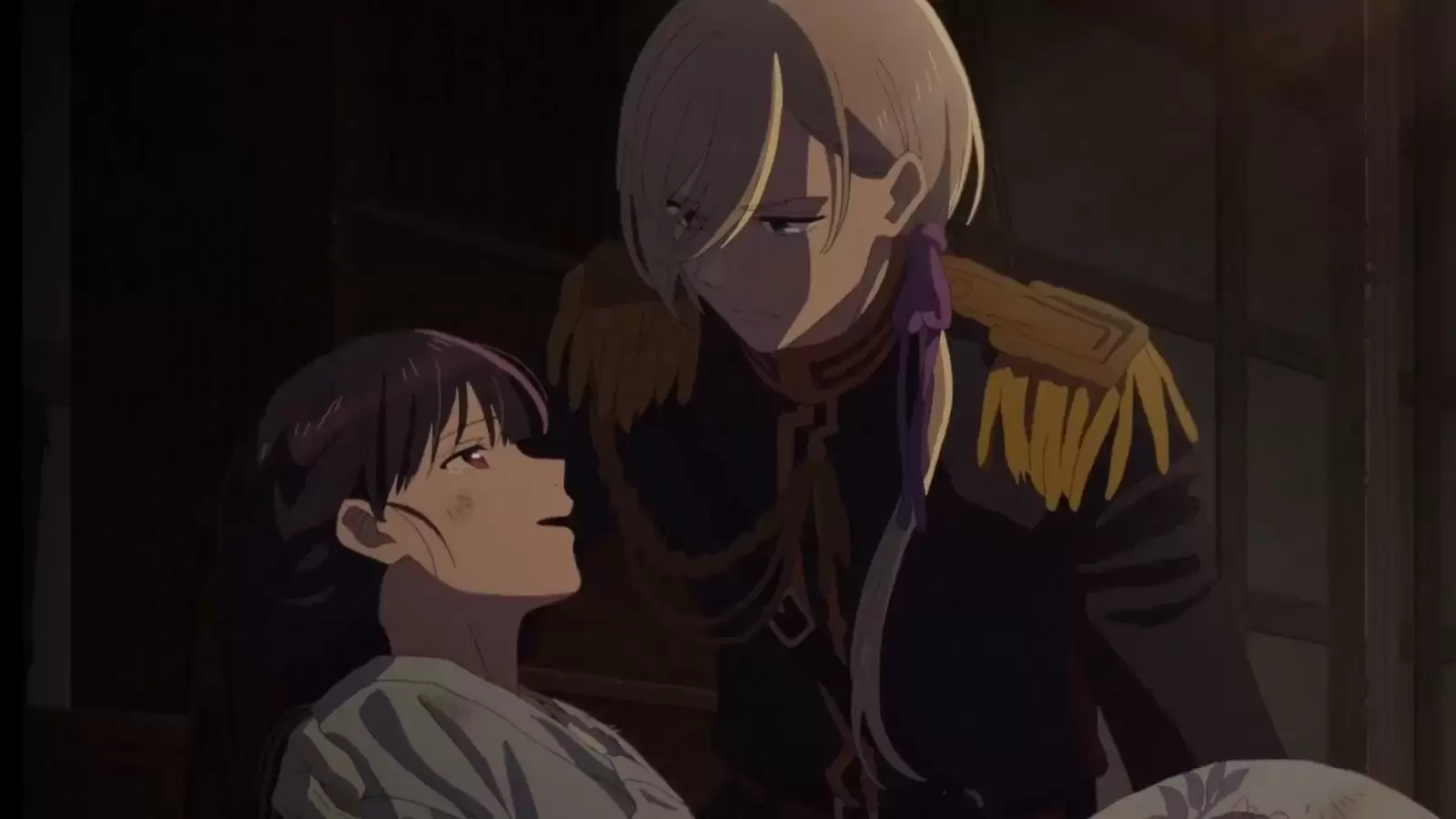
My Happy Marriage emerged as the standout romance anime of Summer 2023, offering a unique blend of historical setting and supernatural elements drawn from Akumi Agitogi’s novel series. Set against an alternative version of the Meiji Restoration era, the story follows Miyo, who endures a tumultuous existence under the oppressive rule of her stepmother, stepsister, and father. When her family attempts to rid themselves of her by arranging a marriage with the notorious military figure Kiyoka, Miyo’s fate hangs in the balance. However, contrary to expectations, Kiyoka not only takes an interest in Miyo but becomes fascinated by her and incensed by her family’s mistreatment.
My Happy Marriage doesn’t shy away from depicting the lasting impact of Miyo’s abuse, portraying her journey toward healing and self-worth within the safety of Kiyoka’s care. Meanwhile, Kiyoka himself emerges as a complex character with hidden motives underlying his initial attraction to Miyo, although his genuine feelings for her gradually become apparent.
While the central romance between Miyo and Kiyoka is portrayed with sweetness and warmth, My Happy Marriage falls short in certain aspects. The inclusion of supernatural elements can sometimes feel discordant, and the antagonists, while detestable, lack depth beyond their villainous roles. Despite these shortcomings, the anime offers a compelling and heartwarming exploration of love and resilience amidst adversity.
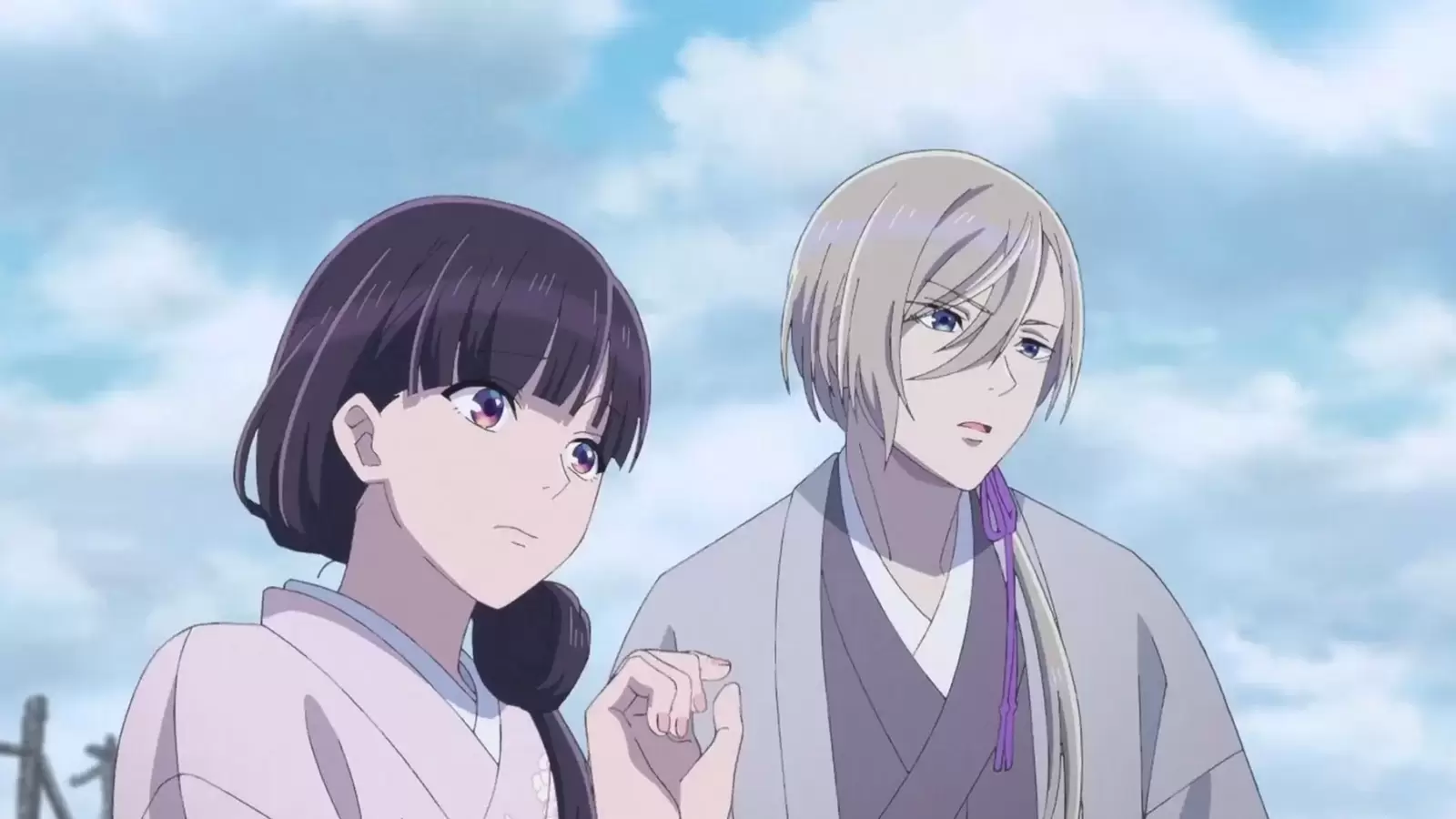
4. Wotakoi: Love is Hard for Otaku
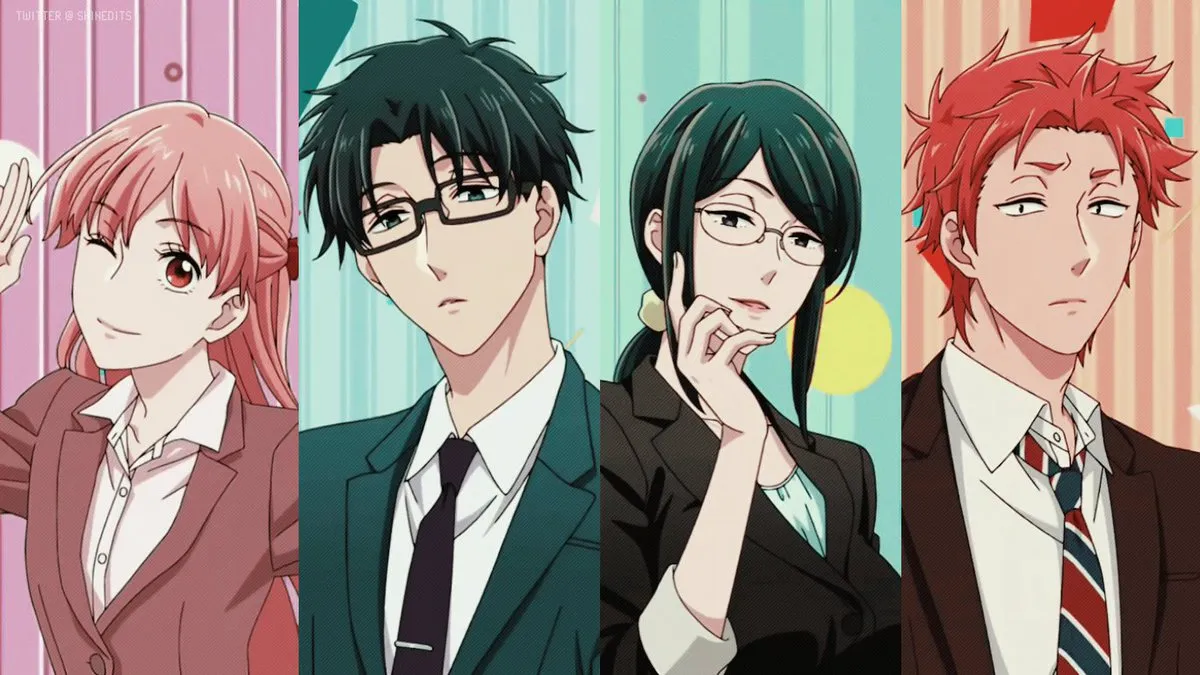
Although humor takes precedence over romance in Wotakoi, the relationships are depicted with a refreshing sense of realism, particularly in the case of Tarou and Hanako. Despite being childhood friends, Narumi’s uncertainty about seeing Hirotaka as a romantic partner remains a recurring theme throughout the series.
While the anime’s short length limits the depth of exploration into these relationships, Wotakoi: Love is Hard for Otaku remains an enjoyable and entertaining ride from start to finish. It offers a unique perspective on romance in the workplace and provides relatable insights into the challenges and joys of navigating relationships as adults.
“Wotakoi: Love is Hard for Otaku” (Wotaku ni Koi wa Muzukashii) is a Japanese romantic comedy manga series written and illustrated by Fujita. The series began serialization on the pixiv website in 2014 before being acquired by Ichijinsha for publication in their Comic Pool magazine.
The popularity of the manga led to an anime adaptation by A-1 Pictures in 2018. “Wotakoi” stands out for its humorous yet heartfelt portrayal of adult relationships, particularly focusing on the lives of otaku, or individuals with obsessive interests, typically in anime, manga, or gaming.
“Wotakoi” follows the lives of Narumi Momose and Hirotaka Nifuji, two childhood friends who reconnect as adults working at the same office. Narumi, a fujoshi (a female fan of yaoi), has just started a new job after her previous boyfriend dumped her upon discovering her otaku tendencies.
Hirotaka, a hardcore gamer, has always had feelings for Narumi. When Narumi confides in Hirotaka about her struggles with dating as an otaku, he suggests they date each other since they understand each other’s lifestyle.
Their relationship serves as the main plot thread, exploring the comedic and romantic aspects of dating within the otaku subculture. Alongside them are their colleagues and fellow otaku couple, Hanako Koyanagi, a cosplayer, and Tarou Kabakura, a closet otaku. The series goes into the dynamics of these relationships, offering a refreshing look at romance among adults who share niche hobbies.
“Wotakoi” is rich with themes that resonate with a wide audience, particularly those familiar with otaku culture. Here are some key themes explored in the series:
The series highlights the importance of accepting and understanding each other’s interests and quirks in a relationship. Narumi and Hirotaka’s relationship thrives because they embrace each other’s otaku lifestyle. This theme is central to the narrative, emphasizing that mutual respect and shared interests can strengthen romantic bonds.
Unlike many romantic comedies that focus on high school or college relationships, “Wotakoi” portrays romance among working adults. This shift in perspective brings a unique maturity to the series. The characters deal with real-life issues such as balancing work and personal life, managing adult responsibilities, and navigating the complexities of dating as grown-ups.
The series offers an insightful look into otaku culture, portraying it with humor and affection. It explores different facets of being an otaku, from gaming and cosplay to manga and anime fandom. Through its characters, “Wotakoi” addresses the challenges and stigmas otaku often face in society, promoting a message of acceptance and self-identity.
Friendship plays a significant role in “Wotakoi.” The camaraderie among the main characters adds depth to the story. Their interactions are filled with playful banter, mutual support, and shared experiences, creating a warm and engaging atmosphere. This theme underscores the idea that friendships can be just as enriching as romantic relationships.
The characters in “Wotakoi” are well-developed and relatable, each bringing their unique personality and charm to the story.
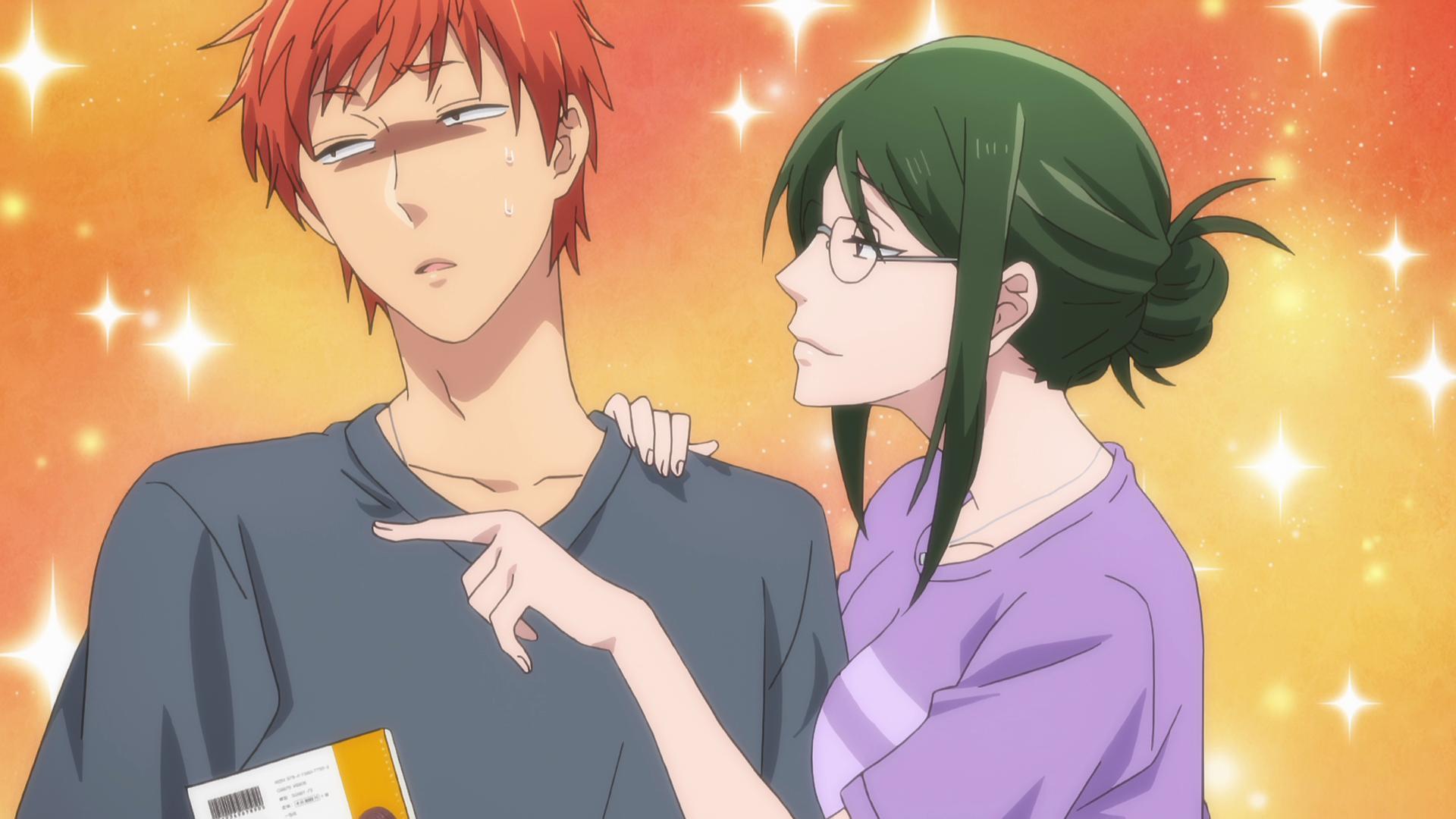
Narumi is an energetic and cheerful office worker who hides her fujoshi tendencies from most people. Her struggles with maintaining a balance between her public and private personas make her a relatable character. Her relationship with Hirotaka evolves from friendship to romance, highlighting her growth and acceptance of her otaku identity.
Hirotaka is a stoic and dedicated gamer who has harbored feelings for Narumi since childhood. His calm demeanor contrasts with Narumi’s bubbly personality, creating a dynamic and complementary relationship. Hirotaka’s journey is one of learning to express his emotions and becoming more open in his relationship with Narumi.
Hanako is a confident and fashionable office worker who enjoys cosplaying as male characters. Her strong-willed and sometimes tsundere personality adds a layer of complexity to her character. Hanako’s relationship with Tarou provides a humorous yet realistic portrayal of a couple with contrasting interests and personalities.
Tarou, despite his gruff exterior, is a caring and supportive partner to Hanako. He is a closet otaku who enjoys reading manga. His interactions with Hanako are often filled with playful arguments, reflecting a realistic depiction of a long-term relationship where both partners have strong personalities.
Naoya is Hirotaka’s younger brother, who is outgoing and sociable, contrasting sharply with Hirotaka’s introverted nature. Naoya’s presence adds another dimension to the series, showcasing different aspects of otaku culture through his own budding interest in gaming and his interactions with Ko Sakuragi, another gamer.
Ko is a shy and introverted gamer who becomes friends with Naoya. Her character arc involves gaining confidence and finding her place within the group. Ko’s development highlights the series’ theme of self-acceptance and the positive impact of supportive friendships.
A-1 Pictures’ adaptation of “Wotakoi” is visually appealing, with vibrant and clean animation that captures the essence of the characters and their interactions. The character designs are faithful to the manga, and the animation effectively conveys the humor and emotional moments of the story. The use of color and detailed backgrounds add depth to the scenes, enhancing the viewing experience.
The anime’s visual style balances realism with the whimsical aspects of otaku culture, often incorporating playful chibi sequences and exaggerated expressions to emphasize comedic moments. This stylistic choice aligns well with the series’ tone, making the humor more engaging and relatable.
The series’ soundtrack, composed by Akimitsu Honma, complements the narrative with its lighthearted and cheerful melodies. The opening theme, “Fiction” by Sumika, is particularly catchy and sets a lively tone for the episodes. The ending theme, “Kimi no Tonari” by Halca, provides a soothing conclusion to each episode, reflecting the warmth and comfort of the characters’ relationships.
Voice acting is another highlight, with Arisa Date (Narumi), Kent Itou (Hirotaka), Miyuki Sawashiro (Hanako), and Tomokazu Sugita (Tarou) delivering standout performances. Their ability to bring out the characters’ personalities and emotions adds depth and authenticity to the series, making the interactions more engaging and enjoyable.
“Wotakoi: Love is Hard for Otaku” is a charming and relatable series that offers a fresh perspective on romance and otaku culture. Its well-developed characters, humorous yet heartfelt narrative, and insightful themes make it a standout in the romantic comedy genre. By focusing on adult relationships and the nuances of being an otaku, the series provides a unique and engaging viewing experience.
Whether you are a fan of romantic comedies, interested in otaku culture, or simply looking for a series with well-rounded characters and a compelling story, “Wotakoi: Love is Hard for Otaku” is a must-watch. Its ability to balance humor with emotional depth and its celebration of diverse interests and personalities make it a timeless and universally appealing story.
3. Maid Sama
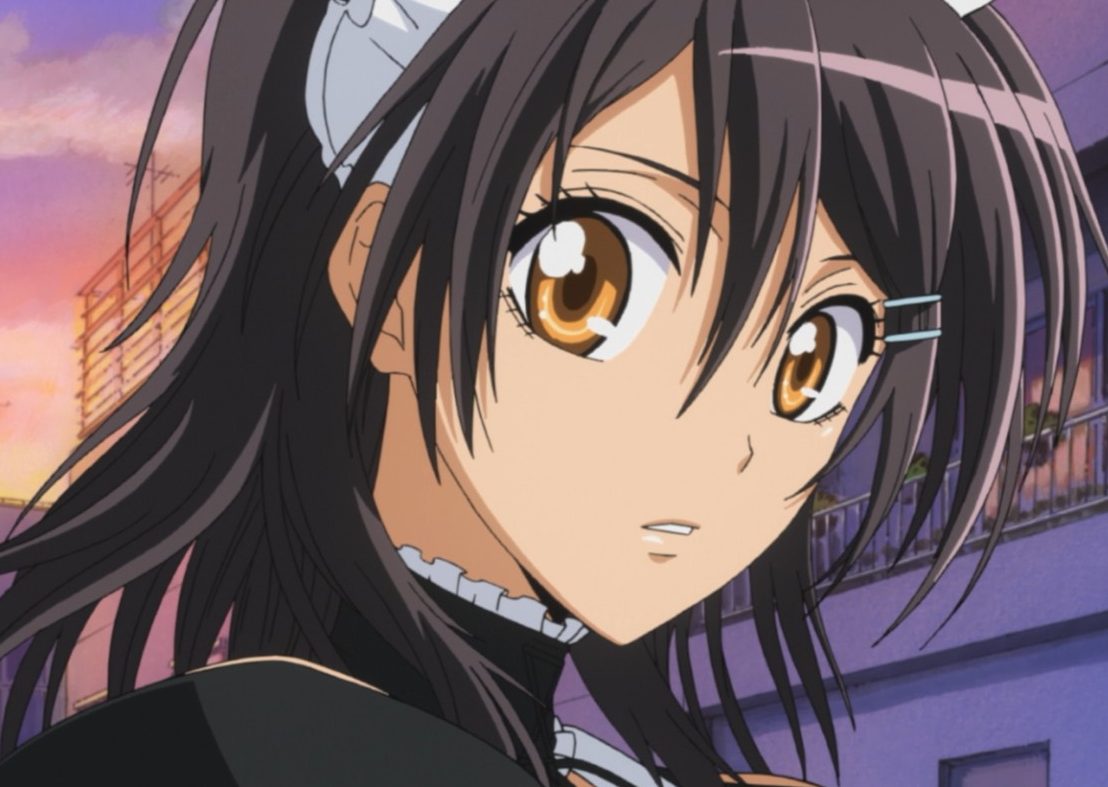
Maid Sama! may feature some clichéd tropes that would normally detract from a romance anime, such as the flawless male lead and the damsel-in-distress portrayal of the female protagonist. Additionally, the introduction of a love triangle adds little to the plot. However, despite these shortcomings, Maid Sama! manages to shine through its vibrant personality.
At its core, Maid Sama! centers around the dynamic between Takumi Usui, the charming heartthrob, and Misaki Ayuzawa, the strong-willed student council president. While Takumi navigates life with ease, Misaki must juggle her responsibilities at school, home, and work. When Takumi discovers Misaki’s part-time job at a maid cafe, it offers him a look into a different side of her personality.
Despite its flaws, Maid Sama! fascinates audiences with its engaging characters and lively interactions, making it a worthwhile watch for fans of romance anime.
Maid Sama
2. The Pet Girl of Sakurasou
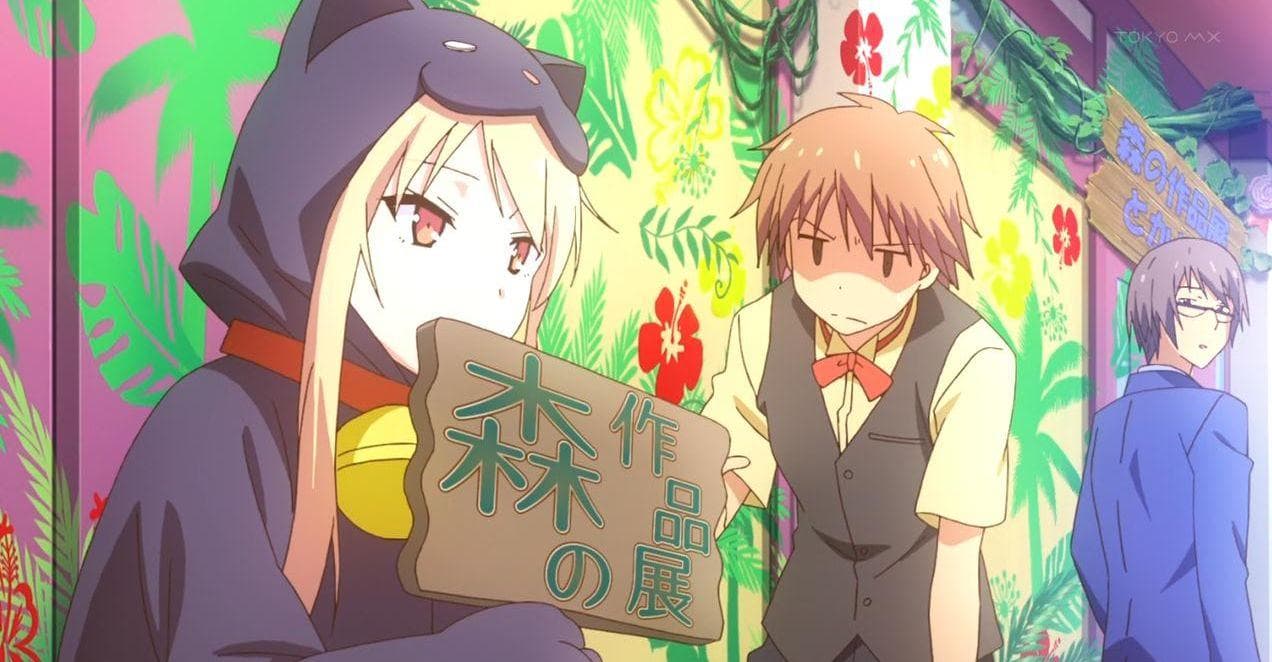
The Pet Girl of Sakurasou follows a quirky ensemble of characters on a journey of personal growth and self-discovery. When Sorata Kanda is ousted from his school’s prestigious dormitories, he finds himself reluctantly moving into the infamous Sakura House.
There, Sorata encounters a diverse cast of talented yet troubled students. His life takes an unexpected turn when he becomes responsible for helping a peculiar young artist adjust to dormitory life. As the series unfolds, it looks into the dynamics between the residents of Sakura House, their aspirations, and the intricate web of relationships that bind them together.

1. Love, Chunibyo & Other Delusions
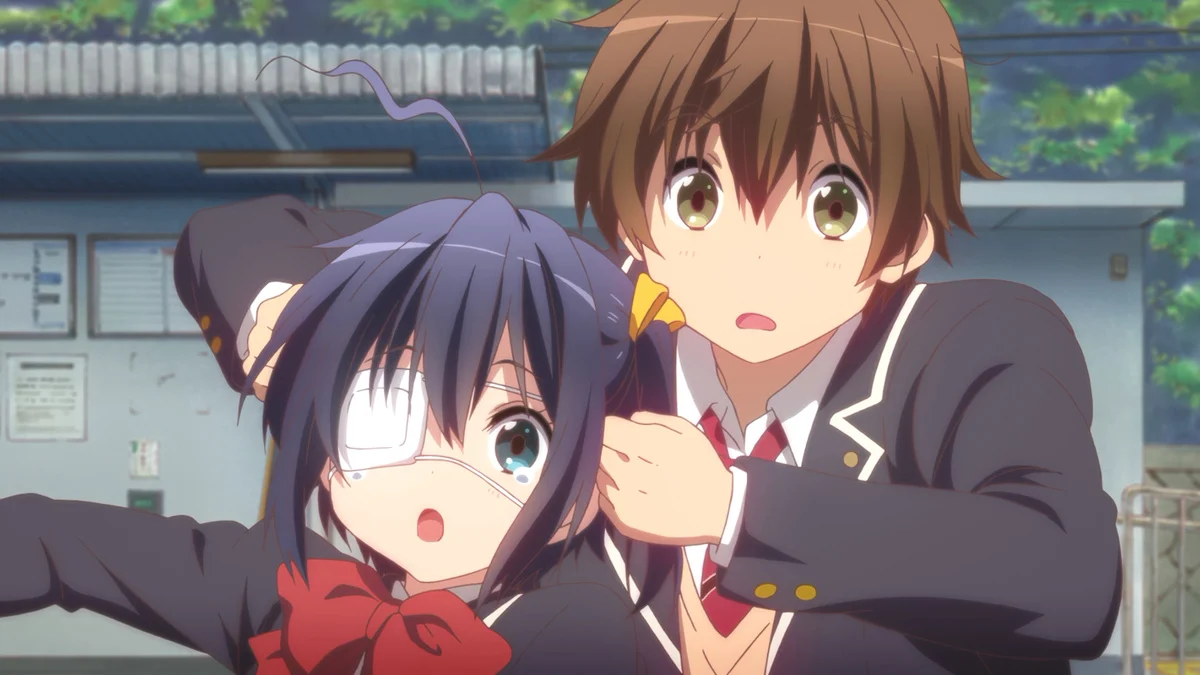
Kyoto Animation has produced a plethora of beloved anime series, and among them, Love, Chunibyo & Other Delusions! holds a special place. The series revolves around a phenomenon known as Chunibyo, which refers to adolescents who harbor grandiose and unrealistic delusions.
After outgrowing his own Chunibyo phase, Yuta Togashi strives for a normal high school experience. However, his plans are thrown into disarray when a classmate, Rikka Takanashi, resurfaces memories of his past and attempts to draw him back into the world of Chunibyo with her own fantastical delusions. Through their evolving relationship, Yuta looks into the origins of Rikka’s delusions, looking the complexities of her psyche along the way.
“Love, Chunibyo & Other Delusions” (Chūnibyō demo Koi ga Shitai!) is a Japanese light novel series written by Torako and illustrated by Nozomi Osaka. The series was later adapted into a highly popular anime by Kyoto Animation. It explores the whimsical and often misunderstood world of “chunibyo” (adolescent delusions) through a blend of romance, comedy, and drama. Since its debut in 2011, it has grabbed audiences with its unique premise, relatable characters, and emotional depth.
The story centers around Yūta Togashi, a high school student who once suffered from “chunibyo,” a condition where adolescents believe they have supernatural powers or are part of a fantastical world. Determined to leave his embarrassing past behind, Yūta starts high school at a new place where no one knows him. However, his hopes for a normal life are dashed when he meets Rikka Takanashi, a girl who is still deeply immersed in her own chunibyo fantasies.
Rikka believes she possesses the “Wicked Eye” and lives in a world of magic and intrigue. Intrigued by Yūta’s past persona as the “Dark Flame Master,” she quickly attaches herself to him. Despite his initial reluctance, Yūta finds himself drawn into Rikka’s delusional world, and the two form a bond that helps them navigate the complexities of adolescence and self-acceptance.
“Love, Chunibyo & Other Delusions” is rich with themes that explore the nature of adolescence, fantasy, and reality. Here are some key themes the series goes into:
The series poignantly captures the struggles of adolescence, a time when individuals grapple with their identity and place in the world. Yūta’s desire to shed his chunibyo past and Rikka’s refusal to abandon her fantasies highlight the tension between childhood innocence and the expectations of adulthood. The show explores how these characters come to terms with their past selves while forging a new identity.
Chunibyo is portrayed as a form of escapism, a way for adolescents to cope with the mundane or painful aspects of reality. Rikka’s elaborate fantasies serve as a shield against her emotional pain, particularly the loss of her father. The series sympathetically examines how fantasy can be a coping mechanism while also emphasizing the importance of balancing it with reality.
At its core, the series is about acceptance—accepting oneself, one’s past, and others. Yūta and Rikka’s relationship develops as they learn to understand and accept each other’s quirks and delusions. This theme resonates with viewers who have ever felt misunderstood or judged for their interests or past actions.
Throughout the series, characters experience significant personal growth. Yūta learns to embrace his past rather than be ashamed of it, while Rikka gradually confronts her feelings of grief and loss. The show beautifully illustrates the process of letting go of certain fantasies while still cherishing the joy they brought.
The characters in “Love, Chunibyo & Other Delusions” are well-developed and relatable, each contributing to the richness of the narrative.

Yūta is a relatable protagonist who embodies the universal desire to start anew. His internal conflict between wanting a normal life and his lingering connection to his chunibyo past makes his character journey compelling. His growing affection for Rikka and his protective nature highlight his kind and empathetic side.
Rikka is the heart of the series with her vibrant imagination and endearing eccentricities. Her chunibyo persona is both a source of comedy and a poignant reminder of her struggles with loss and loneliness. Her development throughout the series, particularly her journey toward accepting reality while maintaining her unique outlook, is deeply moving.
Shinka, another former chunibyo, tries to present herself as a model student but struggles with her past as “Mori Summer.” Her interactions with Yūta and Rikka add depth to her character as she grapples with her dual identity and desire for acceptance.
Kumin is the laid-back, sleepy member of the group who provides a calming presence. Though she doesn’t have a chunibyo past, her acceptance and support of her friends’ quirks underscore the theme of understanding and acceptance.
Sanae is a chunibyo enthusiast who idolizes Rikka and maintains her own delusional persona. Her energetic and often comical antics provide humor, while her loyalty to Rikka highlights the strong bonds of friendship within the group.
Kyoto Animation’s work on “Love, Chunibyo & Other Delusions” is visually stunning. The studio is known for its high-quality animation, and this series is no exception. The vibrant color palette and fluid animation bring Rikka’s fantastical delusions to life, creating a visually immersive experience. The contrast between the everyday world and the chunibyo delusions is depicted beautifully, enhancing the storytelling.
The character designs are detailed and expressive, capturing the nuances of the characters’ personalities and emotions. The animation’s attention to detail, from the subtle facial expressions to the dynamic action scenes within Rikka’s fantasies, adds depth to the viewing experience.
The series’ soundtrack, composed by Nijine, complements the narrative perfectly. The music ranges from whimsical and playful during chunibyo moments to tender and emotional during more serious scenes. The opening and ending themes, particularly “Sparkling Daydream” by ZAQ, are catchy and set the tone for the series.
Voice acting is another strong point, with Jun Fukuyama (Yūta) and Maaya Uchida (Rikka) delivering standout performances. Their ability to convey the characters’ emotions, from comedic moments to heartfelt confessions, adds an extra layer of authenticity to the series.
“Love, Chunibyo & Other Delusions” is a masterful blend of comedy, romance, and drama that offers a heartfelt exploration of adolescence and self-acceptance. Its unique premise, relatable characters, and emotional depth make it a standout series in the anime genre. By delving into the whimsical world of chunibyo, the series not only provides entertainment but also offers insightful commentary on the challenges of growing up and the importance of accepting oneself and others.
Whether you’re a fan of romantic comedies, coming-of-age stories, or simply looking for a series with a unique and engaging premise, “Love, Chunibyo & Other Delusions” is a must-watch. Its ability to balance humor with heartfelt moments and its sympathetic portrayal of adolescent struggles make it a timeless and universally appealing story.

